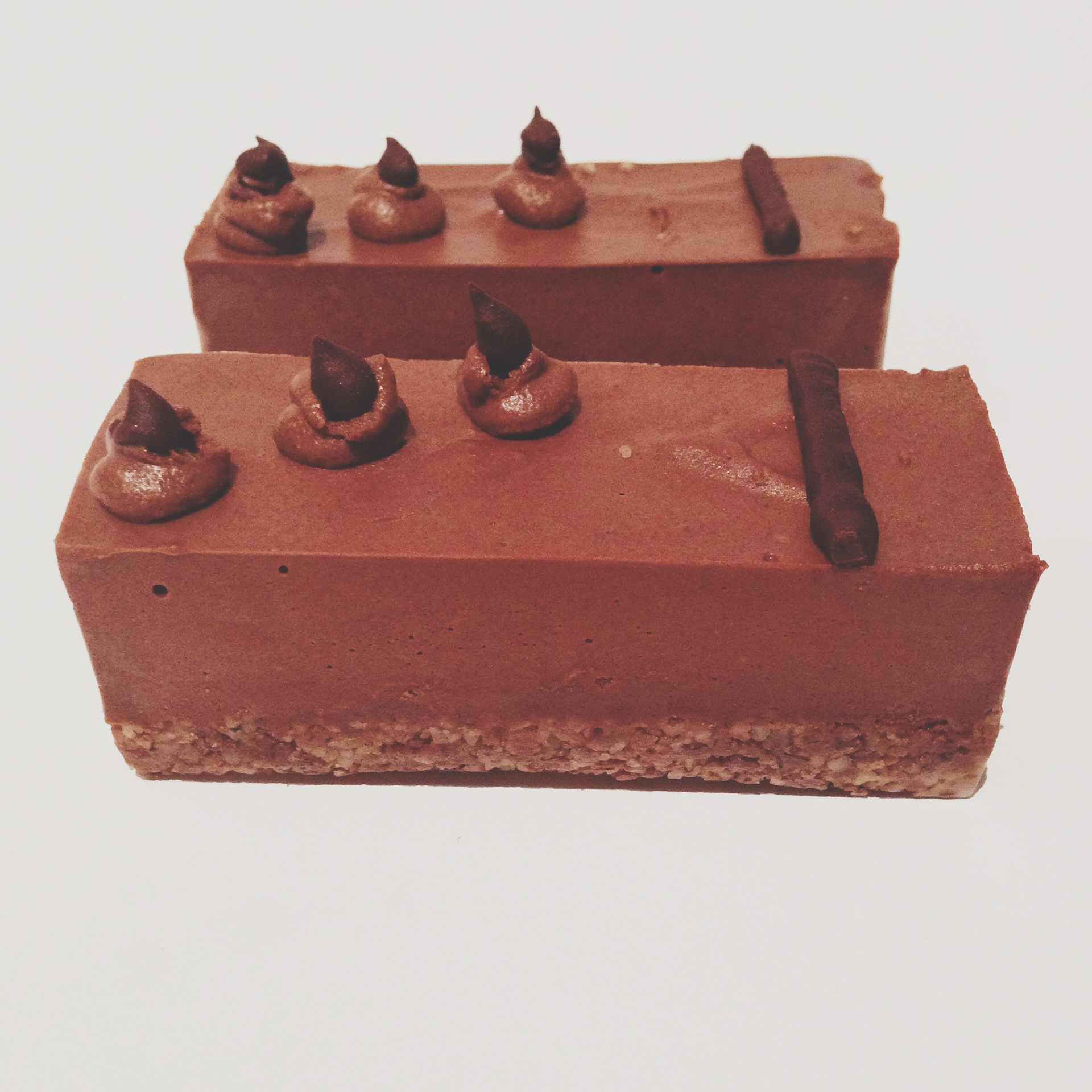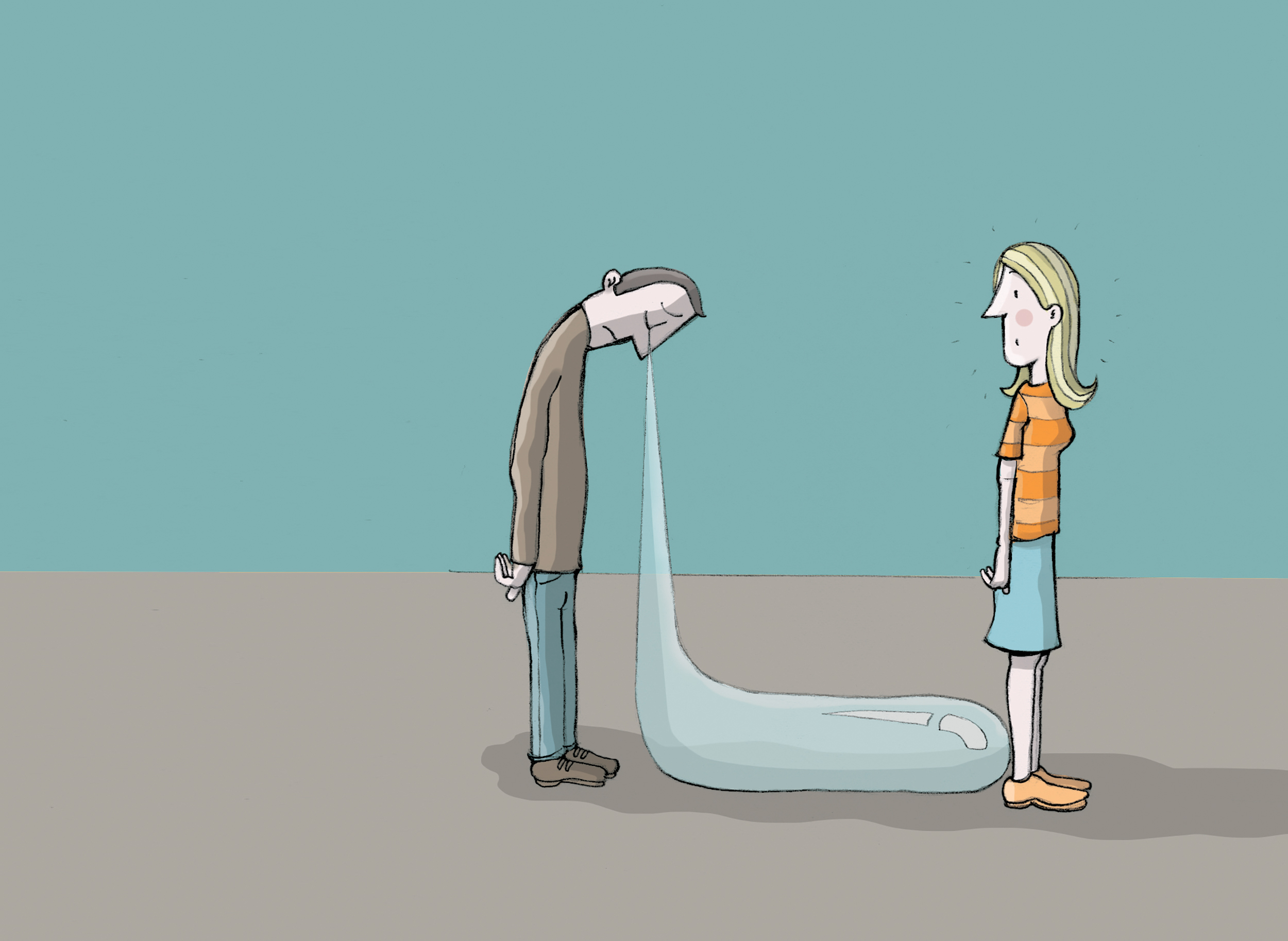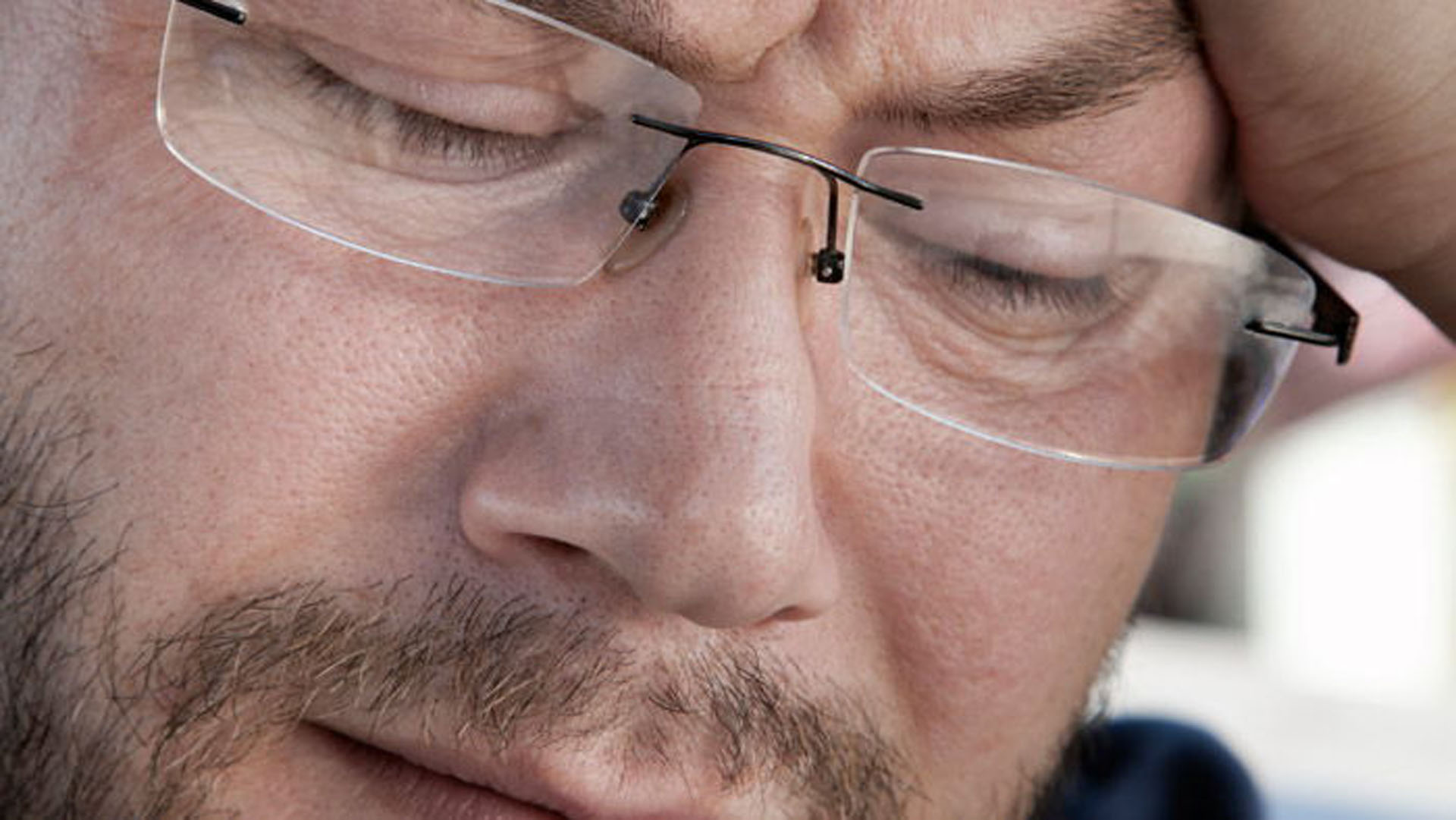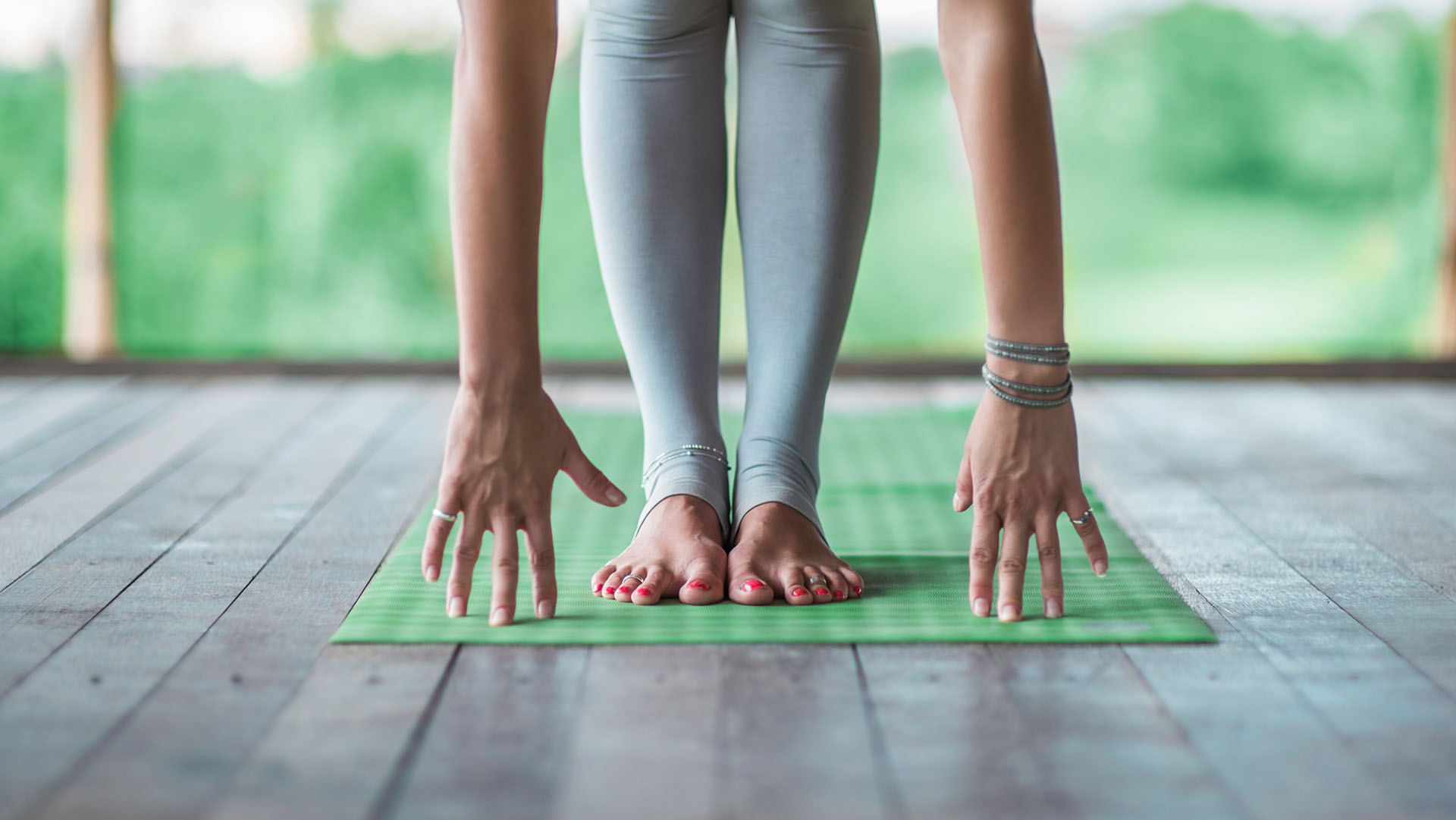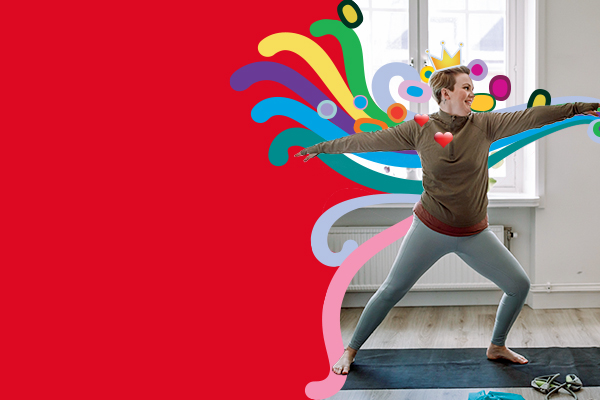-
With so many health providers and services helping to achieve this, how do we know who to see, and when? Should you wait until something doesn’t feel right, or is prevention the best medicine?
In this feature Michael, a Medibank member, visits a physiotherapist and exercise physiologist and describes his experience managing his health. We also asked the health professionals he visited to tell us about their roles and how they help people achieve better health.
Physiotherapist: Peter Vitale
The role of a Physiotherapist:
Physiotherapists use a range of treatment techniques to help people recover from injury, maintain an active lifestyle and improve quality of life. They do this by speeding up the healing process as well as restoring and maintaining normal human movement and mobility.
Common conditions treated by a physiotherapist include:
Back pain
Muscle strains
Neck pain & headaches
Knee & shoulder injuries
Tendinitis
Ankle sprains
Tennis elbow
Postural conditions
Arthritis
Sciatica
Physiotherapists also specialise in the prevention of injuries through postural assessments, pre-exercise physical screenings and education regarding activity modification.
Exercise Physiologist: Nicole French
The role of an Exercise Physiologist:
Accredited Exercise Physiologists (AEPs) specialise in clinical exercise interventions for people at high risk of developing, or with existing, chronic and complex medical conditions and injuries. These interventions are provided by exercise delivery including health and physical activity education, advice and support; and lifestyle modification with a strong focus on achieving behavioural change.
Exercise Physiologists most commonly assist people that present with the following problems:
Diabetes and Pre Diabetes
Cardiovascular Disease
Musculoskeletal Injury
Arthritis
Obesity
Cancer
Depression
Osteoporosis
Dysmetabolic Syndrome
Back and Neck Pain
Occupational Injury
Chronic Respiratory Disease and Asthma
Here Michael shares his experience:
Why did you see the physiotherapist and exercise physiologist?
I experience neck and upper back problems from sitting at a desk all day and I decided to seek treatment. Headaches, neck pain and poor posture are symptoms of my desk-bound lifestyle and they had begun to inhibit my ability to exercise daily. My intention in seeing a physiotherapist and exercise physiologist was to look at some long-term strategies and techniques I could apply to improve my posture to maintain a pain-free life. Analysing and improving technique for an athlete is common, but I thought I needed someone to really pick apart the way I go about my everyday professional life to look at the cause of my issues and where changes could be made.
What treatment was involved?
The physiotherapist initially checked my posture and range of movement. He tested my ability to turn to either side and the stiffness in my neck. He then massaged my neck and upper back before providing treatment and manipulation to improve the area. Finally, he applied tape in a large X on my back to improve my posture, which was designed as a temporary measure to help me learn the correct sitting and standing position. The exercise physiologist asked questions about my job and how my desk is set up. We then went into an exercise room with gym equipment where I was shown some exercises and stretches that were specifically designed for someone with my issues. This was excellent as, in the past, the other allied health professionals did not give me what I felt were solutions unique to my situation and rather a set of generic exercises and stretches.
What did you learn?
I learnt the correct way to sit and how the slightest change in posture can result in chronic injuries. The X tape on my back was amazing as it helped improve my posture as it gripped and tightened every time I slouched to make me aware of how often I forget to maintain correct posture. Mostly I learned that seeking any kind of treatment after an injury occurs is not the best method – regular maintenance and exercises to prevent injuries is a much better approach. I also learnt that improvements can be made at work using everyday items and your desk. You can get better at your desk in your work clothes every day, fitness and a healthy lifestyle doesn’t have to be achieved at the gym.
Take a quick health check with our free online waist to hip ratio calculator.
Taking your health into your own hands
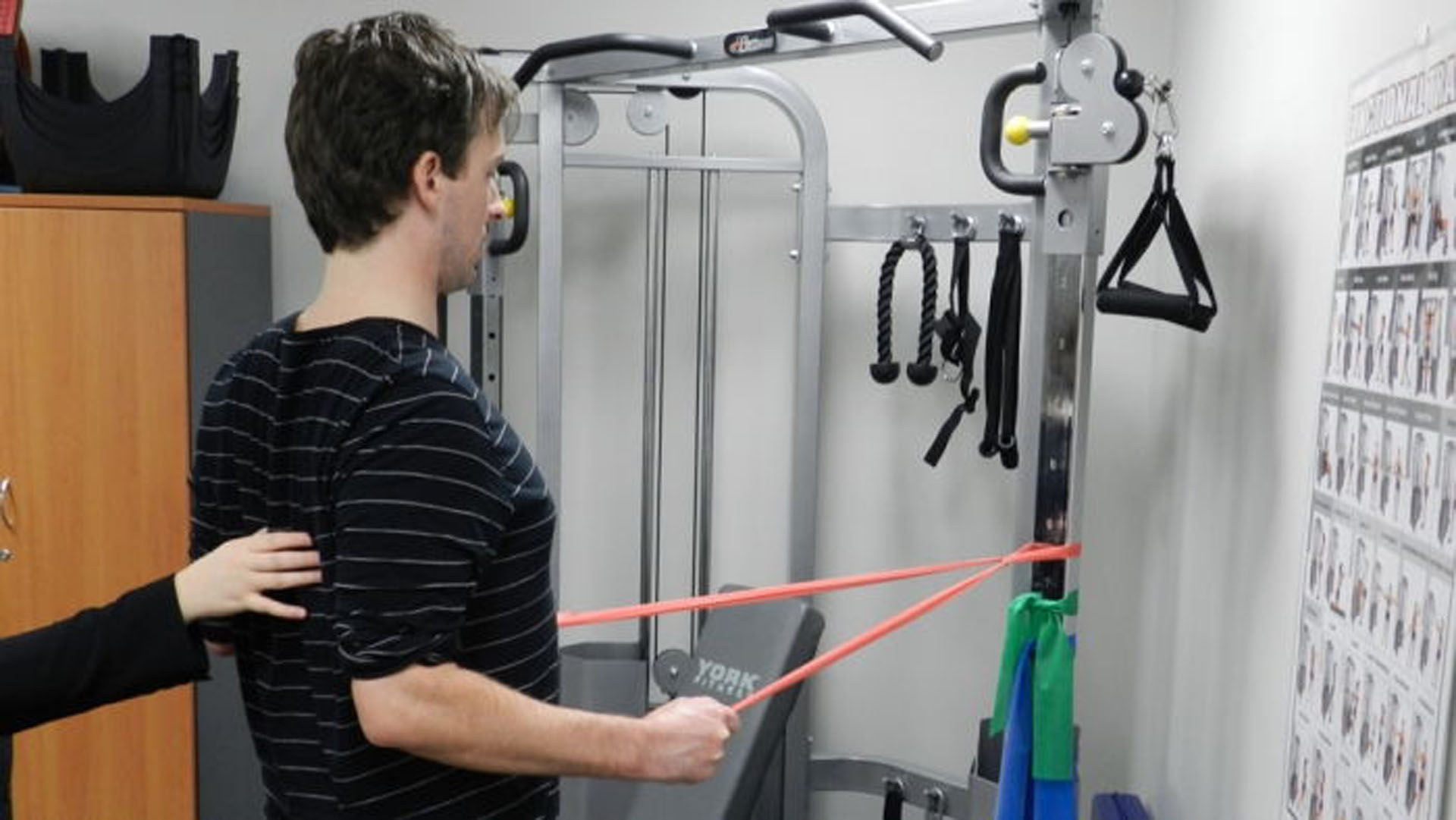
-
Sticky date pancake recipe
How to whip up delicious sticky date pancakes
-
Seeking health and wellness in Thailand
Expert advice on achieving health and wellbeing
-
Cucumber and corn salsa recipe
Cucumber and corn salsa recipe
-
Deborah Hutton's balanced life
Deborah Hutton provides guide to healthy life
-
Boot shopping
Choosing the right boots can prevent injuries
-
Bring on the beans and bananas
The benefits of potassium-rich foods
-
How dense are you?
Helen Dalley gives advice on bone health
-
5 impressive walled cities
Ancient fortified cities of the world to explore
-
10 tips for reducing back and neck pain at work
How to take care of your spine at work.
-
Health blogger - Cassie Mendoza-Jones
We hear about naturopathy from blogger Cassie
-
Do you have too much stuff?
Collecting experiences, not things, makes you happier.
-
Letters from a young doctor
Letters from a young doctor in Swaziland
-
Letters from a young doctor
Letters from a young doctor in Swaziland
-
The relaxation response
How to manage stress using 'eyes closed silence'
-
6 iconic movie locations to travel to
Iconic locations from the silver screen to visit
-
6 ways to sleep better tonight
A guide for securing restorative slumber
-
Next generation school shoes
Sustainable materials meets design and comfort
-
Memphis rub recipe
Traditional Memphis rub recipe
-
How to treat head lice
Here’s what you need to know
-
Cutting back on caffeine
Where’s that caffeine really hiding?
-
The Paleo diet: pros and cons
Adapting the diet to suit your body and its needs
-
Do you have too much stuff?
Collecting experiences, not things, makes you happier.
-
Overnight avocado, coconut and lemon ‘cheesecake’ recipe
Healthy coconut and lemon cheesecake
-
Shredded vegetable salad with red curry coconut dressing recipe
Crisp, fresh salad from Thoroughly Nourished Life
-
Mushroom pâté with crispy bread sticks recipe
Get a little fancy with this mushroom pâté
-
How to build emotional resilience
5 tips to build emotional resilience
-
LARP’s secret weapon
Incidental exercise, community bonds, and live action role playing.
-
4 health numbers you should know
Measure and track your health via these numbers
-
Words of the wise
A treasure trove of life-lessons and inspiration
-
5 healthy recipes for entertaining over the festive season
Indulge in the good things in life this holiday season, including these summer-inspired dishes.
-
How to prevent eye injuries
Tips from an Ophthalmic surgeon
-
Pomegranate slam it smoothie recipe
Pomegranate, an ideal ingredient for a smoothie
-
Peach popsicles recipe
A sweet and simple peach popsicles recipe
-
Thai prawn fried rice recipe
Marion Grasby’s delicious recipe
-
Close the Gap
It’s time to prioritise Indigenous Health.
-
What your waistline measurement means for your health
Does yours measure up?
-
Banana shake and banana pancakes recipe
Two breakfast treats in one, made with fruity goodness.
-
Parmesan crusted salmon recipe
A simple salmon dish the whole family will love.
-
7 delicious ways to enjoy cabbage
Cabbage is a tasty addition to so many cool-weather feasts.
-
Hats off to Lake Wanaka
Lake Wanaka is a picture perfect tourist spot
-
A weekend of discovery
We look at how a weekend away in nature with strangers can transform your life.
-
Myth busting obesity
Popular obesity myths busted
-
Health blogger - Emma Stirling
Dietitian Emma Stirling explores nutrition news
-
Ducks with a difference
Darren and Mark discuss The Blue Duck book
-
How-to pack a picnic
How to pack a healthy picnic
-
10 deliciously healthy pizza ideas
Healthy pizza ideas
-
How to fill the late night food void
Healthy tips to stop night snacking
-
Discovering Tokyo’s neighbourhoods
Uncover the secrets of Japan's capital
-
5 ways with cherries
Recipe ideas using cherries
-
Songs for the summer
These tunes are sure to bring the summer vibes
-
How do you stay healthy at Christmas?
5 tips for keeping the holiday happy and healthy
-
Putting down the glass
A collaborative approach to tackling alcohol
-
How to prep for a long haul flight
Simple ways to make travel easier
-
How to choose and store stone fruits
Tips for choosing the best stone fruit
-
Best ingredients for autumn cooking
How to use seasonal produce this autumn
-
Peach popsicles recipe
A sweet and simple peach popsicles recipe
-
5 cold and flu remedies
A dietitian's advice for soothing symptoms
-
The truth about gluten
Is gluten friend or foe?
-
What Australians are really eating
Australia, your health results are in
-
A dietitian's day on a plate
An insight into a dietitian's daily diet
-
Chicken, lemon and dill soup recipe
Warm up with a soothing, comforting chicken soup.
-
7 essential winter skin care tips
Keep your skin healthy and glowing with these tips.
-
Easy cheesy quiche recipe
Easy cheesy quiche recipe with variations
-
Mind games
Awarded memory champion Tansel Ali can memorise entire phone books.
-
Close the Gap
It’s time to prioritise Indigenous Health.
-
How to combat office cake culture
Is your workplace too sweet?
-
Mindfulness: the secret to feeling more positive
Psychiatrist Dr Elise Bialylew explains.
-
The Mediterranean diet - fact or fad?
Professor Tim Crowe takes a closer look at the science.
-
When diabetes leads to emotional distress
A recent report reveals the emotional impact of diabetes.
-
Lombok: Bali’s quiet cousin
The perfect tropical break.
-
Wayapa: Mindfulness and movement
Wapaya connects earth, body and spirit
-
Your child’s emotional development – and how to enhance it
Expert tips on parenting for a happier home
-
How to quit smoking
You know it’s hard - but it’s time to try again
-
A better way to manage chronic disease
94% of Aussies with chronic disease need change
-
Mushroom pâté with crispy bread sticks recipe
Get a little fancy with this mushroom pâté
-
Dry July
DryJuly: raising funds and awareness for cancer
-
Use it or lose it
Steps we can take to keep our brain active
-
The best travel stopover destinations
Break up a long plane trip, and cross another destination off your bucket list.
-
Thai peanut noodle salad recipe
Creamy satay flavour and a fresh mix of veggies and noodles.
-
Can playing like a child make you a better adult?
Why we should all make time for dreaming and playing.
-
The magic of laughter
Laughter is contagious in the best possible way.
-
be. magazine issue 22: Change
Read online or download your copy for free now.
-
How to make easy, natural home products
‘Granny skills’ advocate Rebecca Sullivan shares some ideas.
-
The low carb diet – myths and facts
CSIRO researcher Grant Brinkworth explores the science.
-
Goal setting 101: A psychologist's hacks
The science-backed secrets to getting the results you want.
-
5 cold and flu remedies
A dietitian's advice for soothing symptoms
-
Crispy cod with teriyaki and sesame stir-fry recipe
A light and juicy dish, perfect for easy dinners.
-
Tomato and capsicum soup recipe
Nothing says comfort like a warm bowl of soup.
-
Labneh recipe
The perfect addition to a summer mezze platter.
-
Mind games
Awarded memory champion Tansel Ali can memorise entire phone books.
-
Make the perfect smoothie bowl
This picture-perfect breakfast is the ultimate summer feast.
-
Quinoa sushi hand rolls recipe
Quinoa sushi hand rolls recipe
-
Keeping up with the kids
These grandparents feel younger than yesterday
-
Almost everything you didn’t know about blood types
What’s your type?
-
Gendered violence support at the tap of a button
A private app for secure, safe access to support
-
Healthy nachos recipe
Lifestyle blogger Natascha Elisa shares her recipe
-
Sun protection clothing: A stylish way to stay sun-smart
Sun protection is vital all year round, and especially in summer.
-
Quinoa sushi hand rolls recipe
Quinoa sushi hand rolls recipe
-
New breakthroughs in breast cancer research
The Garvan Institute of Medical Research shares the latest.
-
7 must-have travel apps
The best apps for planning and navigating like a pro.
-
The human heart
In the big band that is the human body, the heart is obviously the drummer.
-
The off switch
Transcendental meditation has enlightened and divided since it made it mainstream in the 60s.
-
Zucchini and sweet potato vegetable slice recipe
A balanced dish of savoury and creamy flavours
-
4 places to chase autumn
From lakes of clouds to golden landscapes
-
Keeping it real
Understanding the ‘theatre and fantasy’ of beauty
-
Sharing the goodness
Kate Johnson talks body image, travel and charity
-
Winter cooking with Emma Dean
Emma Dean shares her favourite recipe
-
How unhealthy is fast food?
Bad news for the finger lickin’ chicken lover
-
The history of the hypodermic needle
The past and future of a painfully important tool
-
Macadamia and olive crushed beef fillet recipe
Flavour packed beef fillet recipe
-
Spring clean your pantry
Healthy eating starts with a healthy pantry
-
Health food stores that stand the test of time
The originals (and the best)
-
Vermicelli Noodle Salad Recipe
Fresh summer vermicelli salad
-
Wild Quinoa Salad Recipe
Wild quinoa salad with pomegranate and cranberries
-
Low fat persimmon muffins recipe
Try these muffins for a healthy afternoon tea
-
7 reasons to work at Medibank
An exciting step in your career progression
-
The 10 best travel destinations for yoga lovers
From local retreats to exotic locations
-
Breakfast tacos with chipotle sweet potato and trumpet mushroom recipe
Breakfast taco recipe with chipotle sweet potato
-
Quinoa, berry and yoghurt porridge recipe
Quinoa, berry and yoghurt porridge recipe
-
Matt Preston: Secrets for better cooking
Matt Preston's secrets to our most-loved dishes
-
Laneway Learning
The new social wave of upskilling
-
How trekking across New Zealand changed my life
Follow a travel writer's search for simplicity
-
How to meditate
Carry mindfulness throughout your day
-
6 top luxury spas in New Zealand
Get back to nature in the lap of luxury
-
Meet my city: London
Stay in shape in London with these 9 local secrets
-
Grapes and grazing in New Zealand
The regions calling your name
-
4 places to chase autumn
From lakes of clouds to golden landscapes
-
5 ways to reduce stress
Approach your workday mindfully
-
7 ways to prevent cavities
A dentist’s guide to healthy teeth
-
6 train trips worth taking
The most spectacular railway lines to travel along
-
Steps to health from Anthony Koutoufides
Kouta’s secrets revealed in Kouta Fit Club
-
Meet my city: Bali
Bali’s best kept health secrets
-
How to spend your extra hour this weekend
7 Ideas to get you going
-
Baked chicken and pumpkin risotto
Hearty risotto recipe with baked chicken
-
Hot chillies for health
Why you should embrace the spice
-
Top nutrient-dense fruits and vegetables
The most nutrient dense fruit and vegetables
-
Speedy Asian cooking with Marion Grasby
Marion reveals her secrets to fast flavourful cook
-
Flapjack recipe
Kate Berry’s Flapjack recipe
-
How to make the perfect winter soup
How to make your soup a nutritious balanced meal
-
Escape to the Blue Mountains
Here’s what to discover
-
Artichoke hearts with breadcrumbs and parmesan recipe
Delicious recipe using artichoke hearts
-
What are the signs of a stroke?
What does a stroke look like?
-
Seasonal asparagus recipe
Cooking with asparagus
-
Secrets of vegetarian cooking
Suzy Spoon shares a few secrets from her new book
-
Food for healthy eyes
An ophthalmologist's nutrition tips for eyesight
-
Strawberry parfaits with pomegranate and pistachio recipe
Sweet, creamy, and completely vegan
-
Plenty more
Vegetable inspiration from Yotam Ottlengi
-
Decoding food labels
A dietician's tips for breaking labels down
-
Pavlova recipe
Matt Preston's take on the Aussie classic
-
Spicy Bean Dip Recipe
Natascha Elisa shares her bean dip recipe
-
Sweet Potato Medley Quinoa Recipe
Zesty summer salad with pomegranate
-
Is that a meal or a snack?
How our snacking habits have changed
-
Sweet Potato Fries Recipe
Recipe for healthy sweet potato fries
-
Seeded Snack Bar Recipe
Healthy snack bar recipe
-
Papaya, Coconut and Flax Smoothie Recipe
Take your tastebuds on holiday with this smoothie
-
Ovarian cancer signs and symptoms
Ovarian cancer awareness begins with yourself
-
Grilled stone fruit recipe
Simple peachy summer dessert
-
6 ways to eat more fruit
Get fruity with these healthy recipes
-
Clare Bowditch on finding balance
Meditation has long been a part of Clare’s life
-
Meet my city: Yokohama
Firework festivals and burlesque classes
-
4 health numbers you need to know
From blood pressure to blood sugar.
-
Discover San Diego with children
Laidback fun in California’s easy-going city
-
Mushrooms and feta on toast recipe
Mushrooms and feta on toast breakfast recipe
-
6 healthy and delicious lunch ideas
6 healthy and delicious workplace lunch ideas
-
Chai spiced almond milk recipe
A warm chai spiced almond milk recipe
-
Gluten: facts and figures
Interesting facts about gluten and coeliac disease
-
How can hearing loss be treated?
Hearing aids make your ears lazy? Think again
-
Kale, feta and pumpkin pie recipe
Simple kale, feta and pumpkin pie recipe
-
Get to know your medical technology
How do MRI’s and CT scans really work?
-
5 hacks for mastering the art of weekly food prep
5 tips for preparing meals in advance
-
5 ways to keep your brain fit – and why it matters
Complete health is more than attending to our diet and getting physically fit – it’s about being brain fit as…
-
A wander through NoHo and NoLita
Welcome to bespoke retailers and interior style
-
Why moderation is the key to wellbeing
Expert guidance for you nutritional journey
-
6 creative developments in health tech
Science fiction or the future of health?
-
Matt Preston: Secrets for better cooking
Matt Preston's secrets to our most-loved dishes
-
Why you should visit Lombok
Meet Lombok - monkey forests, waterfalls and spas
-
Kara Rosenlund: The call of home
Australia’s most intriguing offbeat interiors
-
Curried egg sandwich recipe
A simple curried egg sandwich recipe
-
Tuna, persimmon and beetroot salad recipe
Tuna, persimmon and beetroot salad recipe by Poh
-
Mexican baked eggy tortilla cups recipe
Mexican baked eggy tortilla cups recipe
-
The real deal on meat and cancer
Tips for eating meat for a healthy life
-
Beef pie with red wine, fennel and green olives recipe
Beef pie with red wine, fennel and green olives
-
On-screen dementia support
How telehealth technology can evolve dementia care
-
Corsican pie with courgette flowers recipe
Corsican pie with courgette flowers recipe
-
Roast chicken with puy lentils and persimmons
Juicy roast chicken gets an extra flavour boost
-
Spiced pork cutlets recipe
Pork cutlets with garlic, chilli and cumin
-
7 ways to enjoy pomegranates
7 ways to enjoy pomegranate seeds
-
Zucchini noodle and coriander salad recipe
A zesty zucchini noodle and coriander salad recipe
-
Moved to make a difference
Friendly Moving Men take action
-
Fresh vermicelli salad bowl recipe
A recipe for a fresh vermicelli salad bowl
-
Coconut and lime cheesecake recipe
A cheesecake naturally sweetened with coconut oil
-
Spinach, avocado and mushroom stack recipe
A vegetarian recipe with spinach and mushroom
-
Growing young Koorie health ambassadors
Coach - Growing young Koorie health ambassadors
-
Salad of the imagination recipe
Creative variations for interestings salads
-
10 fitness and wellbeing podcasts to get you inspired
10 wellness podcasts that motivate and stimulate
-
Food to fuel your snow trip
Tips to enjoy the best snow holiday
-
The best way to care for your teeth
How to care for your teeth beyond brushing
-
Spicy pumpkin and lentil soup recipe
A creamy vegetarian soup with Indian inspiration
-
Eggplant and sweet potato pizza recipe
Eggplant and sweet potato pizza recipe
-
Spiced tempeh recipe
A versatile and delicious sweet tempeh recipe
-
Banana trifle recipe
Banana Trifle using granola instead of sponge
-
The healthy food gap
Indigenous healthy food gap needs attention
-
CareComplete: Support for chronic health conditions
How Medibank helps members with chronic health conditions
-
Roasted guinea fowl, brussels sprouts, baby beets and quince recipe
Chef David Hall shares his recipe
-
Nutty cranberry muesli recipe
Homemade coconut and cranberry muesli recipe
-
Feta and pea shoot omelette recipe
Jeanine Donofrio shares her recipe
-
Spicy miso eggplant recipe
Simple and delicious eggplant recipe from Meg Tanaka of city cafe CIBI
-
7 gluten free travel tips
Experience travel while managing coeliac disease
-
Teriyaki chicken and grilled pineapple salad recipe
Delicious salad packed with flavour
-
The art of making broth
How to make nourishing broths
-
Zucchini noodles with cherry tomatoes and avocado sauce recipe
A fresh twist on pasta
-
Coconut crepes recipe
Indulge in a naturally sweet, berry-topped feast by The Natural Nutritionist.
-
7 things I learnt from a 7-day digital detox
Could you use a break to disconnect and recharge?
-
Edamame soba noodles and crispy sesame tofu recipe
A fresh, quick and deliciously light dish by Michelle Bridges.
-
Apricot chia bliss balls recipe
Delicious little balls of summer goodness.
-
Spanish chargrilled capsicum salad recipe
Authentic and fresh, perfect served on toasted bread.
-
Turkey, nectarine and walnut salad in lettuce cups recipe
Recipe provided by Summerfruit Australia.
-
7 reasons to eat more stone fruit
The health benefits of stone fruit
-
Malaysian sambal green bean stir fry recipe
A fresh and spicy delight
-
Smith & Daughters on making vegan food delicious
Taking a vegan diet to bold, flavour-packed heights.
-
Malaysian beef rendang curry recipe
A fragrant curry, full of bold flavours.
-
The importance of cross-cultural cancer communications
The Cancer Council Victoria explains why knowledge is power.
-
How I found real friendship and community online
Online communities can be unexpected places of support and friendship.
-
The effects of kindness
Can a lawyer change his life by reading a short stack of self-help books in one week?
-
10 useful Māori words and phrases for travelling in New Zealand
Your handy Māori cheat sheet.
-
Dragon spotting in Indonesia
Discover amazing creatures in Komodo National Park.
-
3 ethical conservation projects to check out in Malaysia
Get close and personal with beautiful rainforest creatures.
-
Private island buyer’s guide to the Philippines
Imagine making one of these 7,100 islands your own retreat.
-
Spiced quinoa porridge recipe
A delicious breakfast mix, bright with goji and blueberries.
-
Blizted 'em! How Peter FitzSimons lost 45 kg
The sports writer shares his lessons learned.
-
Soba noodle salad recipe
A deliciously fresh salad from Oh She Glows.
-
Sweet potato salad with green tahini dressing recipe
Lift your salad game to new heights.
-
Why variety really is the spice of life
-
Lamb backstrap with pomme purée recipe
A lamb dish to impress your friends.
-
Brown rice with peas, asparagus, butter and pecorino recipe
One pot, no fuss veggie dish
-
Diet myths - and what we can learn from them
-
Fried rice recipe
This fired rice is the perfect midweek dinner.
-
The ultimate super smoothie recipes
Netball's elite spill their secret ingredients.
-
10 steps to a better relationship with food this winter
Fall in love with delicious, healthy food.
-
Understanding your dog's body language
Ever wondered what your furry bestie was trying to tell you?
-
Oats and barley berry crumble recipe
This easy crumble is the perfect winter comfort.
-
Easy ways to recharge your morning routine
Wake up bright and early and get more from your mornings.
-
Does fasting really help with inflammation?
Dietitian Chloe McLeod takes a look at the latest research.
-
How to get the kids eating healthy foods
Little ones refusing their greens? Here are some ideas.
-
Oatmeal snack balls with cranberries and apple recipe
Scrumptious little treats to share... or not!
-
How to care for contact lenses
Tips from prevention to long-term solutions
-
The best places to travel in Vietnam
Vietnam is full of timeless beauty to discover.
-
Banana breakfast trifle jars recipe
Colourful little muesli jars for breakfast on the go.
-
Dating someone new? How to talk about mental health
How to talk mental health with the person you’re dating
-
Protein salad with a punch recipe
A powerful, delicious salad to get you fueled up.
-
Lamb lollipops with yoghurt tzatziki dip recipe
An easy mid-week dinner the whole family will love.
-
Fun ways to keep your pet fit
A walk in the park isn't the only way to get moving.
-
Is the best diet in your genes?
Professor David Cameron-Smith explores future nutrition.
-
Mabel & Joy: putting a spring into breakfast
A shared passion sparked the idea for a cereal business.
-
Crumbed chicken tacos recipe
Mouthwatering tacos, filled with juicy chicken and guacamole
-
Can you reverse the impact of a poor diet?
Professor David Cameron-Smith says it’s not too late.
-
How to get the kids off junk food
Four simple tips to reshape your family’s eating habits.
-
Satay tofu rice paper rolls recipe
Fresh and crunchy, perfect for a warm night.
-
Feed your gut flora
Change your gut, change how you feel.
-
Chia kiwi pops recipe
A super easy, naturally sweet snack or dessert.
-
The joy of solo travel
Travelling alone could be the best thing you’ll ever do.
-
One pot salmon recipe
A simple and delicious dinner, full of goodness.
-
12 ways to be happier
Proactivity in the pursuit of happiness
-
A sweeter deal
How Natvia was born from a diabetes diagnosis
-
Does the keto diet work?
Think you know about the ‘keto’ diet? Think again.
-
Adapting to big life changes
Ben Pettingill and Mike Rolls know a lot about resilience.
-
How Mental Health First Aid training can help veterans and their families
Medibank is proud to support Australian veterans.
-
Stove-baked weekend eggs recipe
A warming weekend breakfast, full of energising protein.
-
Beef, shiitake and spring onion risotto recipe
An easy and satisfying risotto, full of flavour.
-
Chicken noodle stir fry recipe
An easy dish with the fresh tastes of ginger and bok choy.
-
Garlic chilli prawns recipe
Scrumptious, crunchy prawns and fresh veggies.
-
Tofu and edamame san choy bau recipe
Fresh, fun and tasty parcels.
-
Can social media ruin your social life?
What’s social media doing to your mental state?
-
What causes autoimmune disease?
The Garvan Institute shares some new exciting new research.
-
Beetroot bliss balls recipe
A super sneaky way to get some veggies.
-
Golden glow super slaw salad recipe
Juicy chicken tossed with avocado and veggies.
-
Life, Income and Funeral Insurance: What’s the difference?
What you need to know about Life, Income and Funeral cover.
-
Life Insurance: fact vs fiction
Do you know about these common Life Insurance myths?
-
Do I need life insurance?
Ways to safeguard what matters most.
-
How to make playdough
Let your child's imagination run free.
-
Why playtime is so important for kids
Deakin University play therapists share some ideas.
-
Burnt sage breakfast hash recipe
A fragrant veggie breakfast, perfect served up with eggs.
-
Chicken teriyaki in arrowroot wraps recipe
A deliciously light twist on a family favourite.
-
Can strength training help improve breast cancer treatment?
Dr Sara Wahlroos explains her latest research.
-
Healthy eating made easy
Nutritionist Catherine Saxelby's 10 simple tips
-
Teriyaki mixed grain salad recipe
A hearty roast vegetable salad with the goodness of greens.
-
10 tips for healthy festive eating
Have your mince pie and eat it too. Dietitian Simone Austin shares a few tips.
-
Do you know these beach safety essentials?
Bondi Rescue's Trent Maxwell shares his top tips.
-
Antipasto barbecue chicken recipe
A deliciously easy mix, with juicy veggies, olives and feta.
-
How to set goals that matter
Why you should choose goals with your real values in mind.
-
Your guide to shopping at the farmers' market
Fresh tips for shopping with the seasons.
-
Family favourite flatbread pizza recipe
Easy-to-make healthy pizzas, topped with veggie goodness the whole family will love.
-
Superfood grain bowl recipe
A fresh and flavoursome salad with avocado, walnuts, sweet potato and more.
-
Superfood breakfast bowl recipe
A fresh and juicy breakfast, full of colourful goodness.
-
A week on the low FODMAP diet
If you suffer from Irritable Bowel Syndrome, reducing a special group of carbohydrates called FODMAPs may help bring relief. Here’s what you need to know.
-
Why the Mediterranean diet is so healthy – and how to follow it
Accredited Practicing Dietitian Dr Anthony Villani explains what you need to know.
-
The benefits of healthy home cooking
The Dietitians Association of Australia recently surveyed 200 women aged 18-24 and found that while 76 per cent of those…
-
Learning to cope with intense feelings
Psychologist Dr Patricia Zurita Ona shares some advice.
-
Morocco travel guide
What to see, eat and do in Morocco.
-
National Reconciliation Week 27 May – 3 June
Joining RunRona to raise funds for health promotion in Aboriginal communities.
-
4 random acts of kindness you can do today
Small gestures of kindness to brighten someone's day.
-
Kimchi Tofu Rice Bowl recipe
A bowl full of goodness! Kimchi is a Korean pickle that has been fermented, so is great for improving gut health.
-
Mushroom Omelette with Kimchi-Style Sauerkraut recipe
Adding kimchi to your omelette not only gives it a tangy boost, it also boosts your microbiome and supports your immunity.
-
Your guide to fermenting food at home
An easy way to make delicious fermented veggies at home.
-
15 healthy snack ideas for kids
Nutritionist Mandy Sacher shares some ideas.
-
5 tips to encourage your employees to have a mindful day
How to guide your team to find moments of calm and clarity, even on their busiest days.
-
A Sri Lankan breakfast recipe
A twist on a classic spiced, potato-stuffed masala dosa.
-
Pumpkin fritters recipe
A vegetarian pumpkin fritters recipe.
-
Divorce, downward dog and the happily ever after
Divorce with a side of downward dog anyone? How about co-parenting with Chi? A movement towards amicable divorce and separation is emerging, as more people discover ways to find their Zen during a breakup.
-
Raising resilient kids
Being able to bounce back when life throws a curve ball has obvious appeal, but the benefits of resilience are broader than you might think. Discover why building resilience in children is so worthwhile and what you can do to foster it.
-
5 ways to help employees return to the office
COVID-19 safety plans and on-site incentives are two of the ways to help your employees feel more comfortable about returning to the office. Read on to find out the rest.
-
The benefits of a connected workforce
Employers of socially connected workplaces see higher levels of employee loyalty, engagement and productivity, research shows.
-
Christmas dark chocolate and fruit bark recipe
It’s beginning to look a lot like Christmas (bark!). This dessert is perfect for a sweet snack, light desert or wrapped up as a festive season gift.
-
6 healthy and festive family activities
From treasure hunts to homemade presents
-
How do you support employee wellbeing goals?
Learn how to make wellbeing goals work.
-
Nool’s tahini delight biscuit recipe
Meet your new favourite cookie! Six ingredients, healthy and simple to make.
-
Chocolate mandarin cake recipe
Zesty chocolate mandarin cake recipe
-
Are you getting too much blue light exposure?
Vision Eye Institute ophthalmologist Dr Lei Liu explains.
-
How to eat healthy food on a budget
Healthy eating shouldn’t break your budget. Some planning and preparation, plus a smart shopping list, can make a healthy diet for you and your family affordable, delicious and nutritious.
-
Pineapple gingerbread crumble recipe
A summer riff on a winter classic.
-
Zucchini slice for babies recipe
A healthy slice made with kids in mind
-
Broccolini and Cauliflower Soup Recipe
A creamy veggie soup full of vitamins
-
7 ways yoga can help you beat stress
Recharge your mind and stretch out your body
-
A new reason to keep exercising as you age
New research has uncovered how exercise can boost mitochondria – the ‘powerhouses’ inside your muscle cells. The Garvan Institute of Medical Research’s Dr Andy Philp explains.
-
Green falafel balls with pomegranate and parsley salad recipe
This bright, healthy and Mediterranean-inspired dish will liven up any dinner table.
-
Captain Sanitiser on the road for Indigenous youth
-
Pan Roasted Brussels Sprouts Recipe
Brussels sprouts done right!
-
Pumpkin soup recipe
This simple pumpkin soup recipe is a Winter favourite - spicy and fragrant with ginger, nutmeg and cumin. Find out how to make pumpkin soup here.
-
5 South African safaris for all tastes and budgets
Get up close with lions, elephants, leopards and more.
-
Salmon with veggie chips and basil pesto recipe
Get all the goodness of salmon in this delicious dish.
-
Mini oat pancakes recipe
Super healthy mini pancakes
-
Ginger coconut black rice pudding with roasted rhubarb recipe
Ginger coconut black rice pudding with rhubarb
-
The history of glasses
The evolution of corrective eyewear continues
-
Olive oil and sea salt molten brownies recipe
Mouth-watering molten brownies
-
Rainbow veggie pho recipe
A colourful, veggie twist on a Vietnamese favourite.
-
5 ways to help your employees recharge
Tips to support your employees wellbeing these holidays.
-
Heavy pickling solution recipe
Nordic-inspired heavy pickling solution recipe
-
The 10 best places to eat and play in Tokyo
Top tips from Tokyo based blogger Hello Sandwich
-
7 delicious native Australian foods to get to know
Add these local superfoods your dishes.
-
Chicken broth with wheat and spring vegetables recipe
Beautiful broad beans, peas and nutty wheat grain,
-
Healthy partnership with Sydney Mardi Gras
Medibank support Sydney Gay and Lesbian Mardi Gras
-
Avocado and cashew cream parfait recipe
Avocado and cashew cream parfait recipe
-
5 things to love about Cologne, Germany
Aussie expat’s favourite things about Cologne
-
Yoghurt and lime sorbet with pea crumb dessert recipe
Sweet, tangy, and utterly delectable
-
Smoky chipotle pork tenderloin soft tacos recipe
A deliciously bright and spicy treat.
-
8 DIY cleaning products that actually work
All you need is a handful of simple home ingredients.
-
5 ways to prevent fussy eating in kids
Tips for making meal time a happy occasion.
-
Green tea smoothie bowl recipe
A refreshing breakfast, full of natural sweetness
-
Health across the generations
Four generations of healthy women: 9 - 93 yrs
-
Focus back on 2 fruit, 3 veg
Advice from local growers on seasonal produce
-
Bowel cancer: 5 facts every man should know
Bowel symptoms aren't the most fun topic of conversation – but knowing the facts could save your life
-
Apple, oat, cranberry and chocolate muffins recipe
The perfect healthy snacks
-
A life of plenty
Table of Plenty snacks inspire healthy living
-
How to live longer, better
The Baker Heart and Diabetes Institute shares some tips.
-
Eggs cooked in minced lamb recipe
Eggs cooked in minced lamb recipe
-
Summer festival survival guide
Summer festival survival guide
-
Veggie fritters recipe
A fast and easy veggie fritter recipe
-
Storytime for good nutrition
Children's storytime can aid good nutrition
-
6 ways to keep your heart healthy
Look after your heart and it looks after you
-
Guacamole chicken wrap recipe
Your healthy lunch sorted
-
Bean Salad Recipe
Healthy salad in a jar
-
Natural light: A simple way to boost workplace wellbeing
There’s something so uplifting about natural light. It makes us feel brighter and happier, it boosts our energy, and it’s…
-
Healthy eating in New York City
Healthy food destinations in NYC
-
Boyhood
Experiencing your children evolve
-
How much salt are you eating?
The lowdown on your salt intake
-
The power of plant-based foods
Eating from the earth is good for our bodies and the planet.
-
The best mediterranean cruises
The best mediterranean cruises for the family, the explorer and the lovebirds.
-
Cooking with love
Discover the delights of Middle Eastern cooking
-
6 ways your brain can help you lose weight
A professor of nutrition and dietetics explains
-
The power of resistant starch
Could the humble potato be our new superfood?
-
4 ways to create a healthy family lifestyle
Expert advice on kids and healthy eating
-
Help your staff support their immunity
Tips to help support the immunity of your staff this winter.
-
A new neighbourhood: Hetty McKinnon
A Sydney-sider takes on NYC's culinary scene
-
Heritage stuffed portobello mushroom recipe
Fragrant Portobello mushroom recipe
-
Working from home… when the family are all home
Tips on how to best manage your work and your caring responsibilities during this difficult time.
-
Kalops stew recipe
A Nordic-inspired Kalops stew recipe
-
Dot’s Koeksisters (South African Doughnut) recipe
These South African doughnuts are traditionally eaten on a Sunday morning. One day a week just doesn’t seem enough!
-
Avocado Sauce Recipe
How to make creamy avocado sauce
-
Forces of nature
Mind-altering plants to change perception.
-
The real deal on cooking and nutrient loss
A look at whether nutrients really are lost through cooking.
-
Globes of goodness
Artichoke grower shares his pearls of wisdom
-
Health blogger - Dr Ginni
A conversation of better health
-
Spinach Sesame Recipe
Simple and clean blanched spinach recipe
-
Easy banana ice cream recipe
A delicious healthy dessert
-
Protect your hearing
Steps you should be taking to prevent hearing loss
-
How-to make nori rolls with veggies
Japanese nori roll recipe
-
What to do if your child is being bullied
-
Chewy persimmon and ginger cookies recipe
Persimmon and ginger cookie recipe
-
How to use pomegranate seeds
Everything you need to know about pomegranates
-
A diet to fight arthritis
5 tips for an anti-inflammatory diet
-
Is your love life sabotaging your healthy eating?
Research shows couples may be more likely to gain weight than singles. Accredited Practicing Dietitian Hannah Ovens-Henig explores how to create healthier habits together.
-
On the med school road
Medical school is difficult but rewarding
-
Herbed lamb meatball salad recipe
Herbed lamb meatball with leafy salad recipe
-
Peach cobbler recipe
A decadent peach cobbler recipe
-
The 7 keys to setting effective goals
Creating an action plan may be simpler than you think.
-
Powerful proteins
Everything you need to know about protein
-
How to prevent winter weight gain
Summer bodies are made in winter
-
Taking back Sunday morning
Hello Sunday Morning; challenging drinking culture
-
Macadamia and honey frozen yoghurt sundae recipe
Cool down with this healthy treat
-
6 easy veggie-based meals
Recipes packed with veggies
-
How to cope with winter sadness and depression
Psychologist Morag Paterson shares how to feel better.
-
Teriyaki beef recipe
Get the kids excited for dinner with this classic beef dish.
-
Can probiotics help with Irritable Bowel Syndrome?
Get to know the workings of Irritable Bowel Syndrome.
-
Millet and beetroot (tops, stems and roots) pilaf recipe
A simple dish that uses the whole juicy beetroot.
-
Vanilla cupcakes with chocolate icing
Easy vanilla cupcake recipe with chocolate icing
-
The art of the perfect dinner party
The key ingredients of social dining
-
Roast veggie medley with chickpeas recipe
Tasty roast veggie medley with chickpeas recipe
-
Roasted cauliflower tacos with chipotle cream recipe
Blogger Jeanine Donofrino's recipe
-
6 ways to celebrate International Women’s Day
Take your celebrations further this year
-
Vegetable samosas recipe
Samosas with pumpkin, potato and lots of spices
-
Natural secrets for clear, healthy skin
Nutritionist Samantha Sargent shares some tips.
-
Immunity Boosting Winter Juice recipe
Keep sickness at bay with this fresh juice
-
7 delicious ways to enjoy avocado
Oh-so-tasty ideas for your favourite creamy avo.
-
OneWave Bondi’s local legend
Cedric is reaching out to those in need.
-
Spiced tofu and beetroot salad recipe
Vegetarian butcher Suzy Spoon shares tofu recipe.
-
Should I get a pet? How owning a pet can improve your life
If you’re thinking about getting a pet but you’re not sure, we break down some of the benefits to help make your decision easier.
-
Purple sweet potato and pea pastie recipe
Suzy Spoon’s vegan pasties
-
Spicy pork tacos with pineapple salsa recipe
Healthy tacos packed with flavour
-
What vaccinations do I need for Malaysia?
A short list of the most relevant diseases to immunise against when travelling to Malaysia.
-
Barbecued bananas recipe
This delicious banana recipe is easy whip up in no time
-
Onsen Ma: Soaking and shiatsu
Japanese bathhouse meets Melbourne Laneway
-
Thai pumpkin soup recipe
Pumpkin soup with a kick
-
Baked oats with banana and berries recipe
A sweet and warming breakfast, bursting with fruity flavours and coconut.
-
Cloud Forest: The tropical rainforest inside a city
Enter the world’s best greenhouse.
-
Baked vanilla fruits with coconut custard recipe
Coconut custard with baked stone fruit
-
What is tinnitus?
Here are a few things you should know
-
Delicious and healthy party food ideas
Dietitian Anika Rouf shares some scrumptious ideas.
-
Eggs eleven recipe
Avocado, shredded cabbage and tahini dressing - delicious.
-
How to care for your feet as you get older
Your feet need loving care, especially as you get older,
-
Massaman chicken and vegetable curry with rice recipe
This simple curry will fast become a family favourite.
-
Pink snapper and potato cakes with salsa verde recipe
Salsa verde to jazz up any dish
-
How to grow a better garden
Tips and inspiration for gardeners of all levels
-
Panfried snapper with a summery asparagus stew recipe
Delicious snapper with asparagus
-
Is it time for reading glasses?
What is presbyopia and how can we treat it?
-
Mushroom ragu pasta recipe
A ragu pasta recipe with the goodness of mushrooms
-
Salmon with sautéed kale and too many capers recipe
A healthy dish from Matt Preston's latest book
-
The human heart: An introduction
The average human heart beats 100,000 times a day
-
The perfect steak and crispy sweet potato chips recipe
Bite after bite of tender, melt-in-your-mouth goodness.
-
Answers to the questions you can’t ask your boss
An HR expert takes on all your office faux-pas.
-
Baked fruit with cinnamon yoghurt recipe
A naturally sweet dessert, topped with pumpkin seeds.
-
Avocado smash recipe
Avocado smash with prosciutto and balsamic syrup
-
Travelling with your pet – or leaving them behind
Making travel plans as a pet owner takes a little extra thinking. Here’s how to keep your furry friend happy and safe, whatever you choose.
-
The secrets of healthy home cooking
Unlock the secrets of healthy home cooking with tips from Emily Rose Brott. Discover how to create simple, nutritious meals that your whole family will love.
-
Eat and play in New Zealand
Pristine water and organic eats await
-
Fun ways to get kids to eat more vegetables
Child nutritionist Mandy Sacher shares some ideas.
-
Cheesy corn and zucchini muffin recipe
Savoury muffins the whole family will love
-
Your 5-minute plan for a healthier day
Wake up on the right side of the bed everyday
-
Vermicelli noodle salad with Thai chilli dressing recipe
A healthy thai vermicelli salad recipe packed with flavour
-
What to eat in the lead-up to race day
What to eat to get you across the line
-
10 things you need to know about the body
Knowing your body can help you make better changes
-
Hate grocery shopping? Try this
There are plenty of alternatives to the supermarket trip.
-
Rethink the drink: separating alcohol facts from fiction
Busting alcohol related myths
-
Roasted capsicum recipe
A simple side dish, or delicious in sandwiches or pasta.
-
Low-carb carrot cakes recipe
Scrumptious little treats, full of natural sweetness.
-
Health blogger - Stacey Roberts
Health blogger explores parenting and veggie food
-
Aubergine with black garlic recipe
Aubergine with black garlic vegetarian recipe
-
Quinoa winter ‘tabbouleh’ recipe
Fresh winter tabouleh recipe
-
8 ways to embrace autumn
Autumnal activities to inspire you
-
Homemade Toasted Muesli recipe
Healthy muesli with no added nasties
-
5 lesser-known extreme sports to try in New Zealand
Thrill-seeking adventures for when you've done it all.
-
Green and gold salad recipe
Mix up the dinner table with this colourful salad
-
Food principles for diabetes management
How to manage diabetes with diet
-
New Zealand active adventures
Cycle, run, unwind, repeat
-
Trippy tie-dye soup recipe
Trippy tie-dye beetroot and leek soup recipe
-
The role of a GP
Why you should build a relationship with your GP
-
Cinnamon, cashew and dried cranberry granola recipe
Breakfast with a deliciously juicy crunch.
-
Zucchini and Carrot Salad Recipe
Clean salad with zucchini and avo
-
Exceptional ageing
Ageing needn't be a slow and terminal decline
-
Cooking games for kids
Ideas for junior chefs
-
Innovative ways to achieve good health
Apps and gadgets to help you kick fitness goals.
-
Pork with rice and black beans recipe
An easy and flavoursome twist on chilli con carne.
-
Make your salad delicious (with fewer than 300 calories)
Food blogger Kathryn Bruton shares her salad secrets.
-
4 random acts of kindness you can do this festive season
Spread joy this festive season with 4 simple acts of kindness. Learn how small gestures can boost your mental and physical health while making a difference.
-
Salsa bolognese bianco with pappardelle recipe
A rich, comforting homestyle Italian pasta dish.
-
Healing hands
Surgeons share their experiences
-
How to enrich your life through volunteering
Seven organisations that need your help
-
Trio of dips recipe
Recipe for homemade trio of dips
-
Baked ricotta with caramelised pears and pistachios recipe
Healthy ricotta and pear recipe
-
What happens at 5am?
Five:am organic shares the luxury of early hours
-
Mumma’s barley stew recipe
A warming, nourishing root vegetable stew.
-
Gluten free school lunch ideas
Gluten free lunches the kids will love
-
Overwhelmed? Here’s how to beat stress and find focus
Psychologist Alison Hill shares how to boost productivity – and your wellbeing.
-
Acai bowl recipe
A delicious healthy treat to enjoy anytime
-
Is strength-based parenting right for you?
Psychologist Dr Lea Waters explains this parenting approach.
-
A chef's travels with Peter Kuruvita
A chef's travels with Peter Kuruvita
-
Sweet potato rice paper rolls recipe
Sweet potato rice paper rolls recipe
-
A conflicted community
Colombian mountains armed forces conflict
-
How to make salads exciting
Tips for exciting salad meal ideas
-
How to grow your own food
How to start your very own veggie patch
-
The best hostels around the world
Forget Airbnb - these 6 hostels are your next stop
-
Green breakfast bowl recipe
A naturopath's morning recipe
-
Top Aussie adventures, whatever your budget
Get the most out of your time in Australia
-
Roasted vegetables and giant couscous salad recipe
A hearty, veggie-filled salad.
-
Making mozzarella
Homemade mozzarella – does it get any better?
-
Exploring New York City on foot
New York is a city like no other. Making countless cameos in literature and film, art and drama, it’s captured…
-
What actually are truffles, and how do you use them?
All the dirt on the fanciest fungus around.
-
Is breakfast really the most important meal?
5 breakfast myths explained
-
What's your cat really trying to tell you?
Ever wondered what your furry bestie was trying to tell you?
-
Pomegranate and lime iced tea recipe
Healthy iced tea - perfect for summer!
-
Mindful in May
Turn daily meditation into water for those in need
-
Roasted cauliflower and macadamia salad recipe
The salty crunch of nuts makes this salad a real delight.
-
Cauliflower fritters with lime yoghurt recipe
A great way to use cauliflower this winter
-
The power of generosity
Shanaka Fernando shares on life and generosity
-
Turkey burgers with jalapeño mayo recipe
Perfectly juicy burgers with a spicy twist.
-
Apricot and coconut bliss balls recipe
A quick and easy treat sweetened with natural sugars.
-
CancerAid: A new tool for cancer patients
A new app brings a personalised touch to cancer treatment.
-
Blueberry and Almond Yogurt recipe
A delicious burst of colour and antioxidants, the blueberries in this recipe provide a natural sweetness to a simple but satiating breakfast.
-
How to handle your alcohol consumption during COVID-19
How to keep an eye on your drinking.
-
What I've learnt as a nutrition student
Building better habits every day with nutrition science.
-
Fresh guacamole recipe
A crowd favourite from Smith & Daughters.
-
7 things to know about travelling to Brazil
Doctor’s tips to keep your health in check
-
Green Smoothie Recipe
I like to start my morning off with a green smoothie. The ingredients help to give you energy, protein, vitamins,…
-
Lamb mulligatawny recipe
A rich and nourishing soup, bright with Indian spices.
-
Orthorexia: When healthy becomes too healthy
What’s orthorexia and how to spot the signs
-
Meet the meats
A guide to an ideal red meat intake
-
Revealing the top 100 pet names of 2017
Revealing the top 100 pet names of 2017
-
Prawn Rice Paper Rolls recipe
A healthy and delicious summer snack
-
How to create a healthy relationship with food
Psychologist Louise Adams shares some advice.
-
10 weight loss goals to focus on (that aren’t your weight)
Don't be a slave to a number.
-
How to make your barbecue healthier
Healthy BBQ how to
-
How to do what you love
3 tips for believing in yourself
-
How to eat mindfully
Slow down your eating and really enjoy each bite.
-
How much water do you need each day?
How much water should you drink daily? Learn how individual factors like metabolism, activity level, and environment impact your hydration needs.
-
Coconut quinoa with kale and pesto recipe
A coconut quinoa with kale and pesto salad recipe
-
Easy ways to refresh your food habits
Nutritionist Sarah Boykett shares tips for mixing it up.
-
Healthy behaviours: an Australian report card
-
Simple kohlrabi soup recipe
Warming kohlrabi soup recipe
-
The history of the x-ray
The X-ray is rich in history
-
Nourishing green smoothie recipe
Super healthy green smoothie recipe
-
Mint and lemon cooler recipe
A refreshing drink, perfect for lazy afternoons.
-
Food for winter cosiness
Dietitian Lisa Donaldson shares some tips for warming up.
-
Worried that you’re gaining weight at Uni?
We’ve got simple pro-active approaches to a common issue.
-
Chocolate brownie energy balls recipe
Scrumptious little balls of energy-boosting goodness.
-
Is Instagram damaging your body image?
The ‘body positive’ movement is taking off on social media
-
Does eating as a family influence your child's health?
Dietitian Ashleigh Feltham explains the latest research.
-
Easy veggie tacos recipe
15-minute DIY tacos the whole family will love.
-
Sydney Story Factory
A creative writing centre that provides workshops for kids
-
Crab omelette recipe
Marion’s crab omelette recipe
-
7 ways to reduce men's cancer risk
Reduce your risk, recognise symptoms, get help
-
Egg, green olive and dukkah salad recipe
Think you know egg salads? Think again
-
Roasted beetroot soup with macadamia sour cream recipe
A rich, warming, deliciously satisfying soup
-
5 tips for enjoying Malaysian street food (without getting sick)
Sample delicious Malaysian flavours to your heart's content.
-
How a healthy diet can prevent chronic disease
What to eat, what to avoid and how to find the balance
-
6 post-Mardi Gras hangover tips
Hangover help is on its way
-
The best healthy snacks for work
Try these dietitian-approved ideas for a quick energy boost.
-
Making connections: Medibank and Wadeye
Medibank has a special relationship with Wadeye, NT.
-
5 Michelle Bridges-approved snacks
Snack without the guilt
-
Peanut butter granola energy balls recipe
Dates, cocoa, honey and granola energy snacks
-
How to cut back on phone use
Does your smartphone rule your life? You’re not alone. Here’s how to start changing your habits and restore balance.
-
Carrot and avocado salad with seeds recipe
A light and nutritious salad, perfect for lunch.
-
How to make New Year's resolutions you’ll actually keep
Set positive goals and celebrate progress.
-
Summer kitchen refresh guide
A refreshing summer kitchen guide to better meals
-
Chickpea, cucumber and dill salad recipe
Healthy chickpea salad recipe
-
The importance of bowel cancer screening
Easy test to detect bowl cancer
-
Rainbow salad recipe
A beautiful salad to brighten your day.
-
Get to know your hunger hormones
Your hormones play a big role in how hungry you feel.
-
6 ways to lose weight - and keep it off for good
Professor David Cameron-Smith reveals the science.
-
Chargrilled Mediterranean and macadamia salad recipe
A Mediterranean and Australian fusion
-
Singapore: Ecotourism in the big city
Go beyond the skyscrapers and discover rainforests, wetlands and a unique night safari.
-
The doctor's dinner table
What we eat plays a big role in preventing disease.
-
Salad of golden beetroot, pickled plum, pancetta and maple syrup recipe
This deluxe salad uses only the best ingredients
-
5 natural tips for better skin (that don’t cost the earth)
The holistic guide to clearer skin
-
Chilli tacos with mushroom and corn recipe
Nutritious taco recipe
-
Loaded sweet potato wedges recipe
Topped with tasty homemade guacamole and Greek yoghurt.
-
How to support a loved one through cancer
Experiencing illness affects everyone, and can be a very stressful time.
-
The vintage art of preserving
Top tips on how and what to preserve
-
Food for sleep
Sleep expert Professor David Hillman shares some tips.
-
Hunger, appetite and cravings – what's the difference?
Difference between hunger, appetite and cravings
-
Mr Wilkinson's autumn salads
Mr Wilkinson's top ideas for autumn salads
-
What is single sided deafness?
The impact of single sided hearing loss
-
Fennel with goat’s curd recipe
Fennel with goat’s curd recipe
-
How to create connection opportunities at work
Australian employees want more connection opportunities at work. Here’s what employers can do about it.
-
Golden bliss smoothie recipe
A delicious blend, full of the healthy benefits of turmeric.
-
Summer stonefruit breakfast jars recipe
Fresh and juicy breakfast treats.
-
Teachings from the Blue Zones
Learning from those with the longest lifespans
-
Should you include dairy in your diet?
Dairy – good or bad? Dietitian Joel Feren busts a few myths.
-
Macadamia summer breakfast in a jar
Delicious summer breakfast
-
6 classic roads to travel on
Overland adventures to take in the journey
-
Sweet spiced cacao and macadamia drink recipe
A deliciously comforting and creamy after-dinner treat.
-
What the Merry Medic knows about health
Why the human body is magical to the Merry Medic
-
3 good reasons to eat with the seasons
Fill up on fresh, seasonal produce and enjoy the benefits.
-
Sweet Potato Hummus Recipe
Simple homemade sweet potato hummus
-
Depression and dementia risk
Depression increases risk of late-life dementia
-
Mini Chocolate Cakes Recipe
Healthy mini chocolate cakes
-
Brown Rice Fritters Recipe
Healthy carrot and brown rice fritters
-
7 apps to make you happier
Apps to improve your lifestyle
-
Your guide to cooking with herbs and spices
The secret to making healthy food taste delicious.
-
Why you need basic first aid skills
Here’s why first aid is an essential skill
-
Oven-baked broccoli and cauliflower recipe
A deeply flavoursome way to dress up your favourite cruciferous veggies.
-
Eating for a healthy heart
Simple guidelines to healthy-heart eating
-
Best places in Asia to watch the sunrise
A box seat to the best show on earth, daily
-
Going meat-free? Stay healthy on a vegan diet.
Practical tips for cutting out meat and staying healthy
-
How can you relieve dry eyes?
What causes dry eyes and how to deal
-
Bang bang chicken salad recipe
This salad is fresh, light and crunchy.
-
What nutrients should you pair together?
Eating particular nutrients together can help your body absorb more goodness, dietitian Cassie Slaney explains.
-
The coldest hotel in Canada
Every winter the Hotel de Glace is freshly built from ice.
-
Miso maple greens recipe
A flavoursome way to eat your greens.
-
5 tips for healthier cooking
Simple tips to keep healthy eating on track
-
Discover Hawaii with kids
A guide for explorers of all ages
-
Lean green vegetable soup recipe
Zucchini and spinach soup
-
Staying connected at a time of social distancing
How you can practice social distancing without feeling isolated.
-
Coconut lime chicken burrito with Pic's Peanut Butter sauce recipe
Fresh parcels with a smooth and creamy peanut butter sauce.
-
The best food to fuel your fitness training
Sports dietitian Tim McMaster shares his formula.
-
Immunotherapy and cancer treatment
Professor Stuart Tangye from the Garvan Institute explains
-
Warm Middle Eastern herb salad recipe
Welcome summer with Matt Preston's tasty recipe
-
Sweet and sour crunchy chicken recipe
An incredible mix of flavours makes this chicken dish melt in your mouth.
-
be. magazine issue 23: Space
Read online or download your copy for free now.
-
Piña colada popsicles recipe
Perfect if you like piña colada's
-
Checking in with The Travel Doctor
We chat to Travel Doctor’s new Medical Director
-
The real way to slim down and improve your diet
Forget quick fixes and miracle cleanses. Dietitian Emma Stubbs shares seven smarter tips for a healthy diet.
-
Banana bread recipe
A gluten and dairy free banana bread recipe
-
Pancreatic cancer: What you need to know
Professor David Thomas explains the facts you need to know.
-
Lamington bites with cashew cream and raspberry jam recipe
Lamington bites with cashew cream and jam recipe
-
Deepa’s vegetable cutlet recipe
A snack, a side dish or a main meal. A perfect vegetable-based all-rounder.
-
What it's really like to float in a sensory deprivation pod
Here’s what to expect from your float tank experience
-
7 nutrition trends – and what dietitians really think
Advice from dietitians on 7 nutrition trends
-
What to expect when you see a psychologist
Seeking help for mental health issues can be nerve-wracking – but don’t let that hold you back.
-
Apple pie in a glass smoothie recipe
Apple pie in a glass smoothie recipe
-
How I'm coping with cancer
At 35 years old, Bonnie was diagnosed with brain cancer.
-
Chai chia breakfast pudding recipe
This overnight pudding makes an energising breakfast.
-
Improving healthcare delivery
Challenges of the health industry can be overcome
-
Curried cauliflower salad recipe
This curried cauliflower salad is healthy and warm
-
Macadamia and fruit mince Christmas tarts recipe
A macadamia and fruit mince Christmas tart recipe
-
Love and protest: 40 years of Mardi Gras
Looking back over 40 years of pride, passion and activism.
-
Tzatziki dip recipe
EasiYo shares a delicious and exceptionally easy yoghurt dip.
-
Cherry bruschetta recipe
Summer bruschetta recipe using seasonal fruit
-
The ultimate festival of wine
Marvellous things happen in central eastern France.
-
Maple syrup baked figs with ginger mascarpone recipe
Perfectly balanced spices and sweet figs.
-
be. magazine issue 25: Rhythm
Read online or download your copy for free now.
-
What happens when you cut down on meat?
How does cutting down on meat affect your health?
-
10 foods to always have at home
You’ll never be lost for healthy cooking ideas with these.
-
Finding the purrfect feline friend
Considerations before getting a new cat
-
Duck tacos with cherry salsa recipe
Delicious duck taco with cherry salsa recipe
-
Macadamia hummus recipe
Simple creamy hummus recipe
-
Inside Intramuros: the walled city of Manila
Why you need to visit Manilla's secret walled city.
-
Pear crumble tea cake recipe
Innovative pear crumble tea cake recipe
-
What is osteoporosis?
Understand the risk factors for brittle bones.
-
Carbohydrates: Good or bad?
Tips for a healthy diet that includes carbs
-
How to make a green smoothie
Green smoothie recipe
-
Making the decision to Donate Life
Organ donation can be uncomfortable to think and talk about. None of us want to imagine being in a position…
-
No-bake pumpkin pie recipe
A comforting, naturally sweet pumpkin pie recipe
-
Banana smoothie bowl recipe
Whip up this delicious, nourishing breakfast.
-
Indoor skydiving: Flying without the fear factor
Skydiving - minus jumping out of a plane
-
Refreshing summer snack ideas
Dietitian Simone Austin shares summer snack ideas
-
How can menopause impact your mental wellbeing?
Clinical neuropsychologist Dr Nicola Gates explains the brain-hormone connection, and how to feel better during menopause.
-
Hit 100: Diabetes-friendly eating made easy
Startup Hit 100 makes diabetes-friendly meals easy
-
Watermelon smoothie recipe
Sweet and refreshing melon smoothie
-
In it together
Strategies for men living with prostate cancer
-
Macadamia quinoa porridge with baked rhubarb recipe
Delicious gluten free porridge
-
Fish tacos and fish fingers recipe
Tasty tacos for you, fish fingers for the little ones.
-
Having a LARP
Finding yourself through live action role-playing.
-
Indian-spiced quinoa burger with coconut and cucumber raita recipe
These veggie burgers make a filling lunch or dinner.
-
Staying safe while seeing South Africa
Is South Africa really dangerous?
-
Goji and coconut bliss balls recipe
Goji and coconut bliss balls recipe
-
6 soft drink alternatives
Top tips for kicking the soft drink habit
-
Top 10 holiday destinations for families in Australia
Are you and the kids ready for your next getaway? Discover the top 10 holidays for families in Australia which include lots of outdoor fun. Learn more now.
-
Zucchini, tomato and macadamia salad with parmesan crisps recipe
Zucchini and macadamia salad with parmesan crisps
-
Should you be worried about seeing floating spots?
Here's what you should know about eye floaters.
-
Roasted capsicum and heirloom tomato salad recipe
Summer salad bursting with fresh flavours
-
Taste, emotions and memories explained
The science of why ice cream makes you happy.
-
How to care for your pet through winter
When you rug up this winter, don’t forget about your furry friends. Read more to learn how to take care of your pet this winter.
-
Pettole (Italian fruit donuts) recipe
Italian fruit donut recipe
-
Does your workplace promote healthy eating?
Dietitian Simone Austin shares a few ideas.
-
Staying alive down under
How to stay healthy in Australia
-
Do you really need to quit sugar?
How to manage sugar intake in a healthy way
-
What can help with menopause symptoms?
Endocrinologist Dr Roisin Worsley shares some advice.
-
Pork and peanut tacos recipe
A mouthwatering feast with rich peanut sauce.
-
How often should you poo?
What's normal? Dietitian Simone Austin shares how to improve your diet for movement and frequency.
-
The best ski resorts in China
When you’re planning a trip to China, skiing probably isn’t the first thing on your to-do list. In fact it’s…
-
6 ways to reduce women’s cancer risk
Advice from the Cancer Council
-
Violeta's humita corn stew recipe
Each flavour compliments the next in this rich, thick savoury South American stew.
-
Raw mint chocolate mousse recipe
Raw chocolate mousse recipe with mint and coconut
-
How learning First Aid can save lives
Do you know how to help in an emergency?
-
7 tips for travelling with diabetes
Managing diabetes while travelling is important
-
9 things you could do with money saved on coffee
Ideas to spend your redirected caffeine funds
-
Juicing: the pros and cons
How to keep your juice healthy
-
Can music improve your mood?
Psychology professor Dr Nikki Rickard explains.
-
Green pasta recipe
A light pasta meal with greens, served hot or cold
-
A guide to good guts
It's important to feed healthy gut bacteria well
-
Refreshing summer herbal tea ideas
Naturopath Maya Muckalt on the goodness of tea.
-
Chicken sliders with paprika potato wedges recipe
Delicious dinner for the entire family
-
Vanilla pannacotta with fig and pistachio
A vanilla pannacotta, fig and pistachio recipe
-
Big-hearted Clare Bowditch
Australian artist Clare Bowditch on mindfulness
-
Vegetable and lentil soup
Hearty vegetable and lentil soup recipe
-
(re)discovering your local library
Libraries come alive in winter: get involved
-
Sonni’s pork spring rolls
Spring into action to prepare these perfect pork rolls.
-
Roast sweet potato and cherry tomato omelette recipe
An easy and delicious roast veggie omelette.
-
Lifestyles of the retired and active
Enjoying what’s on offer in retirement
-
Chipotle sweet potato soup with black bean salsa
Chipotle sweet potato soup with black bean salsa
-
How to help your workplace stay on top of the winter blues
Keep your workplace upbeat, boost morale and enhance productivity this winter.
-
Lentil loaf recipe
This vegan loaf is not lacking in flavour
-
Warm Pesto Lentils with Feta and Spinach
A super easy, Mediterranean-style recipe.
-
The secrets of a healthy lifestyle
The secrets of a healthy lifestyle
-
Festive macadamia popcorn recipe
A healthy festive snack
-
Tastes of the Amazon
Tastes of the Amazon
-
From big waves to Fluro Fridays
Rusty Moran is helping the Gerringong community.
-
Corn fritters with tangy tomato salsa recipe
Simple corn fritters with tangy tomato salsa
-
Music and the mind with Something for Kate
Paul Dempsey shares how he manages his band
-
Chicken and prawn Hailam noodles recipe
Bright Asian flavours and juicy chicken combine.
-
The ultimate cheese tour of New Zealand
The dairy farms and cheesemakers you have to visit.
-
5 ways to protect your eyes this summer
OPSM’s top summer eye care tips
-
Do you really need to detox?
Nutrition expert Dr Tim Crowe untangles the myths and facts.
-
10 healthy barbecue ideas
There's nothing quite like the sizzle of the barbecue in summer. Here's some our favourite recipes and tips for outdoor entertaining.
-
5-minute DIY health check
Learn to recognise these superficial symptoms
-
Growing chestnuts
The beauty of growing chestnuts
-
Brainy facts
There are over 170,000 kilometres of nerve fibres in your brain. Enough to wrap around the Earth 4.5 times.
-
Apple and oat pancakes recipe
Apple and oat pancakes recipe
-
Breakfast burrito recipe
Tasty burritos to kick start your day
-
Simple steps to get in control of your finances
Finance professional Ted Richards shares some simple tips.
-
The goodness of macadamias
Recipes using Australia’s native macadamia
-
Oven roasted granola recipe
This granola is filling, festive and tastes fabulous. Serve with milk or yoghurt and fresh fruit.
-
Tree of life
Surviving in the wilderness of nutrition
-
Berry bircher for babies recipe
Museli so good you'll want some too
-
Does the early bird really get the worm?
Is waking up early better for you? We explore what the science says and how to get the best night's sleep.
-
All day bruschetta recipe
Bruschetta for every occasion
-
Herbed Buckwheat with Brown Rice and Quinoa Recipe
Herbed grain mix recipe
-
Rolling with the unexpected changes children throw into your relationship mix
We spoke to real couples and relationship experts to get their top tips on why you need to prioritise your partner, make time for yourself and get in there and change the damn nappy if you want to keep the spark alive.
-
How to make pancakes
Simple pancake recipe for your repertoire
-
Food to fuel your run
A diet for success.
-
Could you have fragrance sensitivity?
Do perfumes, scented lotions and deodorants irritate you?
-
Why Australian kids need to learn more about food
Survey shows more food education is vital for kids
-
Creating connections for youth mental health
Giving young Australians the support they deserve
-
Allergen-free red curry recipe
Allergen-Free Red Curry with rooibos
-
Mindful eating
Tips for mindful eating
-
The 6 most magical places to travel in 2018
Add these destinations to the top of your travel wishlist.
-
Crepe recipe
Easy crepe recipe with finger lickin' fillings
-
Travelling to India for the first time
Bright, majestic India can be a culture shock.
-
Butternut pumpkin and parsnip soup recipe
Creamy butternut pumpkin and parsnip soup recipe
-
Stracci pasta with braised lamb ragù recipe
Stracci pasta with tender braised lamb ragu recipe
-
5 best guided city walks
Secrets uncovered: imperial legacies to revolution
-
Why the Mediterranean diet is so good for you
The benefits of eating a Mediterranean style diet
-
The real reasons you’re craving sugar
Reasons we crave sugar and what to do about it
-
How can diabetes affect your eyes?
Your guide to diabetic eye disease.
-
Healthy school lunchbox ideas
Good nutrition is important for focus at school
-
The 7 best sleep apps
7 apps for deep restorative sleep
-
Corn fritters with smashed avocado recipe
A brunch classic with a mouthwatering side of maple bacon.
-
Mushroom Chinese stir-fry recipe
Deliciously flavoursome with a kick of spice.
-
Out of emergency and into the ocean
This doctor is supporting mental health awareness one Fluro Friday at a time.
-
Make fibre your friend
Fibre plays an important role in your daily diet.
-
Breakfast-on-the-go smoothie recipe
An easy-peasy way to fuel up right on a busy morning.
-
Goji nut bar recipe
A goji nut bar recipe for a snack on the go
-
Is this the reason you're not losing weight?
Insulin resistance can make it hard to lose weight.
-
Can a healthy diet help cancer survivors?
How healthy eating can improve the odds of cancer survival.
-
The Detox Special juice recipe
This vibrant juice will put a spring in your step
-
8 ways to improve your mental health
Take at least one step for your mental health
-
Coconut and turmeric chicken curry recipe
A simple, fragrant curry, served up with cauliflower rice.
-
Life insurance: what’s in it for me?
Do you have the cover you need?
-
Thai curry pumpkin and coconut soup recipe
A rich and creamy pumpkin soup from Smith & Deli.
-
Chicken soup with parmesan, rice, peas and lemon recipe
Nourishing chicken soup
-
Conscious threads
The 'why' behind clothing label Patagonia
-
Ginger-peanut kale with tofu and quinoa recipe
Addictive salad recipe with kale and tofu
-
Potato and turnip gratin recipe
Potato and turnip root vegetable gratin recipe
-
How to choose the best backpack
Don’t struggle under the weight – choose the right gear.
-
Easy Chocolate Mug Cake
When you’re after that chocolatey-hit – this easy chocolate mug cake with it’s gooey flowing centre will satisfy that craving without the sugar hit. Low-carb and low calorie, this dessert is sure to please! Whip up this decadent mug cake in a matter of minutes.
-
How to make slime for kids
A playful, gooey activity the little ones will love.
-
Lemon and coconut bliss balls recipe
Roll up your own sweet and zesty treats.
-
5 beginner growing tips
How to make your veggie patch thrive
-
What Dr Karl knows
Dr Karl’s known knowns of health and wellbeing
-
Crunchy vegetable and herb spaghetti recipe
Spring vegetable spaghetti recipe
-
Succeeding at work as an introvert
You don’t need to ‘fake it ‘til you make it’.
-
Banana walnut smoothie recipe
A naturally sweet smoothie, with the health-boosting goodness of walnuts.
-
Nutrition bowl with beetroot hummus and guacamole recipe
Learn to make this delicious nutrition bowl
-
How to deal with uncertainty
How surrendering to uncertainty can be positive
-
Healthy vegetarian nachos recipe
Healthy veggie nachos
-
Mini-guide to gut health
what to eat, what to avoid and how to find the balance
-
What I learned from a month without sugar
Medibank member Kamna shares her sugar-free story
-
Super-foods!
The benefits of adding leafy greens to your diet
-
Laser eye surgery alternatives
6 alternatives to laser eye surgery
-
Prawns with cannellini beans and rocket pesto
This prawn dish is bursting with flavour
-
Milkwood
Hands-on workshops in the city and the country
-
Osteoporosis in men
4 steps to better bone health
-
Banana pancakes with pineapple and strawberry salsa recipe
Sweet little pancakes by Michelle Bridges, brought to life with fresh fruit.
-
How to prevent and treat dental injuries
Dr William Ha shares some some tooth safety tips for sports.
-
Cauliflower, pomegranate and pistachio salad recipe
Fresh herbs, a nutty crunch and a juicy burst make an invigorating mix of flavours.
-
Chicken panzanella with basil vinaigrette recipe
A tasty mix of barbecued chicken, zucchini and capsicum.
-
The brain-boosting diet
A diet to promote cognition and memory
-
Shredded chicken, brown rice and corn with miso dressing recipe
Shredded chicken and brown rice with miso dressing
-
Dr Chris Brown’s Miso Salmon recipe
Miguel Maestre, popular chef and co-host of The Living Room, shares Dr Chris Brown's favourite salmon dish.
-
Your complete guide to choosing comfortable flat shoes
Podiatrist Emily Smith shares some expert tips.
-
Cucumber, lime and mint agua fresca recipe
Blend up a super light and refreshing summer beverage.
-
Activities you can do with your kids (or grandkids) at home
Activities you can do with your kids at home to liven up the day.
-
Mediterranean vegetable and macadamia pizza recipe
Pizza with a healthy twist
-
Heat of the night chicken bowl recipe
A protein-packed bowl with pearl couscous, roast veggies and a tasty Middle Eastern-spiced marinade.
-
Adequate vitamin D over winter
Vitamin D is important during winter
-
Thai noodle salad with marinated tofu recipe
A rainbow-bright noodle dish, packed with flavour.
-
The great escape
Ideas for planning your next camping trip
-
Mastering the veggie patch
It doesn’t get easier than the 1 Minute Gardener
-
Lemon and paprika yoghurt baked salmon with sweet potato chips recipe
Yoghurt baked salmon and sweet potato chips recipe
-
5 of the most beautiful hot springs around the world
Soak yourself in these rejuvenating pools around the globe.
-
On-the-go summer snack ideas
A dietician's tips for fueling summer adventures
-
Spiralising: 10 easy and delicious ideas
10 easy and delicious ideas for spiralising
-
The best things to do in Toronto
Local tips for expert exploration
-
(In)convenience foods
Pre-packaged might just be costing you health
-
For the love of travel
Inspiring quotes for new adventures
-
Pico de gallo and avocado tacos recipe
Make tacos at home the authentic Mexican way.
-
Bircher muesli with poached dried apricots and pistachios recipe
Bircher muesli with poached dried apricots
-
How you can stay healthy while working from home
Our guide to staying well while you work from home.
-
Perfect 24-hour chilli con carne recipe
A delicious recipe from Matt Preston's latest book
-
10 small changes to kickstart your fitness
It’s time to mix things up in the name of sweat
-
Miso eggplant with soba noodles and walnuts recipe
Miso and eggplant are a perfect match
-
Chemo at home: Liam's story
For Liam, having chemo at home has made all the difference.
-
How to make better pizza
Ideas for healthy homemade pizza
-
How is ‘phubbing’ hurting your relationships?
Here’s how to stop phubbing and be more mindful of your phone habits, to help improve face to face interactions with your family and friends.
-
Macadamia Mediterranean muffin recipe
Savoury macadamia and prosciutto muffins
-
Raspberry bliss cooler recipe
A deliciously easy, refreshing soft drink alternative.
-
Operating guide to fatherhood
How to stay sane during toddler-years
-
Easy asparagus pesto recipe
Delicious asparagus and pesto dip
-
Sustainable living tips
How to make your home eco-friendly
-
Moroccan roasted pumpkin and quinoa salad recipe
A hearty roasted pumpkin salad
-
7 banana breakfast bruschetta recipes
A new delicious variety for each day of the week.
-
A beginner’s guide to stargazing
Advice from The Melbourne Observatory
-
6 quick and easy breakfast ideas
6 easy ideas for breakfast with a difference
-
How to swap eating out for home cooked meals
In our busy lives, it's tempting to grab our food on the go. Here's how to introduce more home cooked food to your everyday life.
-
What is antibiotic resistance?
Busting myths of antibiotics
-
Having your cake and eating it too
How to enjoy food without the guilt
-
10 ways to keep cool in summer
From catching breezes to staying hydrated
-
Chilli jam chicken stir fry recipe
Spicy Thai flavours give this dish a delicious kick.
-
Stuffed breakfast mushrooms recipe
Stuffed breakfast mushrooms recipe
-
How to treat tired, dry or itchy eyes
Ophthalmologist Dr Mark Jacobs explains how to find relief.
-
Prawn ravioli with tomato, rocket and lemon sauce recipe
Prawn ravioli recipe from Sofia and Isabella Bliss
-
Acupuncture for pain relief
Trial held in 4 Melbourne emergency departments
-
Keeping it raw
What’s on the menu at Sadhana Kitchen?
-
Raw chocolate and orange mousse recipe
Decadent chocolate mousse recipe
-
5 relaxing yoga poses for the work week
Soothe your mind and body after a long, hard day of work
-
How I finally broke the cycle of emotional eating
Dietitian Lyndi Cohen shares her story.
-
Visualising health with Courtney Hancock
Growing up in Sawtell, south of Coffs Harbour, Courtney joined nippers at five and remembers spending all her time down…
-
Breakfast quinoa recipe
Healthy quinoa breakfast bowl
-
Freekeh salad with roasted beetroot, coriander and lime recipe
This autumn salad brings together the best of the season.
-
Get ready for summer guide
Be energised, vibrant and healthy for summer
-
Caramelised cinnamon and lime pineapple skewers recipe
A simple and deliciously juicy grilled treat
-
Tropical quinoa and apricot granola recipe
This tropical granola feast is a great idea
-
Keeping your kids safe online
How to address and prevent cyberbullying
-
Nourishing new roots
We discuss blog My New Roots with Sarah Britton
-
The 10 best places to travel this year
10 destinations calling your name
-
Lamb meatballs with broad beans recipe
A tasty combination of broad beans, lamb, mint and pecorino.
-
Intermittent Fasting and The Fast 800
We spoke to Dr Michael Mosley about The Fast 800, the benefits of intermittent fasting and how embracing a Mediterranean style diet could improve your health.
-
Pure and simple
What’s in your tampon?
-
The new Healthy Eating Pyramid
The new Healthy Eating Pyramid
-
Dancing in the dark
We chat with No Lights No Lycra Founder
-
5 post-exercise weeknight dinners
Nutritious dinners to fuel your workouts
-
Peach salsa recipe
Zesty and unusual peach salsa recipe
-
How to manage arthritis
Developing your treatment plan
-
5 simple ways to cut back on sugar
5 easy ways to reduce added sugar in your diet
-
Creamy coconut berry parfait recipe
Simple creamy parfait
-
Social networking has mental health benefits for older people
The importance of staying connected
-
Blood sugar and GI: What you need to know
Professor Jennie Brand-Miller explains how to keep our blood glucose stable.
-
3 simple ways to improve your family’s health
Achieve better health for the whole family
-
Texas squealer burger recipe
Very simple, super juicy and tasty.
-
Lamb tagine with Moroccan-style gremolata recipe
Slow cooked lamb with saffron couscous and zesty gremolata.
-
How well is your workplace?
Lifting the lid on corporate welllbeing
-
Veggie-full beef bolognese with spaghetti recipe
Simple, delicious and packed with goodness, this pasta dish is an instant classic.
-
Marketing takes a pause for a good cause
The team rolled up their sleeves for charity
-
The power of beetroots
Beetroot juice looks promising as a supplement
-
9 healthy party snack ideas
Simple light party food
-
be. magazine issue 24: Play
Read online or download your copy for free now.
-
Green juice recipe
Lifestyle blogger Natascha Elisa shares her recipe
-
What to expect when you have a colonoscopy
Once you get past the idea, the rest is easy
-
Meet the Lunch Lady
Home cooking blogger Kate Berry dishes on her latest project
-
Could you take a grown-up gap year?
Taking time out to explore and discover.
-
Food for fitness training
How to energise your body with nourishing foods
-
Carbon positive living
Melbourne architects ecologically optimise design
-
Baked fish with thyme and fennel seed crust recipe
A delicious fish recipe from the CSIRO Low Carb Diet.
-
Banana breakfast smoothie three ways recipe
Choose your flavour with these delicious smoothies.
-
How do our eyes change at each life stage?
Like the rest of the body, our eyes change as we get older.
-
Fish in a bag recipe
Emily Rose Brott shares a delicious family recipe
-
Barbecued whole cauliflower and broccoli
Nothing beats whole-roasted cauli and broccoli. When cooked like this, they get a lovely charred exterior and a soft, warm centre that make the perfect plant-based main meal or side to any barbecued dish.
-
Food for men's fertility
Follow these 3 key dietary changes
-
Couscous and cannellini bean burger recipe
Yes, burgers can be healthy!
-
8 things you should know about preventing disease
Expert advice on preventing disease
-
Caramel chocolate power balls recipe
Sweet treats packed with energy
-
The history of bottled water
A history of bottled water and its repercussions
-
How to cope with losing a pet
When a loved pet dies, the grief you feel is very real.
-
White bean and thyme dip recipe
Recipe for cannellini bean dip with thyme
-
Leading the OneWave tribe of Woopi
Lisa Nichols shares her story.
-
Nyonya Chicken Curry Recipe
Poh’s fragrant curry recipe
-
Cypriot salad recipe
Festive vegan summer salad
-
6 ways to beat menstrual cravings
Got chocolate cravings? Here's why
-
Mushroom omelette with spinach and thyme recipe
A simple, nourishing breakfast – perfect for lazy Sundays.
-
The history of orange juice
OJ is a morning staple, but since when?
-
Your mindfulness problems, solved
Creating a regular mindfulness practice can take time. Mindfulness expert Dr Elise Bialylew offers solutions to some common obstacles.
-
Dijon potato salad recipe
Freakin’ delicious Forkin' Vegan potato salad
-
Easing the burden of cancer treatments
Home chemotherapy may ease the cancer burden
-
Moroccan chicken skewers with yoghurt dressing recipe
Serve the skewers with pita bread and hummus
-
Roasted apricot yellow couscous with grilled fish recipe
It’s guaranteed to be delicious with Bill Granger
-
When clean eating goes too far
How healthy is too healthy?
-
Sweet Potato Pizza Toast Recipe
The solution to healthy pizza
-
Whole wheat banana honey macadamia muffins recipe
Add texture to these scrumptious muffins
-
How natural therapies can support your health and wellbeing
From acupuncture to remedial massage; here’s how natural therapies can help
-
How diet can reduce your risk of cancer
Reduce your cancer risk with these guidelines
-
Is there a mind-gut connection?
More research suggests eating well may help lift your mood.
-
5 summer foods that hydrate you
How to increase your fluid intake
-
Pea and ham soup recipe
Classic pea and ham soup recipe
-
Best bookstores around the world
From the streets of Paris to Melbourne’s nooks
-
Creamy chicken laksa recipe
Keep cosy with this laksa recipe
-
How we can work towards a healthier Australia
The future of health
-
The cholesterol-friendly diet
Eat nourishing foods and look after your heart
-
Challenge: Cook seven meals in seven days
Join in on Australia’s Healthy Weight Week
-
Life insurance and your medical history
Here's what you'll need to disclose when applying.
-
Roasted sweet potato and beetroot salad recipe
A colourful salad with a flavoursome tahini-miso dressing.
-
Auckland's east and west
Discovery the diverse beauty of Auckland
-
Mushroom and olive pizza with sundried tomato pesto recipe
Delicious pizza recipe
-
How to organise your kitchen and pantry
A professional organiser takes us through the steps.
-
Preventing type 2 diabetes
Persevering with prevention
-
What are macronutrients?
What macronutrients are and why we need them
-
Silent retreats
Medibank members experience the beauty of silence
-
Will’s shepherd’s pie recipe
Warm, comforting and deliciously full of flavour.
-
Low FODMAP diet for irritable bowel syndrome
The low FODMAP is diet helping IBS sufferers
-
Surfing, music and finding your tribe
Professional musician Billy Otto shares his OneWave story.
-
Do you really need vitamin supplements?
Should everyone be taking vitamin supplements?
-
The power of Yin yoga
Calming the mind’s whirlpool
-
Inspired to cook: Julia Busuttil Nishimura
Chef Julia Busuttil Nishimura create dishes with purpose.
-
Fresh Salsa Recipe
Fresh summer salsa
-
Finding a Fluro Fridays family
Here’s how Steph found her OneWave family.
-
Blueberry and Lemon Infused Water Recipe
Pimp your water
-
'Smooth moves' detox smoothie recipe
A cleansing delight with beets and boosters for digestion.
-
10 tips for healthy travel
Plan your trip to optimise rejuvenation
-
Chicken and white bean casserole recipe
A versatile and fresh casserole recipe
-
Living better your way
How do you live better? Is it by live action role playing, listening to heavy metal music, or something else?
-
Iranian herb fritters recipe
Fritters with a fresh twist by Yotam Ottolenghi.
-
Lentil Salad Recipe
Hearty lentil salad recipe
-
A smarter way to lose weight
-
John Dory with nectarine and lychee salsa recipe
A fresh, light and oh-so-tasty summer dish.
-
What really happens during each stage of sleep?
A look at the science of our sleep cycles.
-
15 bush tucker ingredients you should know
Native fruits and herbs you must try
-
Tuna tataki with bonito soy dressing recipe
Huxtable chef Daniel Wilson shares his recipe
-
How essential oils can help you relax and recharge
Boost your wellbeing with essential oils
-
10 ways to enjoy sweet potato
Here are just a handful of delicious ways to use it
-
Oatmeal chocolate chip cookies recipe
Natascha Elisa shares her healthy recipe
-
How does nature boost your health and happiness?
Here are a few reasons to bring more nature into your life.
-
Black Bean and Millet Stuffed Peppers Recipe
Vegan stuffed peppers packed with flavour
-
Sign of affection
Why the love heart is the most iconic icon of all time
-
Gut health, weight loss and prediabetes - could there be a link?
Dr Dorit Samocha-Bonet explains some new research.
-
Banana blueberry smoothie bowl recipe
A healthy way to start your day
-
5 essential things to do before travelling to the USA
The USA can be a little different to other countries. Here’s how to prepare.
-
Spring quinoa risotto recipe
Spring quinoa risotto is a lighter risotto recipe
-
How taste works
How taste works and can change
-
How I quit smoking: Josh's story
Five years on without a cigarette, Josh shares what helped.
-
David’s Rakott Krumpli recipe
This side dish is a hearty and happy combination of potato, boiled eggs and Hungarian csabi.
-
Health matters with Ita Buttrose
Ita Buttrose raises awareness about Alzheimer's
-
Homemade chai latte recipe
Homemade chai latte recipe, which is a great gift
-
7 Mother's Day breakfast ideas
7 special Mother's Day breakfast recipes
-
Tips to transform your health and wellbeing in 2020
Now is the time to set new goals.
-
Gut feelings
How our gut bacteria affect our food cravings
-
How happy is your melon?
Happy Melon studios on the benefits of mindfulness
-
5 ways to eat healthy while travelling
It's easy to indulge a little when you're adventuring.
-
Spring clean your fridge – in 10 minutes
Tips for clearing out and restocking your fridge
-
Forecasting the future of health
How to use Medibank forecasts for better health
-
Healthy lunchbox ideas
Great ideas for nutritious school lunches
-
Modern family
The stats on how Australian families are evolving
-
What drives our food choices?
Nutrition as a factor influencing food choice
-
Risoni salad with asparagus, zucchini, lemon and ricotta recipe
A light meal bursting with flavour
-
Beating cancer step by step
Benefits of exercise after cancer diagnosis
-
From the country kitchen
Rebecca Sullivan talks granny skills
-
Could you have sleep apnoea?
Here's what you need to know about this common disorder.
-
Baked Pumpkin, Chickpea and Brown Rice Salad with Crispy Pumpkin Seeds recipe
Pumpkin, chickpea and brown rice salad recipe
-
Visit Glenmore House: A garden in full bloom
Visit the charming Macarthur estate while in full bloom
-
How to make a banana smoothie
The perfect healthy banana smoothie recipe
-
Build a better salad
Make your salad delicious, colourful and full of nutrients.
-
Can your personality and habits change after 30?
New year, new you?
-
Coriander cashew pesto quinoa salad recipe
Delicious pesto salad
-
Caring for ageing eyes
Educate yourself on eye disease and care
-
Minestrone soup recipe
Clean minestrone soup packing a flavour punch
-
What are the health benefits of nuts?
From brain health to weight loss, nuts are deliciously good.
-
Spring cleaning your life
Quick tips for organising things in time for spring
-
Easy workout recovery meal ideas
The perfect post workout meals
-
Chicken skewers with carrot, beet and apple salad recipe
Fresh and tasty skewers with a colourful salad.
-
Is laughter really the best medicine?
There's some truth to the saying.
-
'Lose it!' lemonade smoothie recipe
An immunity elixir with ginger and cayenne.
-
Does calling home make you more homesick?
Here are tips to deal with feeling homesick.
-
Pear-quinoa porridge recipe
This delicious porridge balances sweet with healthy.
-
Veggie and tempeh veggie bowl recipe
Zucchini, avocado and carrot make up this healthy and easy veggie bowl
-
Keeping your workforce engaged
Employee engagement must be carefully maintained and invested in, or it will drop. Here are some of the ways employers can shift the dial on employee engagement.
-
2 minutes with Amy Crawford
be. magazine chats to Amy Crawford
-
Sun safety: How to protect your skin this summer
Tips on how to be sun-smart
-
10 sneaky ways to eat more vegetables
Tips from the Dietitian's Association of Australia
-
6 healthy Father’s Day breakfast ideas
A healthy breakfast is the least dad deserves.
-
What’s your goal for the Lunar New Year?
Get tips on how to set realistic goals you can achieve in year of the Ox.
-
Green veggie slice recipe
Zucchini goodness with a nutty twist, perfect served warm or sliced up cool for leftovers.
-
Could it be a sign of cancer?
Associate Professor Craig Sinclair explains.
-
Baby broad bean and pea salad recipe
Green goodness tossed with ginger, lemon and vinegar.
-
Protein ice cream recipe
An easy, refreshing sweet treat.
-
Personalised medicine
A revolution in diagnosing and treating disease
-
How tryptophan helps you sleep better
Foods that are known to help you sleep
-
Satay salmon with crunchy cucumber and herb salad recipe
The perfect blend of fresh, juicy and creamy flavours.
-
Learning from crisis
Graeme Cowan shares his experiences with crisis
-
Busting popular food myths
The truth about metabolism, the fat burning zone and more
-
The challenge to end childhood obesity
Medibanks commitment to growing healthy kids
-
Mexican quinoa, chickpea and corn casserole recipe
Colourful veggies, filling chickpeas and a kick of spice make this a perfect throw-together dinner.
-
Jolly good butter chicken recipe
Butter chicken recipe from Spirited Mama blog
-
Random acts of kindness you can do today
Our top tips to bring more kindness into your day.
-
5 top dinners and leftover ideas
Using tasty leftovers for lunch
-
Choosing aged care accommodation
Here’s a few helpful few things to consider
-
10 quick, delicious, healthy breakfast ideas
Ideas for the most important meal of the day
-
Macadamia and banana smoothie recipe
Take your smoothie to another level with macadamia
-
5 signs you might need to see a podiatrist
Are you experiencing any of these foot problems?
-
Parmesan vegetable fries recipe
Michelle Bridges shows us a simple way to whip up light, irresistible homemade chips.
-
Teeth care for kids
Healthy baby teeth equals healthy adult teeth
-
Grilled snapper, charred corn, almond and buckwheat tabouli recipe
Fresh, seasonal and always tasty.
-
Colouring in for grown ups
A new form of art therapy for adults
-
Apple-Passion Bircher Recipe
Sweet, healthy bircher muesli recipe
-
Cauliflower and broccoli soup with sweet potato crisps recipe
Comfort food without the calories
-
Building a better brain
Expert advice on how to keep your brain fit
-
Roasted plum and popped quinoa breakfast salad recipe
A vitamin booster so yummy it will make you jump out of bed.
-
7 signs you're (sort of) an adult
How to tell if you’re a grown-up(ish)
-
Diet for type 2 diabetes
The lowdown on diets for diabetics
-
Raw macadamia caramel slice recipe
A raw macadamia caramel slice recipe
-
A new step in cancer research
What can a 3D view of DNA in cancer cells teach us
-
Light pumpkin soup recipe
Fragrant pumpkin soup recipe
-
Grilled chicken, asparagus, blueberry and ricotta salad recipe
A fresh and tasty chicken salad with a juicy burst.
-
The secret to making high heels more comfortable
You don't have to choose between your favourite heels and comfort
-
French lentil and tomato salad recipe
Amy Chatwin’s vegan salad recipe
-
Hooked on a feeling
Fishing: escape from the daily grind
-
Turmeric and pineapple crush recipe
Great tasting pineapple and turmeric smoothie
-
Winter turmeric elixir recipe
Winter turmeric elixer recipe
-
Seven tips to stay healthy at the races
Follow our tips for a winning day out
-
Peanut butter granola recipe
A nutty, flavoursome brekkie that’s a cinch to make.
-
7 ways volunteering can improve your life
The reciprocal value of your time
-
Greens pie recipe
Get your greens fix with this scrumptious slice.
-
Cape Town: the cosmopolitan coastal city
From Table Mountain to a colony of African penguins.
-
Veggie-packed penne pasta salad with smoked salmon recipe
Add loads of fresh veggies for a delicious pasta dish.
-
Nutty granola bars recipe
Boost your energy with these simple homemade snack bars, packed with heart-healthy nuts and seeds.
-
Brain myths
Facts about the brain that are due for a debunking.
-
Will the real superfoods please stand up?
Professor Tim Crowe looks past the hype
-
Yoga for heart health
Getting fit and keeping your heart healthy doesn’t have to mean running laps of the park – yoga may be…
-
Pea and gnocchi extravaganza salad recipe
An easy, green salad to keep energy levels boosted.
-
Should you try these gut health trends?
Nutritionist Reece Carter explores colonics and more.
-
4 simple ways to make your work day better
Think a better work day’s impossible? Think again
-
Melbourne’s best healthy food cafes
7 of the best places to eat healthy in Melbourne
-
Uncle Bob Randall
A Yankunytjatjara elder and traditional caretaker of Uluru.
-
The blood pressure diet
The DASH diet is an effective way to address hypertension.
-
Pasta with zucchini, basil and lemon sauce recipe
Zesty basil and zucchini pasta recipe
-
How to have a mindful work day
Find moments of calm and clarity, even on the busiest days
-
Butternut pumpkin tagine recipe
Butternut pumpkin and lentil tagine recipe
-
Health books: June
From inspiring yoga to cooking
-
Quinoa sushi bowl recipe
A fresh recipe with traditional sushi flavours
-
How to drink alcohol more safely
The Alcohol and Drug Foundation's Geoff Munro explains.
-
Unpacking the role of a dietitian
Medibank member gets advice from a dietitian
-
Travel checklist: 10 things to do before you go
Tips for a seamless getaway plan
-
Healthy eating around the world
Plucking healthy habits from across the globe
-
6 reasons to practise yoga
Feel calmer, stronger and more energised
-
Double power in the kitchen: Isabella and Sofia Bliss
Isabella and Sofia Bliss share love of cooking
-
Top tips for visiting the Taj Mahal
It's one of the most spectacular sites in the modern world.
-
Pineapple, prawn and quinoa fried rice recipe
A light, delicious and oh-so-pretty feast.
-
Australians are going to hospital more than ever before
An ageing population, increasing prevalence of illness, and advancements in medical technologies contributed to Medibank paying a record amount in…
-
7 food safety tips
Protect yourself from food poisoning
-
The science of the relaxation response
A look at the research behind the stress-busting technique.
-
Fragrant chicken broth with broccoli and noodles recipe
A deliciously soothing soup, full of hearty goodness.
-
The history of the stethoscope
How child's play inspired the stethoscope
-
10 days of silence: What I learnt on a Vipassana retreat
-
Banana pops recipe
Get creative with toppings for these sweet little popsicles.
-
How to Calculate your BMI
Calculate your BMI
-
Why we should eat more mussels
Mussels have health benefits and are easy to cook
-
The best places to travel for music and dance
Grab your passport and get ready to shimmy, sway and shake it out.
-
5 sweet Valentine's Day treats
Who needs sugar in order to be sweet?
-
The best of be. magazine 2015
From superfoods to training tips and more
-
Cauliflower and chickpea salad recipe
A recipe from Melbourne's Alimentari
-
Secret pear pie recipe
A winter warming pear pie recipe
-
What to pack for a cruise
We’ve made packing for a cruise simple.
-
Is there one ‘best’ way to eat?
The perfect diet can be condescend into 6 words
-
How to be healthier at work
Expert advice on keeping healthier at work
-
Super-seeded pumpkin salad recipe
Natascha Elisa's Eat Clean recipe
-
The link between stress, anxiety and jaw pain
Physiotherapist Michael Chan explains how stress and anxiety can cause jaw pain, and how to help get some relief.
-
How to stay smoke-free in summer
Dr Sarah White shares some tips for summer parties.
-
Sunflower seed falafel balls with tahini dipping sauce recipe
The healthy version of a kebab-shop favourite
-
How many kilojoules should you eat per day?
Use our daily energy kilojoules calculator
-
Ruby ginger blossom recipe
A fresh recipe for Ruby Ginger Blossom
-
How Jesinta Campbell stays active, nourished and healthy
Jesinta’s tips for a healthy, balanced lifestyle
-
A food lover’s guide to training
Eat like a champion and see champion results
-
How gratitude makes you happier and healthier
5 ways to practice gratitude
-
The perfect peanut butter – plus 5 ways to use it
Recipe ideas that make peanut butter even better
-
International Day Against Homophobia and Transphobia
JoAnna Ferrari visited Medibank to share her inspiring story
-
The best spring vegetables
The best greens springing up this season
-
6 ways exercise changes your brain
Here's why you should make your brain sweat
-
Beetroot and kale risotto with feta cheese recipe
Add amazing colour to this risotto dish
-
Does Australia have an 'underinsurance' problem?
Why is life insurance so low down on our to-do list?
-
Tomato, pumpkin and beetroot frittata recipe
Easy tomato, pumpkin and beetroot frittata recipe
-
Happiness through health
How Rachel Finch finds balance
-
Meet the beekeeper
Wonders of bees and the best way to eat honey
-
Understanding FODMAPS and IBS
A low FODMAP diet may bring you IBS relief
-
Banana, date and almond protein balls recipe
A peanut-buttery energy boost.
-
Nature photography tips
Expert insights from a renowned photographer
-
Why vegetables are the real superfoods
Nutrient-rich veggies are the real superfood
-
Starting your career? Here’s a checklist to get you off to a running start.
Everything you need to start your career right.
-
Raw cacao and cashew chocolate mousse cake recipe
A sugar-free chocolate treat to enjoy
-
7 serene places for every meditation lover's bucket list
A handpicked list for mindful exploration.
-
Lamb and risoni pasta (arni youvetsi) recipe
Lamb and risoni pasta recipe
-
Handmade Christmas gift ideas
From hand-bound books to chutneys
-
How to cook with native Australian bush flavours
A guide to cooking with bush foods
-
What you can do to reduce your risk of dementia
There are steps to reduce risk of dementia
-
Smashed avocado with sweet persimmon recipe
A super simple take on a Sunday brunch classic.
-
13 things to do with the money you save on alcohol
Better uses for your hard earned cash
-
Red beef and vegetable curry with fresh herbs recipe
Adam Liaw makes Asian cuisine easy with this bold curry.
-
Sight set on eye health
Interview with Aussie rocker Kirk Pengilly
-
Coco-Cacao Truffles Recipe
Make your own coco-cacao truffles
-
The foolproof way to change a habit, according to science
Your action plan for changing the habit loop.
-
Thai chicken and supergreens curry recipe
A nourishing curry, full of the goodness of green veggies.
-
Cherry blossom season
Where to witness the famous Japanese festival
-
Dukkah cutlets with eggplant dip and summer salad recipe
Delightful dukkah crusted lamb cutlets
-
Why gum health matters
Gum health is linked to more than you’d think
-
Fishy business
For family-owned organic fish business This Fish, seafood should be served as it naturally exists in the ocean. That means free of…
-
What is Parkinson’s disease?
Here's what you need to know about this condition.
-
Lentil shepherd’s pie recipe
Vegetarian lentil shepherds pie recipe
-
The psychology of why travel is so good for you
Travel can challenge us, spark our creativity and refresh our headspace. Here's why you should start dreaming up your next adventure.
-
Roast chicken stuffed three ways with celeriac purée and savoy cabbage recipe
Roast chicken with truffle stuffing
-
Laser eye surgery: 10 things you might not know
Dr Michael Lawless explains
-
Baked eggplant recipe
Delicious baked eggplant
-
How to make (or break) a habit in 3 simple steps
It all comes down to triggers, routines and rewards
-
Goji-Nut Bar Recipe
Healthy goji-nut bar recipe
-
The art of resilience
3 key messages for facing adversity
-
Benefits of eating less meat
Benefits of eating less meat
-
How to cope with homesickness as an international student
Studying abroad can be a life-changing experience, but it’s also normal to miss home. Here are five ways to cope with homesickness.
-
Persimmon, rocket, blue cheese and candied walnut salad recipe
Persimmon, rocket and blue cheese salad recipe
-
Swiped out: Are dating apps hurting your mental health?
Are dating apps harming us more than they’re helping us?
-
Healthy Friday night fish and chips recipe
A deliciously light alternative to a takeaway favourite.
-
10 ways to treat hayfever
A doctor's top 10 tips
-
Crumbed chicken and salsa in pita recipe
A healthy chicken recipe for your kids
-
Can exercise help prevent depression?
One hour of exercise a week can help your mental health.
-
What kids should eat on sports days
A guide for feeding kids who play sport
-
7 best travel apps
Bags packed and ready for your next adventure?
-
How much of each nutrient do you need?
Guide and calculator of essential nutrient intake
-
Slow down
The value of slowing down in life
-
Ultimate roasted vegetables recipe
A recipe for the ultimate roasted vegetables
-
The history of washing hands
Hand washing is key to hygiene, but it hasn't always taken such high priority
-
Roast pumpkin and chickpea salad recipe
Pumpkin salad recipe from Forkin' Vegan
-
Do you know your STIs?
They're not fun to think about, but it's essential to know the facts
-
10 New (Half) Year's Resolutions to Make
Don’t put it off til next year
-
The secrets to the ultimate healthy barbecue
There's nothing like the sizzle of the grill on warm nights.
-
How to set goals you'll actually keep
Lots of people use the new year to set goals… and forget them. Get set for success with these tips on how to set realistic goals and enjoy the journey.
-
Fresh prawn, shaved zucchini, avocado, fennel, basil and hazelnut salad recipe
Dreamy, warm weather eating – this salad is sweet and delightful.
-
Back on home turf
Nick Carle returns to his home club of Sydney FC
-
Sweet potato with avocado, pomegranate and coconut recipe
Delicious recipe from naturopath Kimberly Parsons
-
The 10-day calm challenge
Small changes you can make to help soothe stress
-
Your diet at 25 vs. your diet at 65
How should it change? Dietitian Daniel Thomson explains.
-
Creating lasting lifestyle change
Incorporate sustainable changes into your routine
-
The real reason you feel hungry
What does your hunger craving really mean?
-
5 ways to keep your brain sharp
Professional tips for top brain care
-
Lamb shank and vegetable soup recipe
A hearty lamb shank and vegetable soup recipe to keep you warm.
-
The history of the condom
Where did the condom first come from? Throughout history attitudes about their use have changed.
-
5 grab-and-go lunches for work
5 convenient and inspired healthy work lunch ideas.
-
Working to achieve better health
-
Easy ways to make winter comfort food healthier
Dietitian Simone Austin shares some simple tips.
-
Practice makes perfect
Practicing mindfulness to harness wellbeing
-
Stuffed peppers (capsicums) recipe
We think there’s nothing more satisfying than a healthy, home-cooked meal. Fill up on the nutritious goodness of quinoa and spices, nestled in a bed of capsicum.
-
2 days in Kuala Lumpur
Where tradition meets cosmopolitan
-
Cat's brilliant baked eggs recipe
Looking for a new way to enjoy eggs? This recipe is for you.
-
Living thoughtfully: Matt and Lentil
How to grow, cook, preserve, trade and live well.
-
How to dine out alone (and enjoy it!)
How to make the most of dining alone
-
5 ways to reduce your Alzheimer's risk
Reduce your risk and your lifestyle will improve.
-
How to manage food intolerances
Why do we develop food intolerances as we age?
-
On track to better health
A lifestyle program to prevent bowel cancer
-
The rise of Indigenous Australian foods
Here’s why we need to be growing and eating more native ingredients.
-
Leading a community
Former principal of Punchbowl Boys High School reflects on the power of community in the classroom.
-
4 healthy tips for eating well while eating out
Discover 4 healthy tips for eating well while dining out. Learn how to make mindful choices and simple swaps to enjoy balanced meals on the go.
-
Should I tell my boss I have a mental health condition?
What you need to know and how to talk about it.
-
Food to wake you up
Nutritionist Zoe Bingley-Pullin shares some breakfast ideas.
-
5 tips for mindfulness at work
Mindfulness makes the workplace less stressful
-
5 easy dinner recipes to cook your way through the week
Running out of ideas for what to cook? Here’s five of our best quick, delicious and warming recipes to try this week.
-
Healthy hearts
When it comes to breaking hearts, love ain’t got nothing on the Western lifestyle.
-
Back-to-school asthma plan
Tips from the National Asthma Council Australia
-
10 healthy lunchbox snacks kids love
Delicious snacks that will guarantee empty lunchboxes.
-
Travels on two wheels
Locations to inspire you to embark on an adventure
-
From fussy to foodie
How to help kids try new foods and flavours.
-
What to do when you get sick
Your GP: providing whole-person care
-
6 better ways to get your chocolate fix
Craving some chocolate? Try one of these naturally sweet treats.
-
Health books: August
5 books to aid your wellness journey
-
The best immunity-boosting foods
Key nutrients to focus on that could help to boost your immunity, and the how to get them.
-
Sex, heavy metal and skinny dipping. How do you live better?
In many cases, if something feels good, then it probably is.
-
How to reduce food waste (and your grocery bill)
Food waste is costing the average Australian household more than $2,000 each year. Follow these tips to reduce food waste in your home and make the most of your grocery shop.
-
How to create the perfect morning routine
Step out of bed and into your perfect morning
-
5 healthy soup recipes for the cooler months
A hearty soup is the perfect winter go-to. Here are five of our favourites to warm you up.
-
The perfect winter weekend
What’s your recipe?
-
The best way to prevent hearing loss
Professor David Ryugo from the Garvan Institute shares some expert tips.
-
Vietnamese pho soup recipe
Flavour packed Vietnamese Pho recipe
-
Community Rules
Let’s start at the very beginning. What is a community?
-
Vegetarian laksa recipe
A vegetarian laksa recipe with winter vegetables
-
The history of the band-aid
From DIY idea to multi-million dollar product
-
6 easy and delicious recipes to make at home
-
Pride and passion on Facebook
Stats behind the global swell of LGBTIQ+ support
-
7 ways to cool down this summer
From herbal remedies to cooling pressure points
-
The good mood diet
What we eat impacts gut health which has a direct link to our mental health and wellbeing. Learn about healthy gut foods and how to improve mood through diet.
-
Celebrate health success
Health successes include having a thoughtful diet
-
Meal planning made easy
Save time and money by getting organised in the kitchen.
-
Adam Goodes and the impacts of racism
The film sparking a national conversation
-
The best sources of vitamin C (beyond oranges)
It's not all about oranges. Here are a few other colourful, nutrient packed fruits and veggies to fill up on.
-
Joe + Marcus
Marcus visits Joe to play chess at an aged care home
-
4 reasons why you should reduce your sugar intake
Minimising the amount of sugar you consume has benefits beyond your weight. Here are four reasons why you should reduce sugar intake now.
-
Why middle age is just the beginning
A light-hearted look at enjoying the aging process
-
Chilli chocolate pots recipe
Make them vegan with a simple substitution.
-
Jessie + Jillian
When Jessie got on a plane to Indonesia...
-
5 festive recipes on a budget
A Christmas menu that won't break the bank.
-
5 iconic US sports stadiums
From the mecca of baseball to the NBA
-
Restaurant-level Japanese curry with rice
Introduced to Japan by the British in the late 19th century, curry has evolved into a beloved sweet, savoury, and spicy Japanese dish.
-
How to support someone with cancer
When a loved one is diagnosed with cancer, it can be difficult to know how to help. Here are a few ways you can be a good support.
-
Vegetable shepherd's pie
Transform your frozen veggies into a simple and wholesome dinner for the family. Packed with the goodness of gut-healthy ingredients like sweet potato and lentils it's budget-friendly and easy to prepare in advance too.
-
Discover Copenhagen with children
Explore Denmark's capital with your kids
-
Is sharing a meal the secret ingredient to a happier life?
Why social connection may be the most important ingredient on your plate.
-
Setting up camp
Your guide to a comfortable campsite
-
Comforting chicken noodle soup
Packed with anti-inflammatory ingredients including leek, garlic and ginger, this chicken noodle soup is hearty, full of goodness and great for any night of the week.
-
Foods beginners can learn to grow
Get your hands in the earth and discover the pleasures of growing your own fresh, delicious food.
-
How your blood can change lives
The essential facts about blood donation.
-
Crispy fish tacos with pineapple slaw and chipotle cream
Make this dish gluten-free, vegetarian, or vegan with simple substitutes.
-
The health benefits of cold showers (and why you should give it a try)
Steph Prem shares why she loves cold water therapy and how it boosts her physical and mental wellbeing.
-
Zesty lemon grilled calamari with garlic recipe
Deliciously fresh and light, perfect for summer feasts.
-
Cruising the South Pacific? Here are the islands for your travel checklist
Everything you need to know about cruising in the South Paci
-
10 simple and healthy ideas for lunch
Looking for healthy ideas for lunch? Try these easy wraps, homemade pizza, soup, rice paper rolls & more! Say goodbye to boring lunches today.
-
7 ways to spend a weekend in Brisbane
Treasures to discover in brisbane
-
Expanding pooches
Overweight dogs are a ballooning trend
-
Mind, body and soul in Tasmania
Tasmania is great for a short, relaxing vacation
-
Easy, healthy food swaps
A few clever changes in the kitchen can go a long way.
-
Meet my city: Sydney
From saltwater lap pools to fresh pasta
-
Golden root vegetable soup recipe
This vegan soup is extremely versatile and can be made using whatever veggies you have on hand.
-
Visiting Brisbane on a budget
10 cheap things to do in Brisbane
-
Cherry tomato and mozzarella salad recipe
A simple recipe featuring classic Italian flavours
-
A taste of the country
An escape in every state
-
Bruschetta with asparagus and cherry tomatoes recipe
Bruschetta with asparagus and cherry tomatoes
-
Bright travels
Celebrate Victoria’s Bright Autumn Festival
-
10 delicious, low-sugar desserts
Naturally sweet ingredients are great for desserts
-
More than just a stop over: Plan your trip to Singapore
There’s more to Singapore than meets the eye
-
10 healthy recipes to enjoy this festive season
Trying to be healthy during the festive season can be tough. We’ve rounded up 10 of our most delicious summer recipes for you to make it easier.
-
Everything you need to know about exploring Indonesia
There’s more to see than just Bali
-
Grilled chicken with mango and avocado salsa recipe
The flavour of the mango, lime and coriander work perfectly together to add a taste of summer to any meal.
-
Bali's Best Bits
Bali’s best bits
-
Watermelon, pomegranate and olive salad recipe
You’ll be pleasantly surprised how well these flavours work together. It’s a simple and refreshing salad that will soon become a summer favourite.
-
When you can't sleep next to your partner
You love everything about them – except their sleep habits.
-
Cherry quinoa salad with lamb recipe
Lamb with cherry and quinoa salad
-
Are video calls impacting our self esteem?
Tips to help you feel body confident on video calls.
-
Healthy kids' lunchbox ideas
Try these great ideas
-
How to make friends in a new city
If you’re relocating to a whole new city or town, one of your worries might be about moving away from your friends. Here are ten tips for meeting and making new friends when you move.
-
Learning to love good food
Experiences from inside a Kitchen Garden Program
-
How collecting bottle tops can give your love life a boost
Flowers and fancy dinners are all well and good, but more Australians are finding that a shared passion project can be an even better way to bond with the people they care about.
-
Vietnamese salad recipe
How to make a healthy Vietnamese salad, bursting with flavour.
-
BMI calculator
Use our BMI Calculator tool to find out how health your weight is in relation to your height.
-
Asparagus, leek and pea tart recipe
An easy recipe for a delicious savoury tart
-
How to dye eggs for Easter
Master the kid friendly easter craft
-
Mocktail recipes: Five of the best
The same great taste.
-
The easiest way to create a new habit
Making healthy lifestyle changes can take a lot of willpower
-
Creating connections
Culture and connection is made through food
-
Autumn planting guide
Don’t know what to plant in March?
-
Food brings families and communities together - here’s why
From celebrating family traditions to visiting unique food community events: food plays a special role in connecting family, friends and the community. Here are three reasons why.
-
Closing the gap
Let's work together to create a future with health equality.
-
The best, nutritionist-approved autumn foods
Zoe Bingley-Pullin shares her top five.
-
Mental fitness explained
Just as you work to strengthen your body, your mental health deserves attention and exercise too.
-
9 delicious recipes from around the world
9 dishes to sample from around the world
-
6 things you need to know about bowel cancer
A few things you should know about bowel cancer
-
Vietnamese turmeric and dill fish recipe
Vietnamese turmeric and dill fish recipe
-
How to look after your 'mental fitness'
Your mental health needs constant and proactive attention, just like your physical health. So, if you don’t already, it’s time to think about taking your mind to the gym.
-
Whole chicken broth recipe
Jennifer McGruther shares her recipe for wholesome broth.
-
How meditation can help children learn
Are meditating kids, smarter kids?
-
Michael’s Slow Cooker Corned Beef Hash
-
How to meditate: a beginner’s guide
How to begin meditating.
-
A good night's sleep for the whole family
A good nights sleep is important for the whole family. Find out the actions you can do throughout the day to support your family get a good night's sleep.
-
5 reasons to get your blender out
Soups, smoothies, sauces and more. Here we pay homage to one of the kitchen's most versatile appliances: the blender.
-
Mindful Mindsets: the attitudes that support a good night's sleep
Practicing mindful mindsets throughout the day can help the whole family get a good night’s sleep.
-
Spiced vanilla porridge recipe
Skip the sugary
-
Mediterranean baked fish recipe
Try this easy, one pan Mediterranean style baked fish.
-
Why meditating as a family is important
Reap the benefits of meditation together.
-
Smiling Mind: Mindfulness made easy
Smiling Mind, bringing mindful meditation to you
-
The key ingredients to support your mental fitness
Take your mind to the gym using these strategies to boost your mental fitness.
-
The science behind mindfulness
Could this ancient practice help solve our modern problems?
-
Is this why you're so tired all the time?
A few common causes of fatigue – and what you can do.
-
5 reasons why your employees can't sleep (and solutions)
How to help your employees get more sleep and improve their wellbeing
-
5 ways to help your employees sleep better
Help your employees sleep well to be well.
-
Looking after yourself during tough times
When you’re studying abroad, your health and wellbeing may take a backseat as your focus shifts to your education. You might also be adjusting to returning to on-campus learning. Here are five ways to improve your wellbeing and focus on self-care.
-
Could you have an STI? Here’s what to do
From testing, to treatment, to telling partners.
-
You’re only human
Of all the strange sayings in the world, none are stranger than that one. Human, you are incredible!
-
How to deal with stress: a guide for busy students
International students go through a range of stressful situations, and have different techniques to manage stress and self-care practices.
-
Mental health services in Australia
Where to get support while you're living in Australia
-
7 ways to improve your mental fitness in 7 days
Simple ideas to help get the muscle of your mind in shape.
-
How to deal when you're feeling burnt out
Overwhelmed? Here's how to find balance.
-
Which style of yoga should you try?
What to expect from each style
-
How to smackdown on stress
Ever had one of those days where the stress just builds up and makes you want to scream? Well, don’t worry, we’ve got you covered.
-
The keys to being a healthy dad
Dietitian and dad Daniel Thomson shares his tips for staying balanced as a parent, even when it feels like the wheels are falling off.
-
Re-think alcoholic drinks
When it comes to drinking alcohol and your health, do you know the facts?
-
10 ways to bring mindfulness into your day
Discover 10 simple ways to incorporate mindfulness into your daily life. Learn how to be present and focused without needing to meditate.
-
It takes a village
When it comes to parenting, every day brings more questions and more decisions. With a wealth of recourses and information available online, are parent groups still a staple in communities for new mums and dads?
-
Growing strong
Find out the benefits of joining a community gardening group, and how to start your own.
-
Travel tips for seniors: plan safe travel at any age
See our travel tips for seniors to plan a safe & unforgettable trip. With a little forward planning & flexibility, travel for older adults can be hassle-free.
-
10 best places to visit in Italy: explore the top things to do in Italy
Italy is home to many beautiful places, from the towns of Tuscany to the bustling streets of Rome. Explore the best places to visit in Italy & when to go.
-
Top 9 places to visit in the UK
See our picks for the top places to visit in the UK. From London hotspots to the beauty of the Lake District to arts & culture in Manchester and more.
-
How your pet boosts your mental health
Here are just a handful of reasons why pets can help you with calming, mindfulness and brightening your mood.
-
Could video games help manage stress?
A 'cosy' video game may just be the stress buster you are looking for.
-
Why community matters for your mental health
Clinical psychologist Emily Toner shares her 5 tips to build community.
-
Am I OK? Everyday wellbeing strategies with Emily Toner
Learn about some simple, everyday wellbeing strategies.
-
9 good reasons to take a break from alcohol
Focus on what you gain when you lose alcohol.
-
Using your voice this October
Understand what you’re voting on at the upcoming referendum
-
Spring has sprung and noses will run
How to manage hay fever this spring.
-
10 best places to visit in the USA & travel safety tips
The United States is like no other place on Earth - discover our picks for the 10 best places to visit in the USA & make planning an unforgettable trip easy.
-
Is vaping affecting your health?
As the science behind vapes or e-cigarettes begins to emerge, it’s worth thinking about the potential risks.
-
Why sun safety matters in spring
The importance of being sun smart in Spring
-
Pets and kids: What you need to know
Here’s how to keep all the little ones – furry and otherwise – safe, happy and healthy.
-
How to stay hydrated
Pre-empting your thirst is key to hydration
-
Managing negative thinking before bed
Healthy thinking is part of healthy sleeping.
-
Discovering an ADHD diagnosis later in life
Around 1 in 20 Australians are living with attention deficit hyperactivity disorder (ADHD), many of whom only received their diagnosis as adults. We spoke to Judith and Mark about their journeys to adult diagnosis and treatment, and what life looks like now.
-
Team nature
Wonders of nature you need to experience
-
Donating blood saves lives
Here's what happens when you donate blood.
-
How do your priorities change in your 30s?
How things change for the best once you've turned 30.
-
Dealing with grief and loss
Tips on dealing with loss, whether you're grieving yourself or looking to help a loved one.
-
Would you go to a Death Café?
All about the latest café trend.
-
4 ways to get exercise with your dog
Dogs need regular exercise because it keeps them healthy and social. Dogs need to socialise with other pooches, play and whiff all the smells of the world outside of their home. Read more.
-
Dogs and chocolate don’t mix
High sugar concentration in chocolate can upset doggy tummies, but it’s the combination of caffeine and theobromine that can prove most dangerous to our furry friends. Read more.
-
The best dog breeds for apartment living
Living in an apartment doesn't mean you can't have a dog. Read our list of the best dog breeds for apartments, including a Yorkshire terrier, Maltese & Greyhound.
-
Complete guide to bringing home a new puppy or kitten
A complete guide to creating the perfect home environment for your new pet. Learn to ‘kitten-proof’ or ‘puppy-proof’ your home.
-
6 ways to keep your pets safe and happy over Christmas
Top tips for making Christmas happy for everyone
-
Is your dog bored?
Here are a few ideas to keep your pup’s tail wagging.
-
Camping with your dog
A checklist for a safe and happy trip.
-
Show your pet some Valentine’s Day love
Ideas for giving your pet some special treatment
-
7 ways pets make you healthier
The facts behind your furry relationships
-
Hitting the road with your pet
Dog-friendly places to bring your pet to
-
Choosing a pet dog
Deciding which breed’s right for you
-
Protect your pet this summer
Protecting your pets in the summer is important
-
Becoming a pet owner
Information about becoming a pet owner
-
Dogs on show
Behind the scenes at the Royal Melbourne Dog Show
-
How to look after your new kitten: the complete checklist
We breakdown how to become a new cat owner with all the dates, equipment & tips. Knowing how to look after a kitten is easy when you follow this checklist.
-
New puppy checklist – the complete guide to looking after your new puppy
A complete guide to the early stages of bringing your puppy home. Essential appointments and tasks to take care of your new dog.
-
A second chance at love: Why adopt an older pet
Why you might consider adopting an older pet.
-
How to choose the right dog food
Not sure about how to choose the right food for your dog? We've covered all different types of dog food to help you make the right choice.
-
9 tips to make training your dog easy
Veterinarian Dr Amanda Chin shares her secrets.
-
Does your pet have separation anxiety?
Here are the warning signs – and how you can help.
-
How to be an even better pet owner
Here are a few tips for taking better care of your best mate, and creating an even stronger bond.
-
How to keep apartment pets happy and healthy
Plenty of pets can live happily in smaller spaces – but there are a few things you need to consider.
-
Bringing your new pet home
Make sure your new furry friend settles in without a hitch.
-
What your dog says about you
Why your penchant for poodles says oodles
-
Travelling with your pet in the winter
There’s a lot to think about when you take your pet on a winter holiday. From what to pack to picking the right accommodation, we’ve got you covered.
-
5 essential things your cat needs to be happy
Indoor cats may get restless and bored more easily, so learn five simple lifestyle steps that will cheer up your furry friend. Read more.
-
Best ways to travel around New Zealand
See the best ways to travel around New Zealand in our guide. A car, bus, plane or scenic train trip - there's always an option for you!
-
Wadeye locals pioneer new initiatives
Remote living hasn’t deterred locals from the remote community of Wadeye from seeking out innovative opportunities.
-
5 tips for choosing the right pet for you
Pets bring so much love into your life – but choosing one is a big decision. Here are some things to consider.
-
7 Reasons Why Dogs Make the Best Pets
Science backed reasons to love your pooch.
-
5 tips for travelling with pets
Advice from veterinarian Dr Katrina Warren
-
Why dog owners need pet insurance
Ease your pain when your dog needs help
-
How to feel more connected this festive season
Feeling stressed or lonely this festive season?
-
Life’s a beach
If you want to take it easy at the beach, start by making the trip easier on yourself. Cameron Williams reveals the discoveries that made his time at the beach more enjoyable.
-
Learn how small bursts of movement can have a positive impact on employee wellbeing
Learn how small bursts of movement can have a positive impact on employee wellbeing.
-
How to do a digital detox
Reduce screen time with a digital detox, and improve your mental health and wellbeing.
-
How to keep your pet cool in summer
The pet safety tips you need to know for hot days.
-
How to create a gratitude ritual
Learn how to create a gratitude ritual and incorporate it into your daily routine. Discover how acknowledging moments of appreciation can boost your mental wellbeing.
-
The many benefits of volunteering
When you volunteer, the good doesn't stop there. Research has found that those who give their time for something are usually happier and healthier than those who don’t.
-
21 things you can learn
Autumn is the perfect time for self-discovery
-
5 healthy habits (and how to keep them)
New Year's resolutions are easy to make and hard to keep. Discover how to make healthy habits for 2024.
-
Can secrets make us sick?
From the trivial and harmless to the significant and treacherous, there are all kinds of secrets. But why do we keep them, and what’s the cost to our mental health?
-
Kilojoules Calculator: How many KJ should you eat?
Use our daily energy kilojoules calculator.
-
Signs it's time to visit the dentist
Nobody wants to go. But there are good reasons to – promise.
-
How to make self-care part of your routine
Self-care isn’t selfish.
-
How to set up your bedroom for better sleep
The sleep experts share some secrets.
-
5 immune-boosting habits to start today
When it comes to supporting our immune health, there’s no one-size-fits-all approach for getting it right. Instead, try these different, daily habits, and take a holistic approach to immune health.
-
Are the winter blues real?
Simple ways to boost your mood in winter.
-
How to stop clenching and grinding your teeth
Waking up with a sore jaw? Clenching your teeth during the day? Find out what causes teeth grinding and how to stop it, including sleep hygiene, stress management techniques and mouthguards.
Subscribe to receive the best from Live Better every week. Healthy recipes, exercise tips and activities, offers and promotions – everything to help you eat, move and feel better.
By clicking sign up I understand and agree to Medibank's privacy policy


























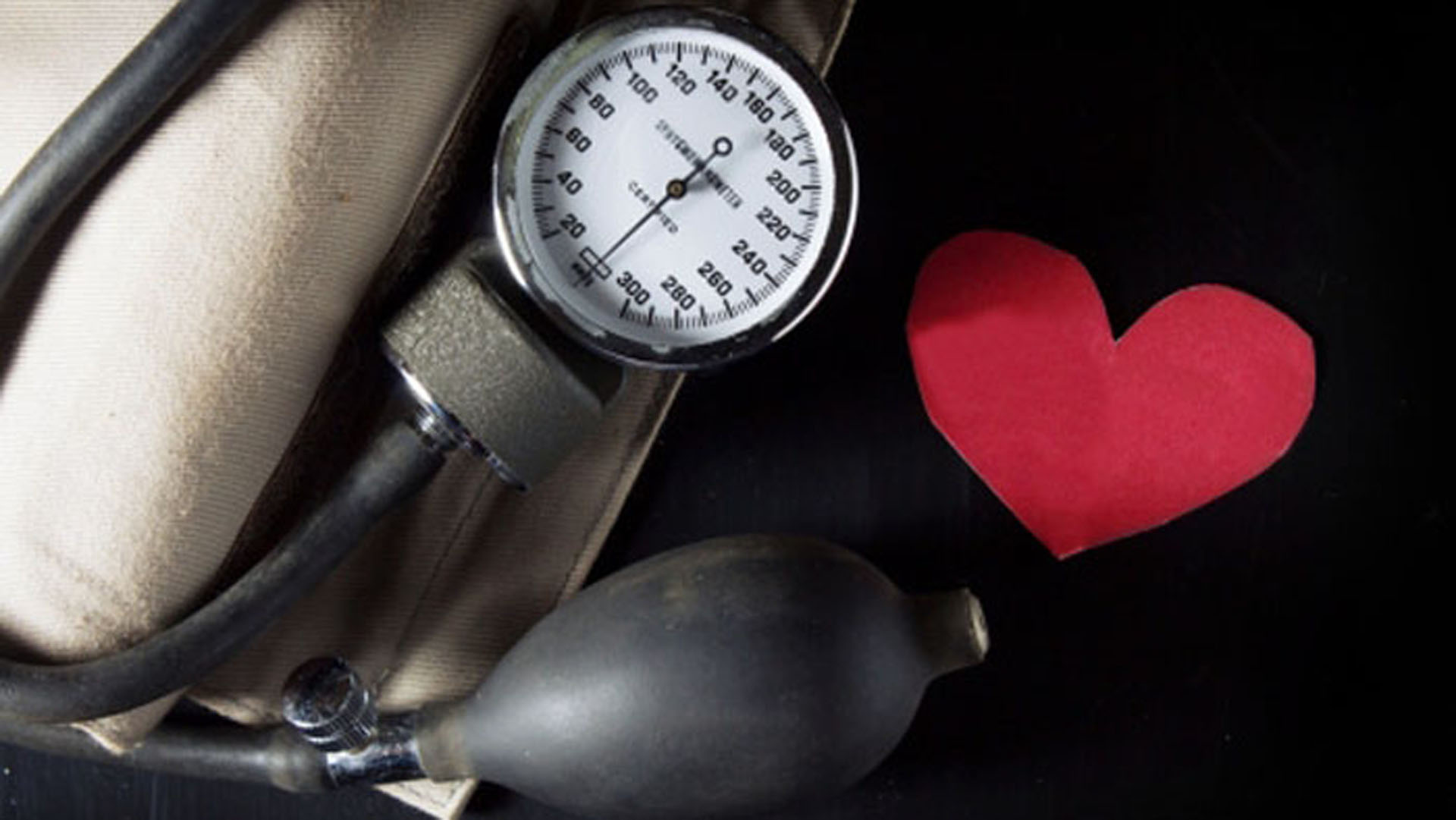







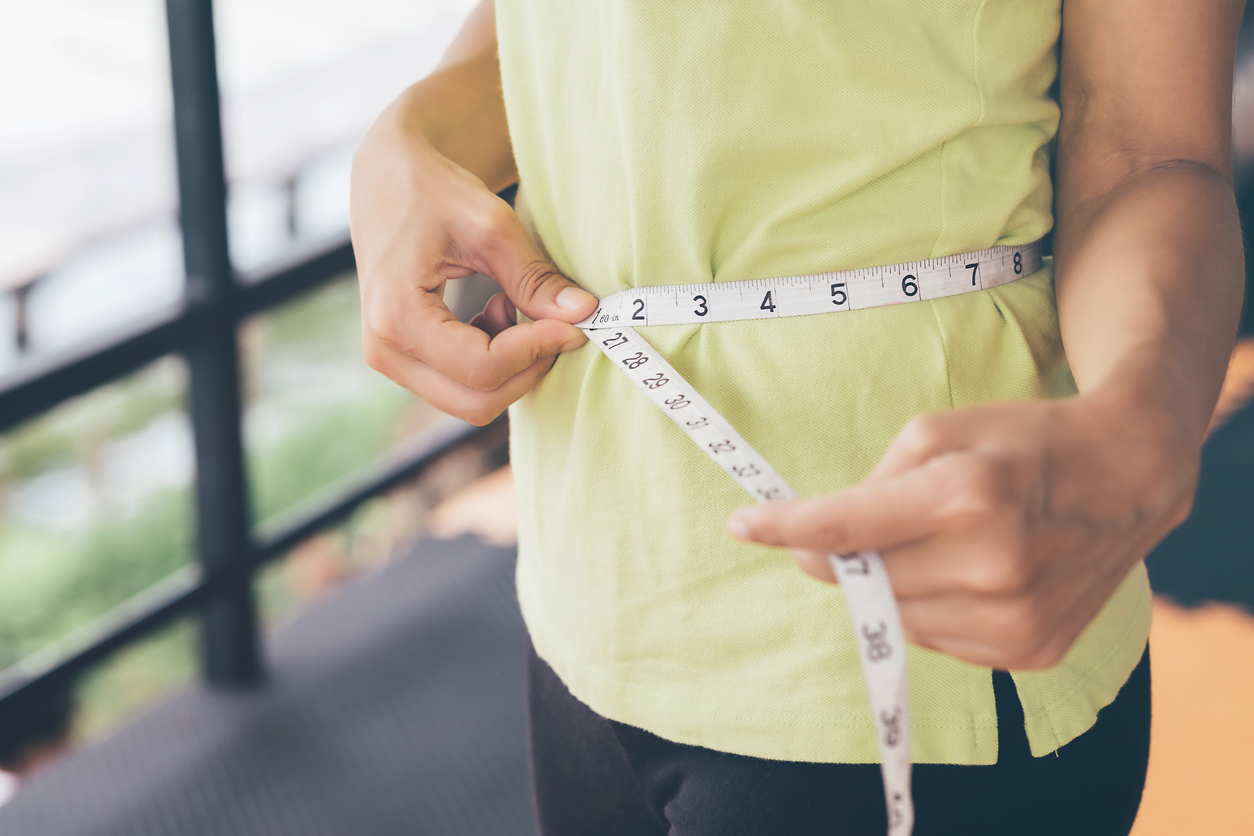


























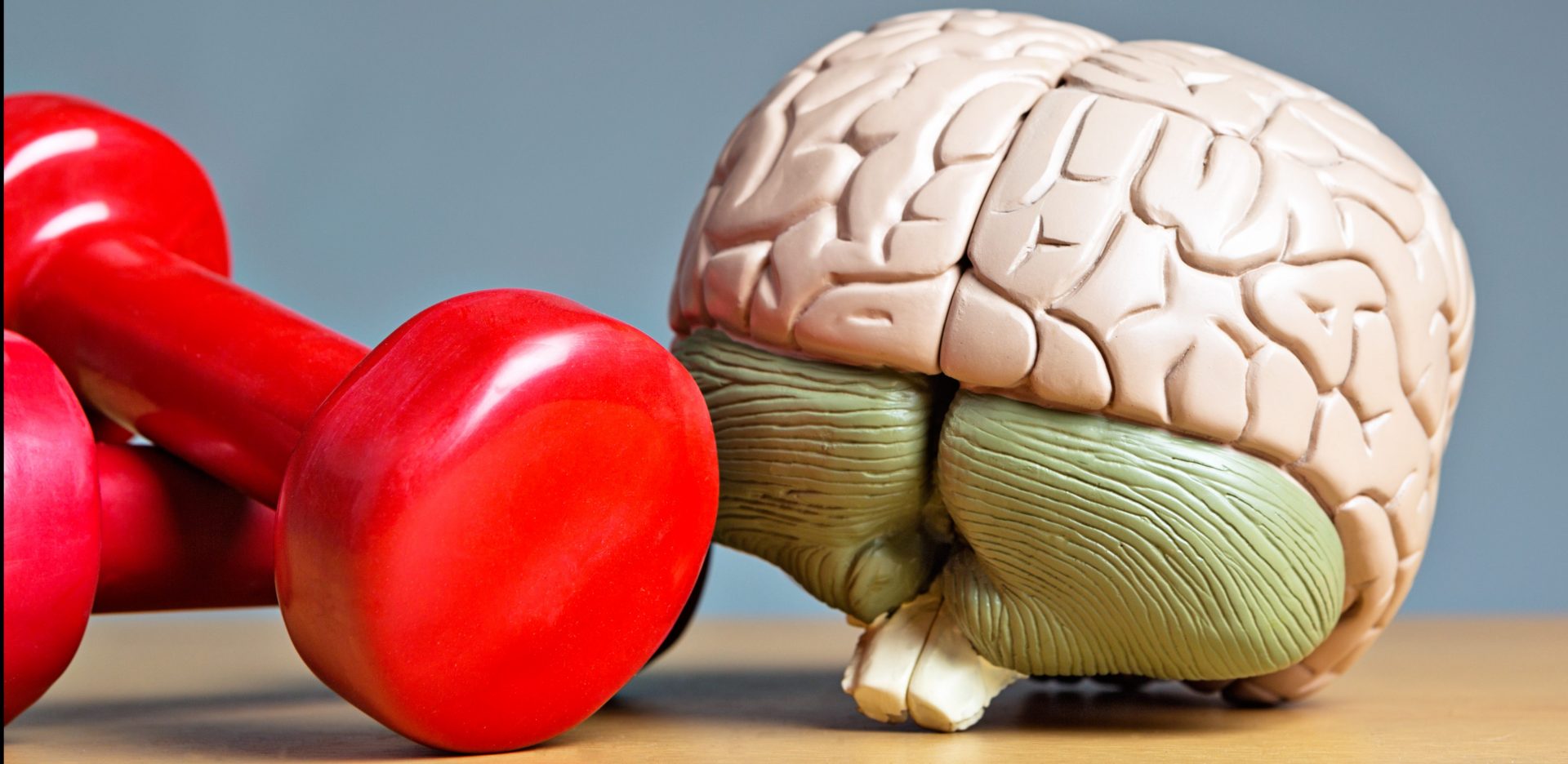










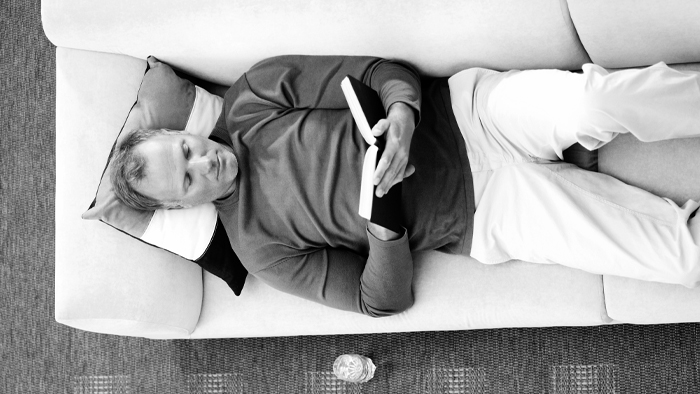



































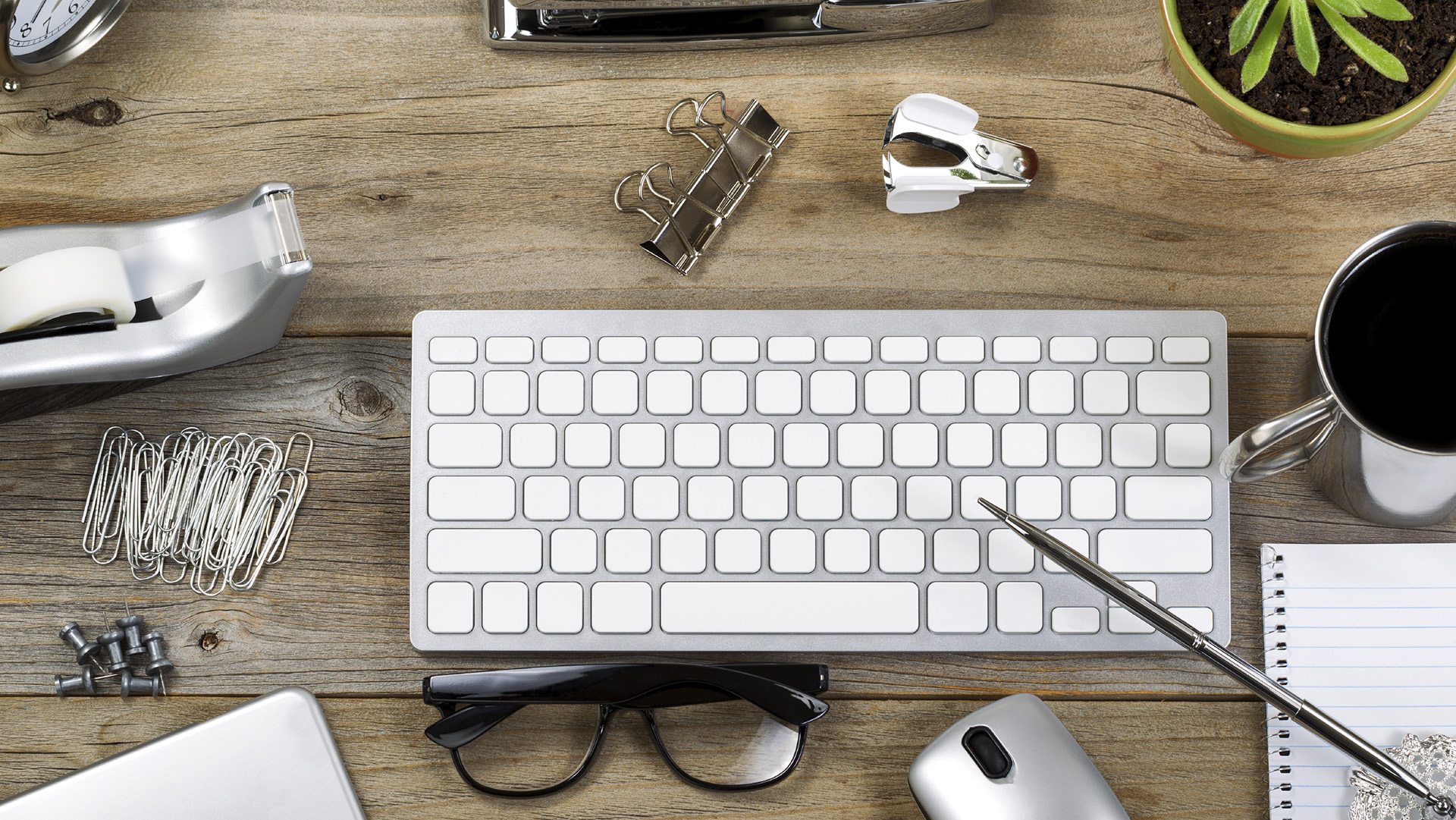











































































































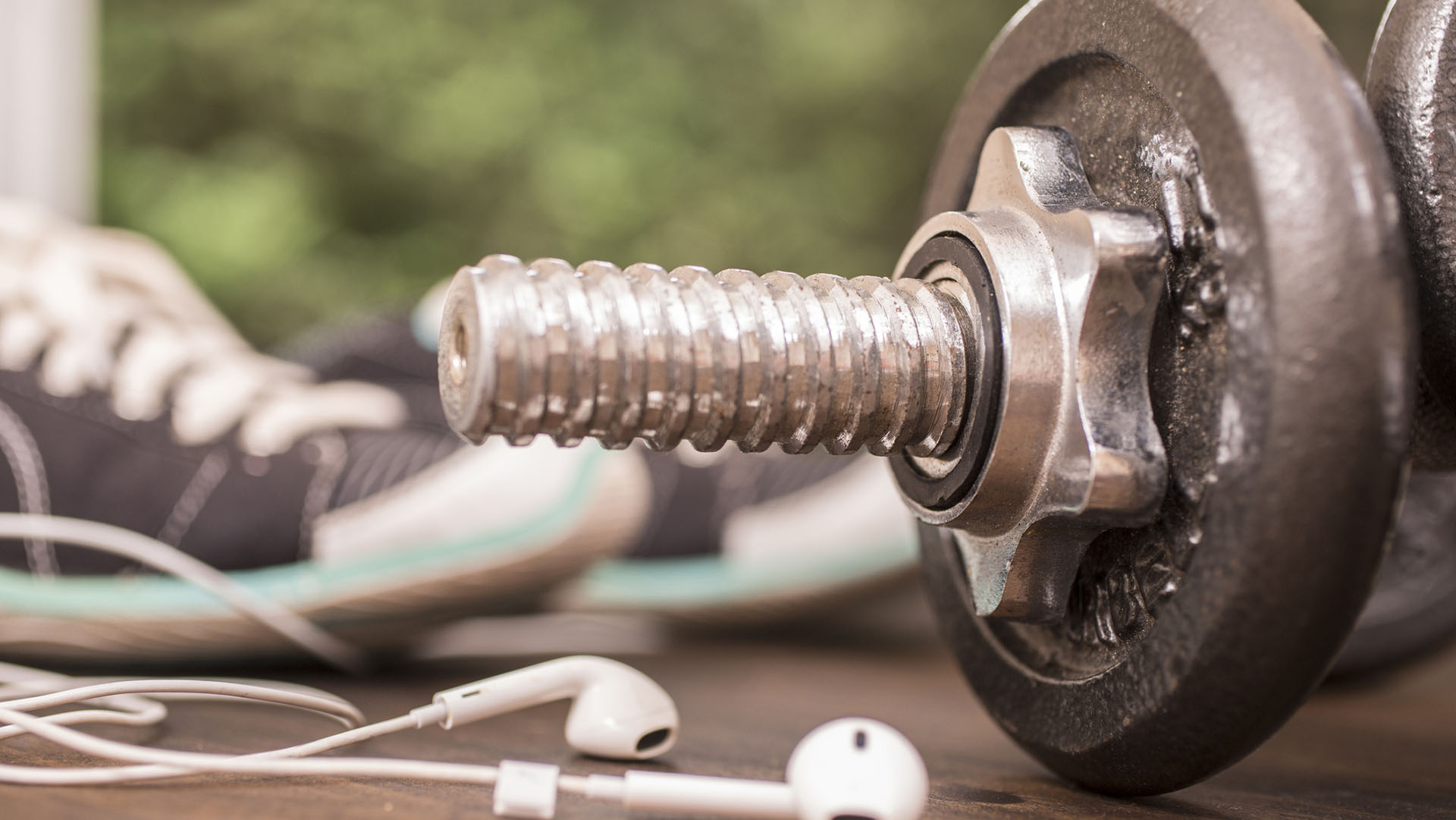

















































































.jpg)











































































































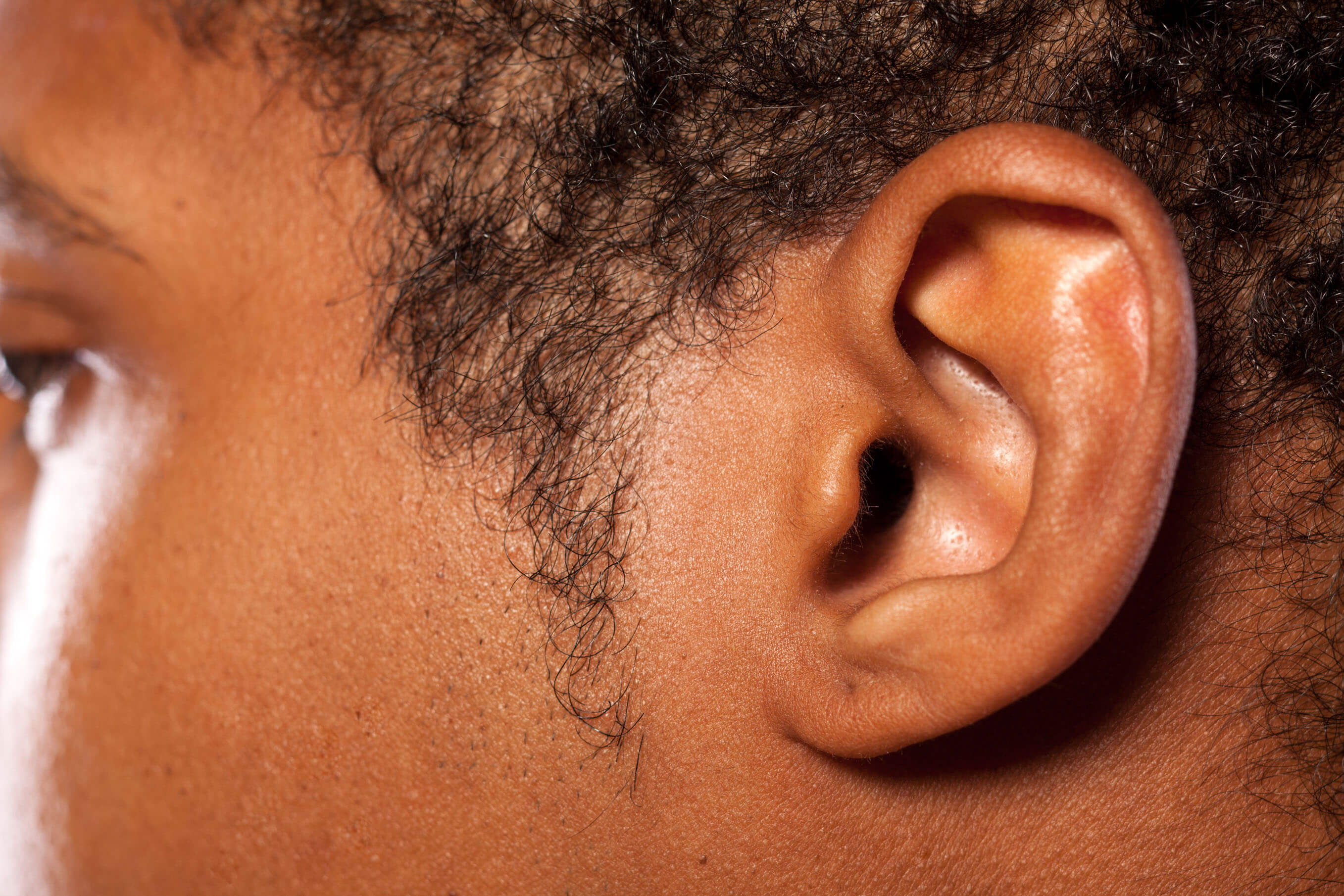


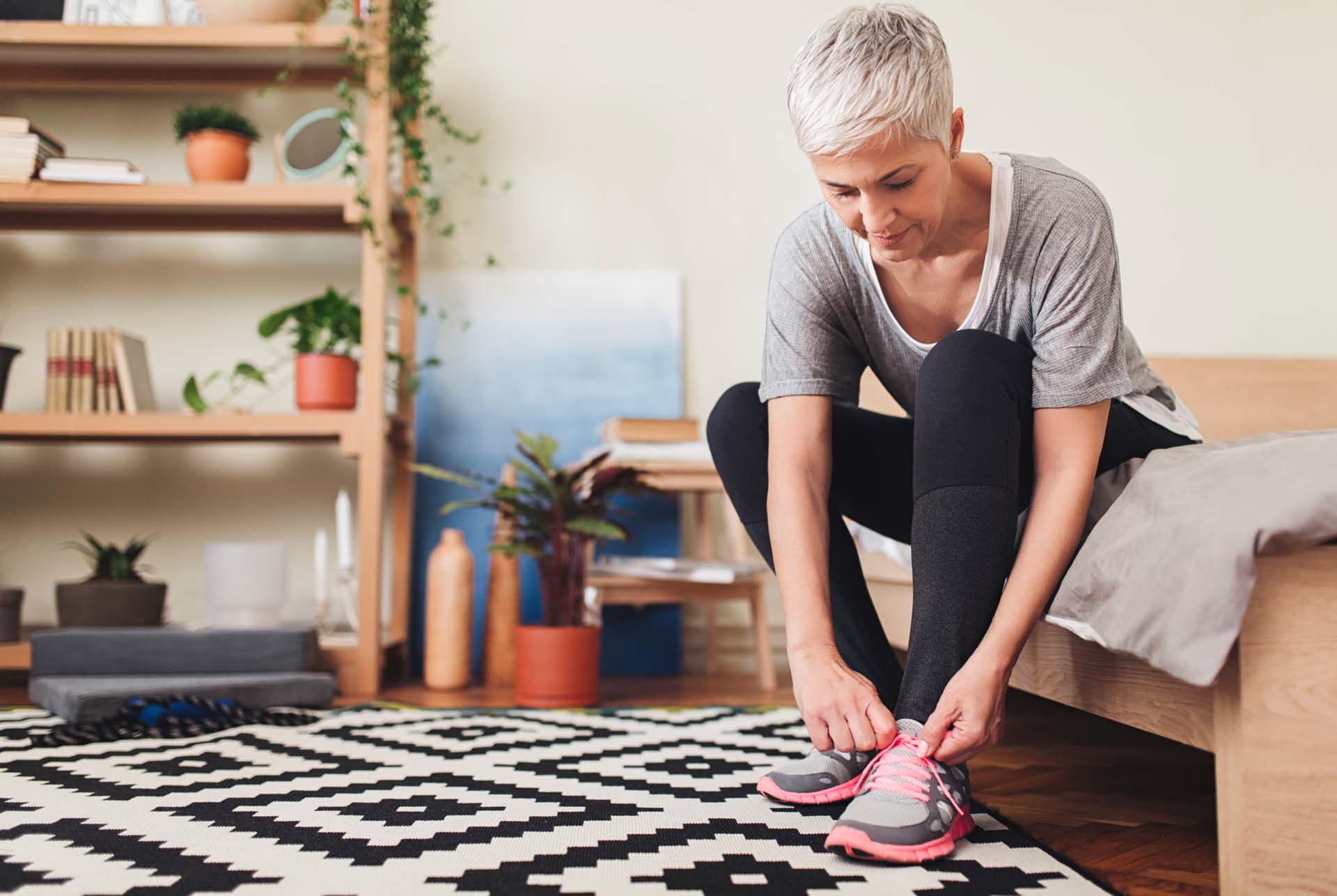











































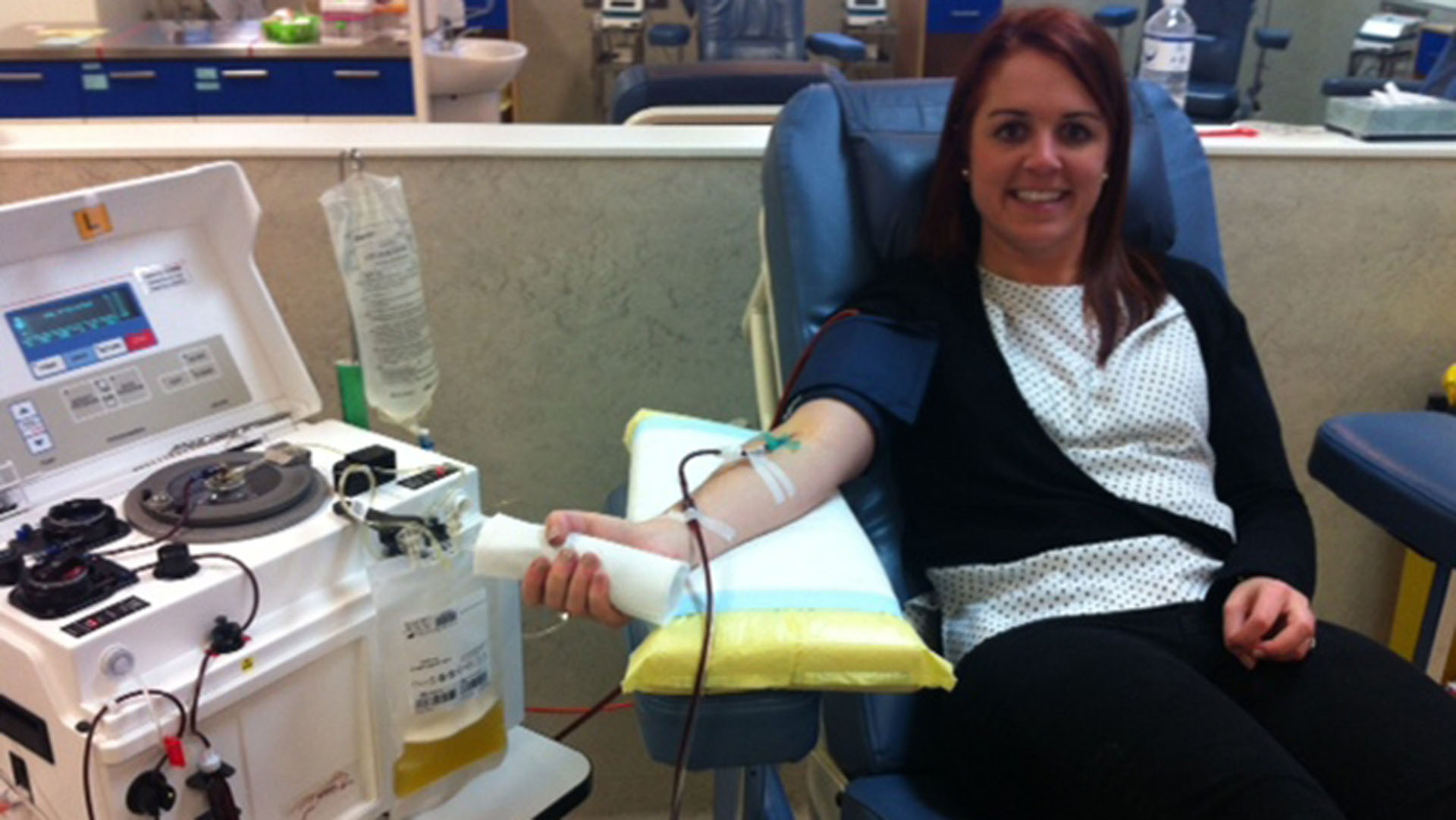


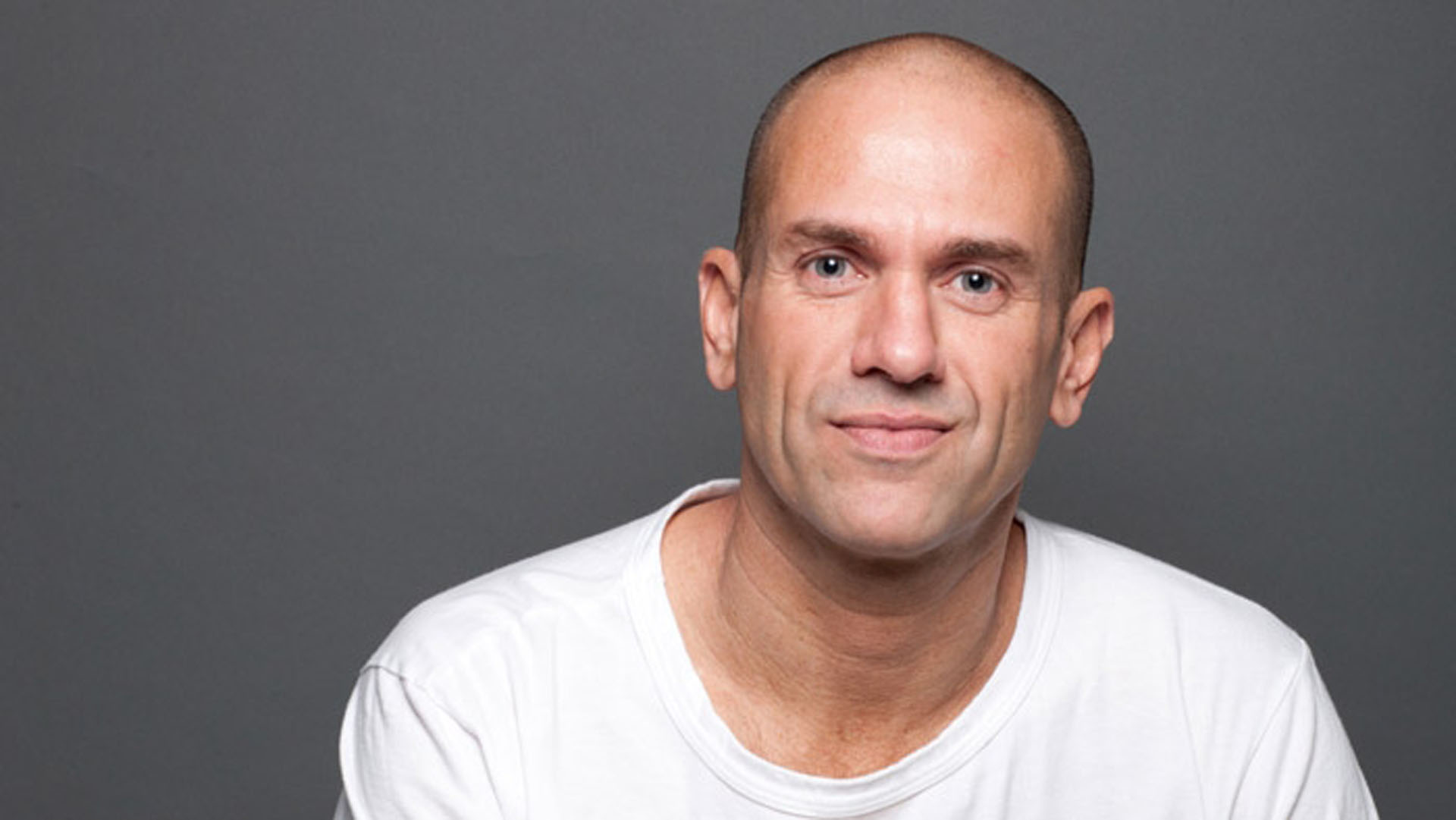















































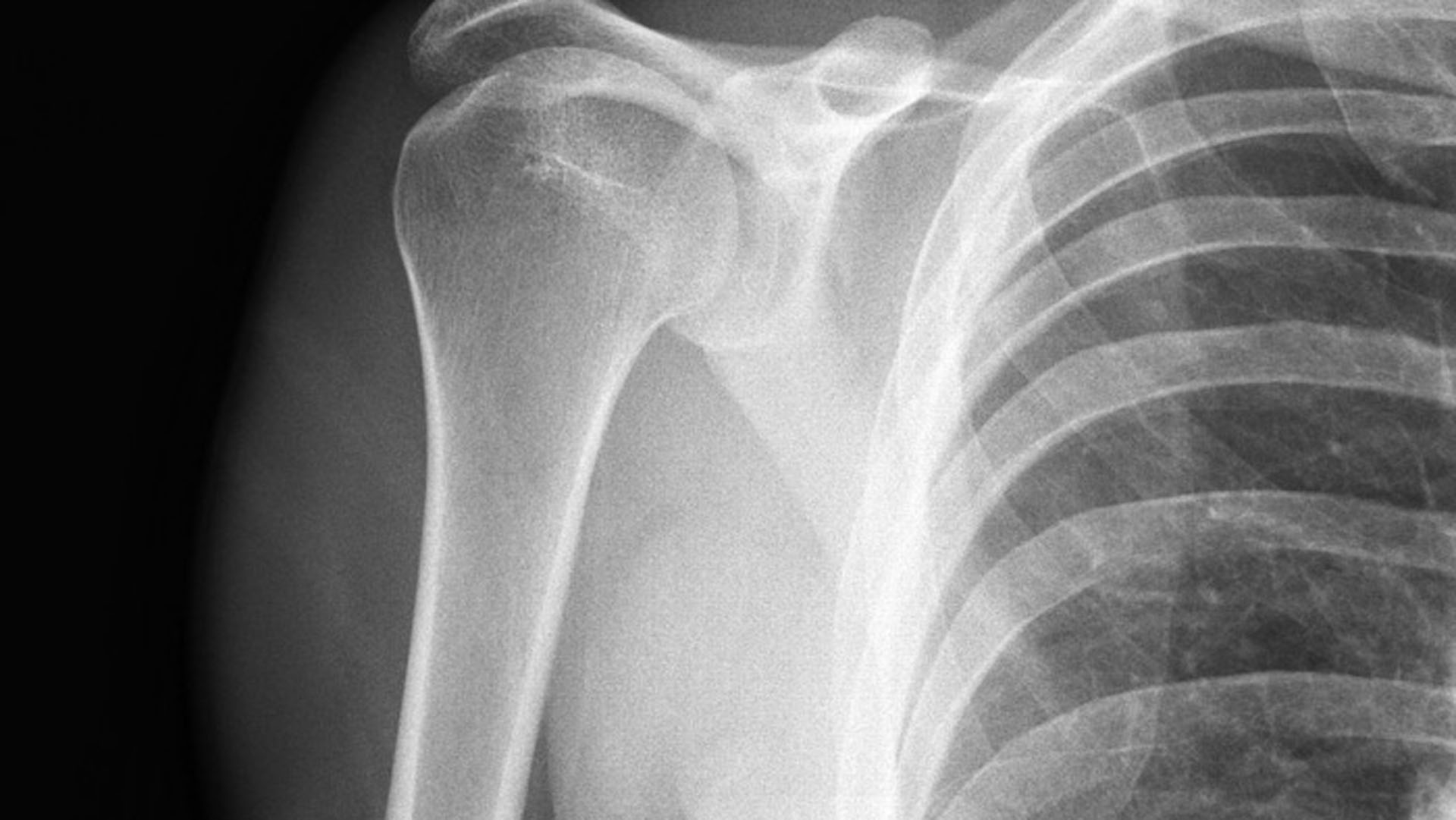



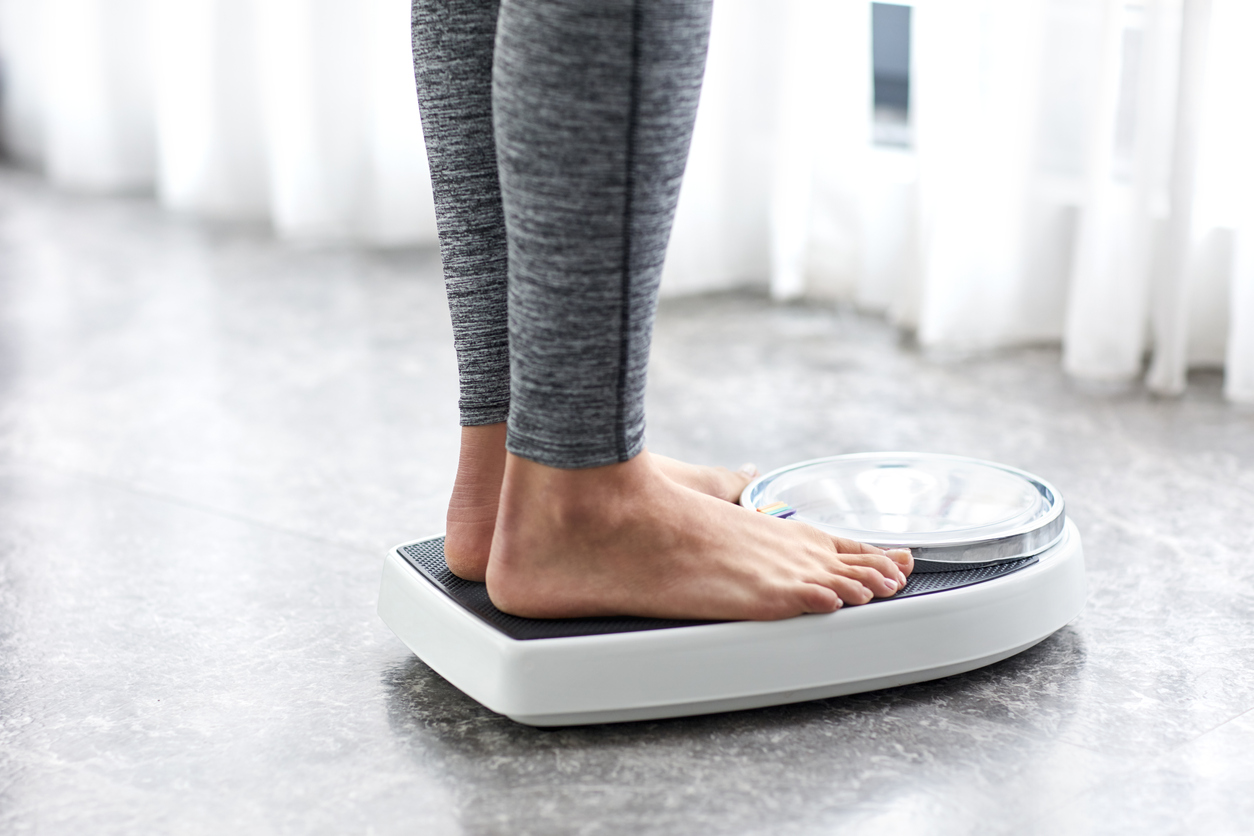




































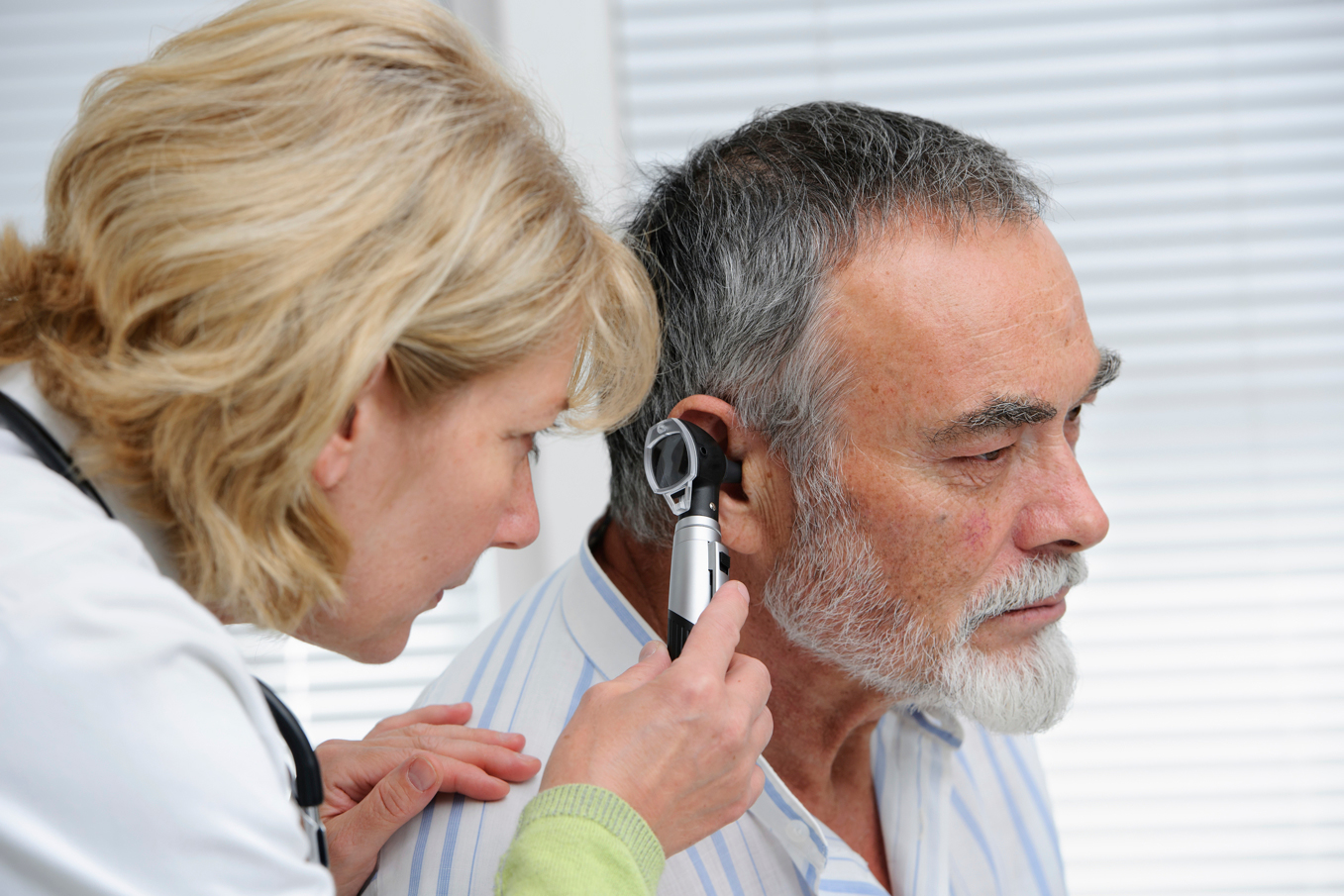

















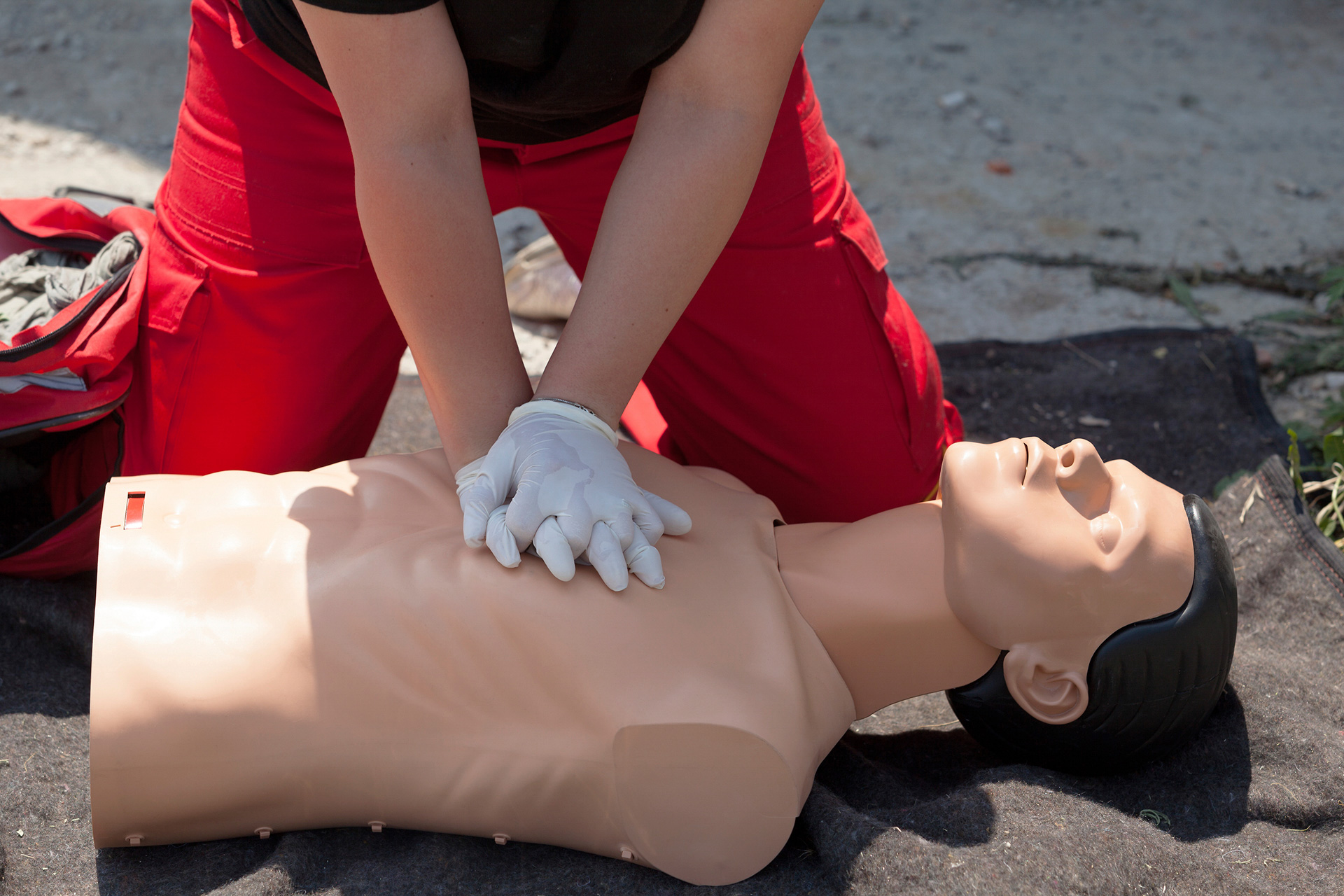

























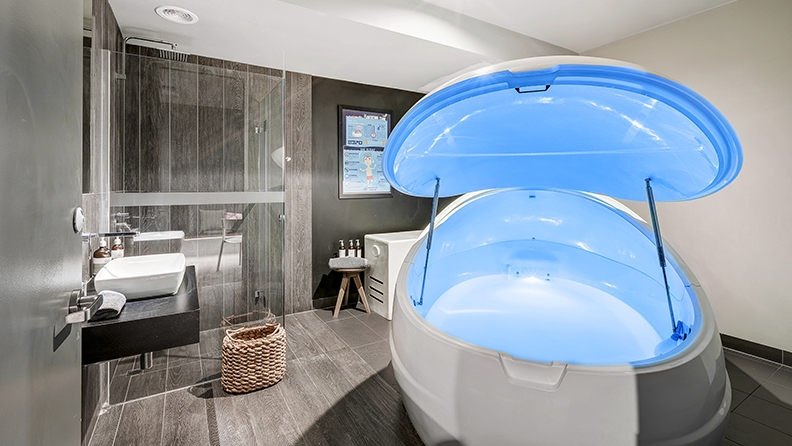
















































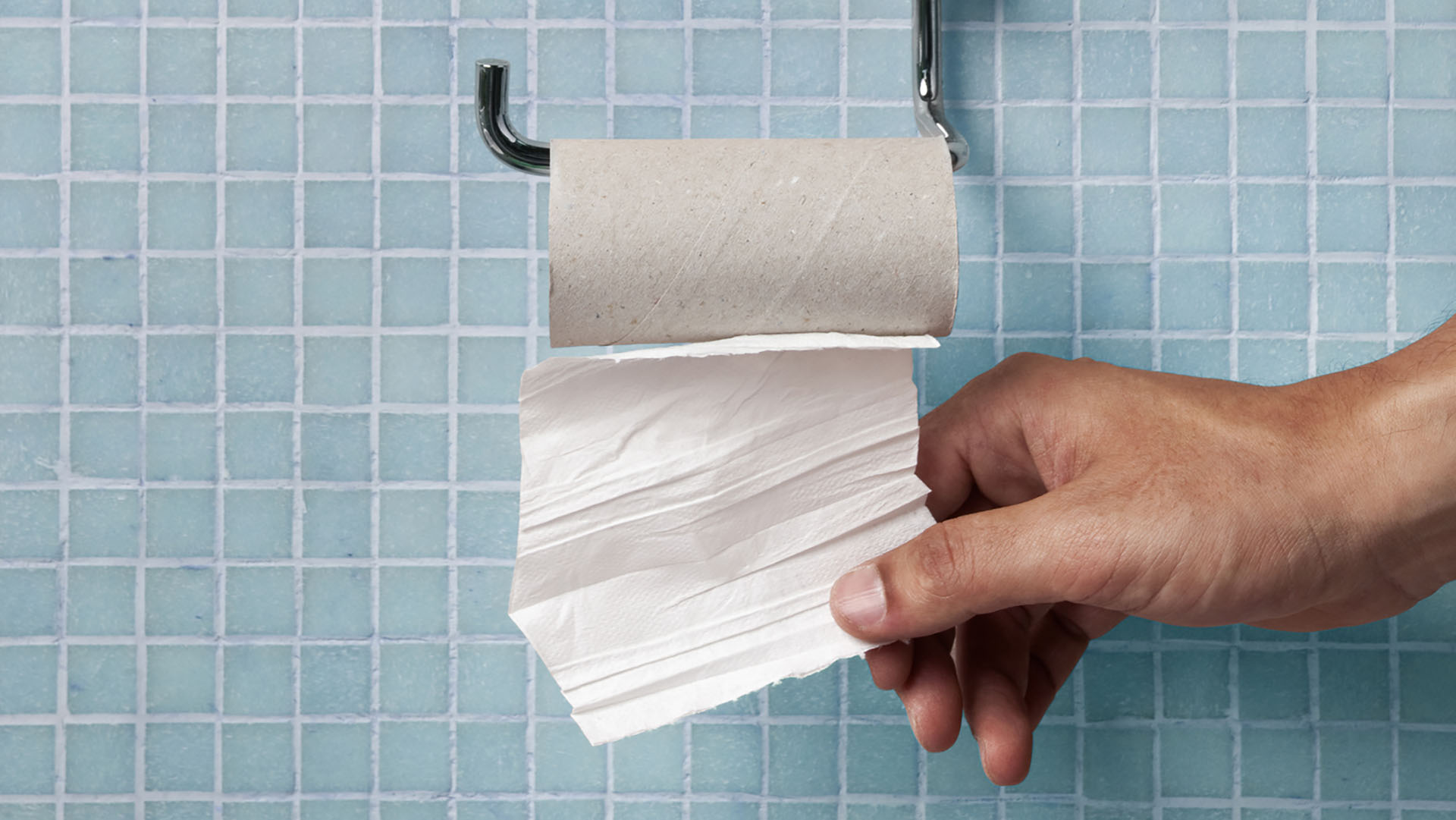





























































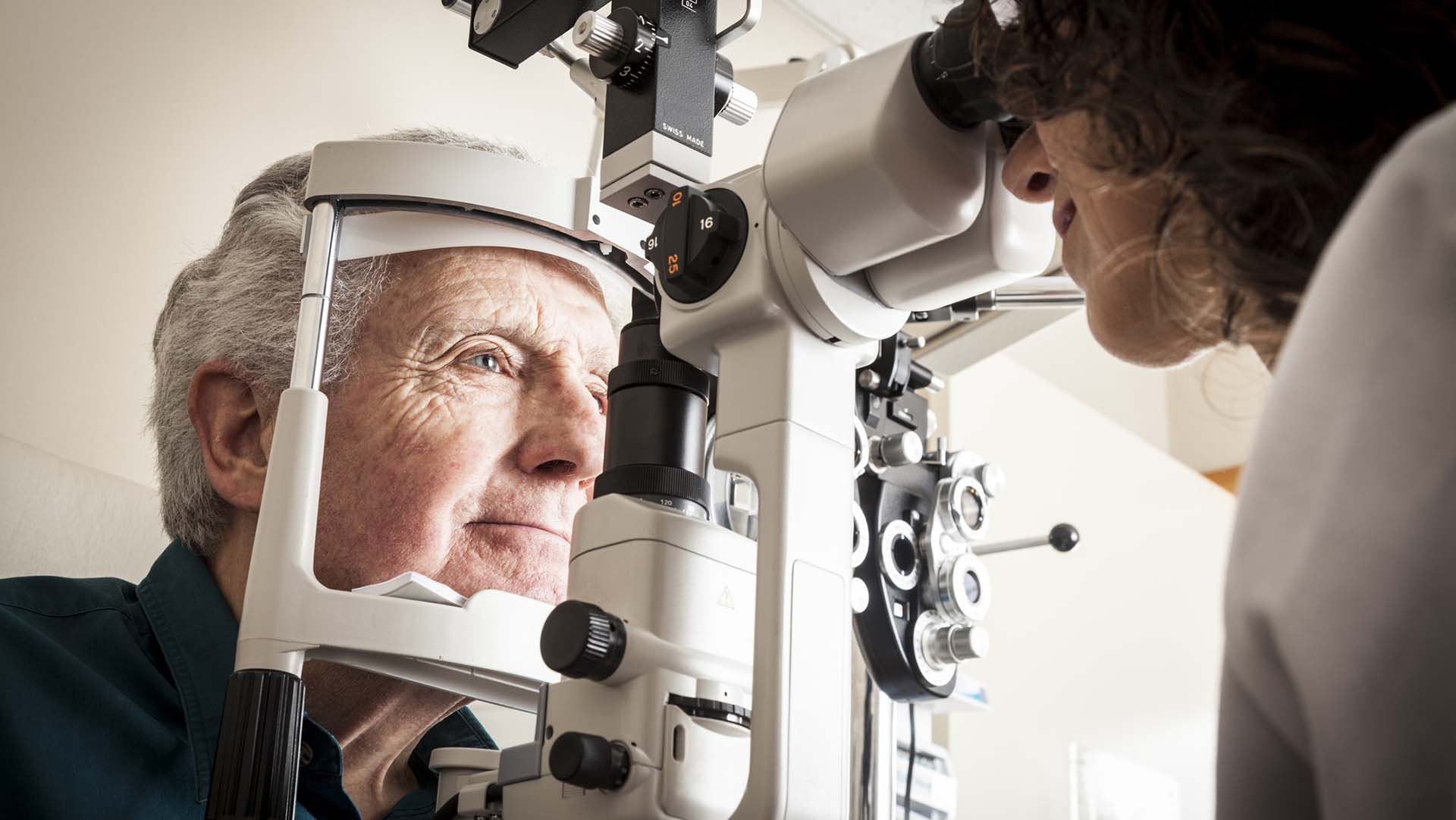




















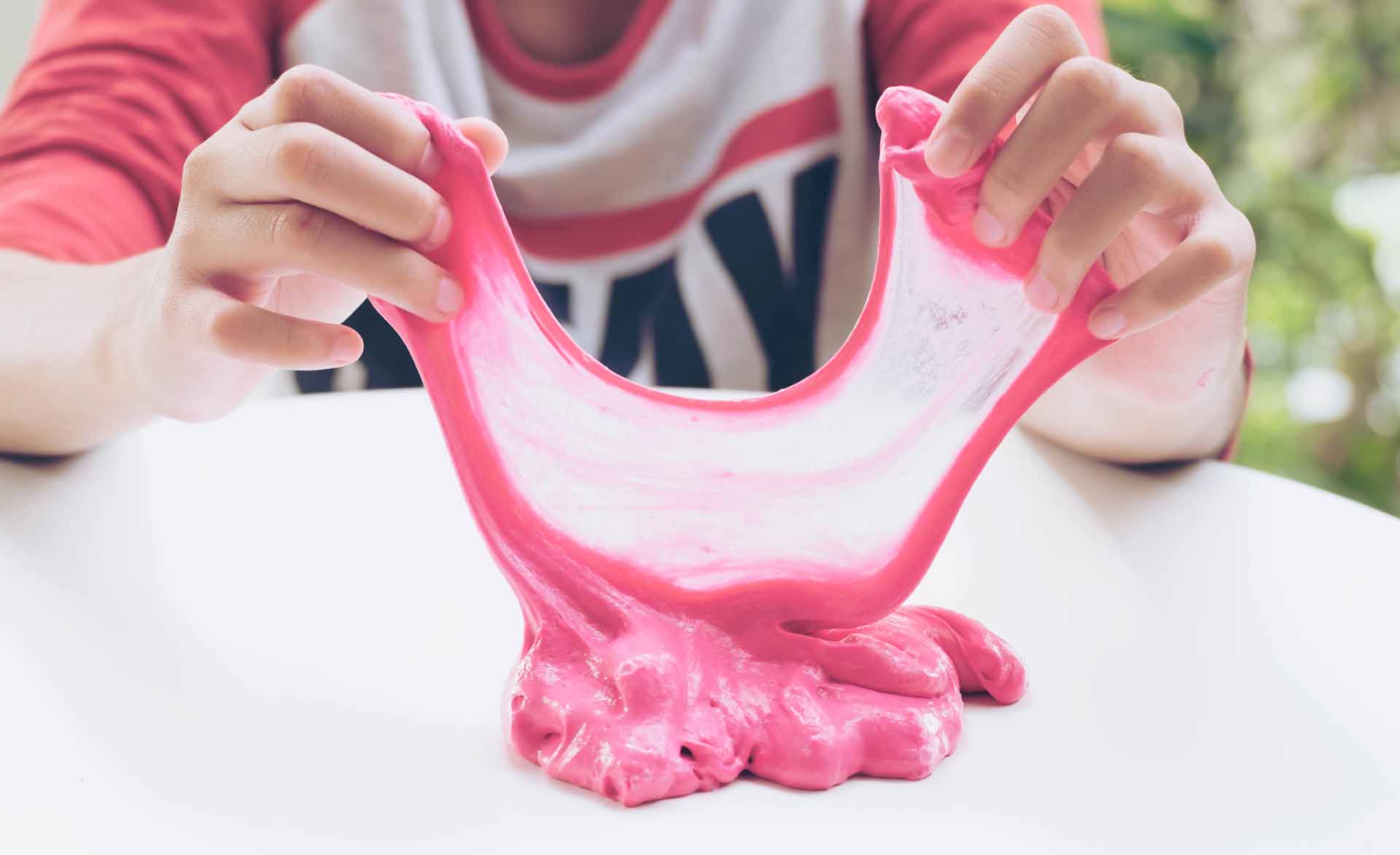




















































































































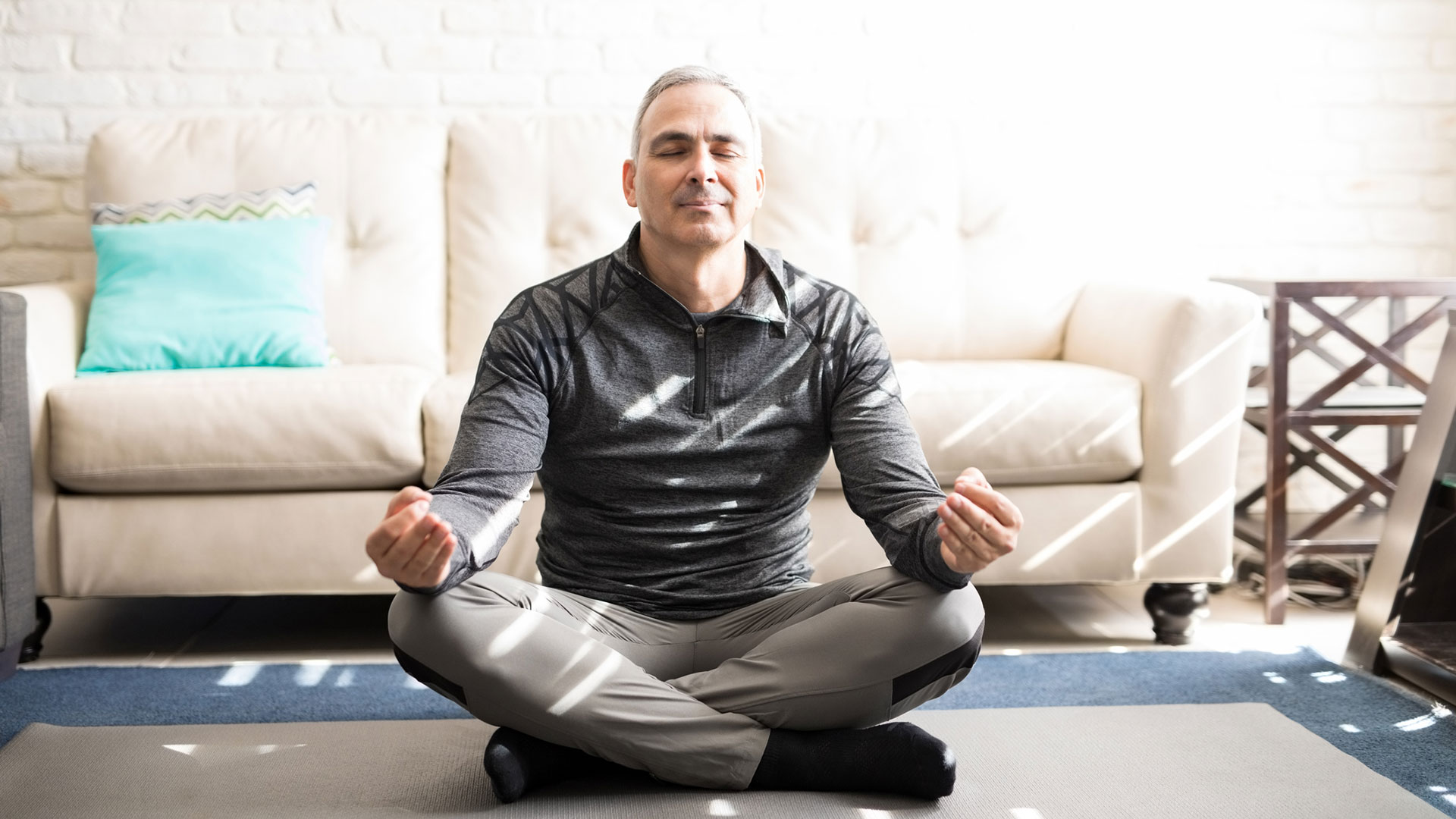






















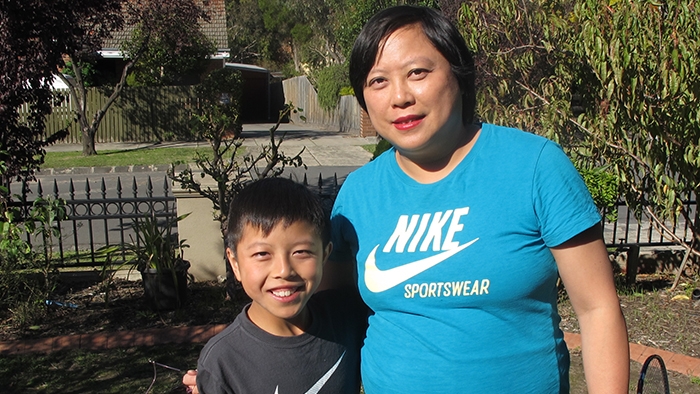




































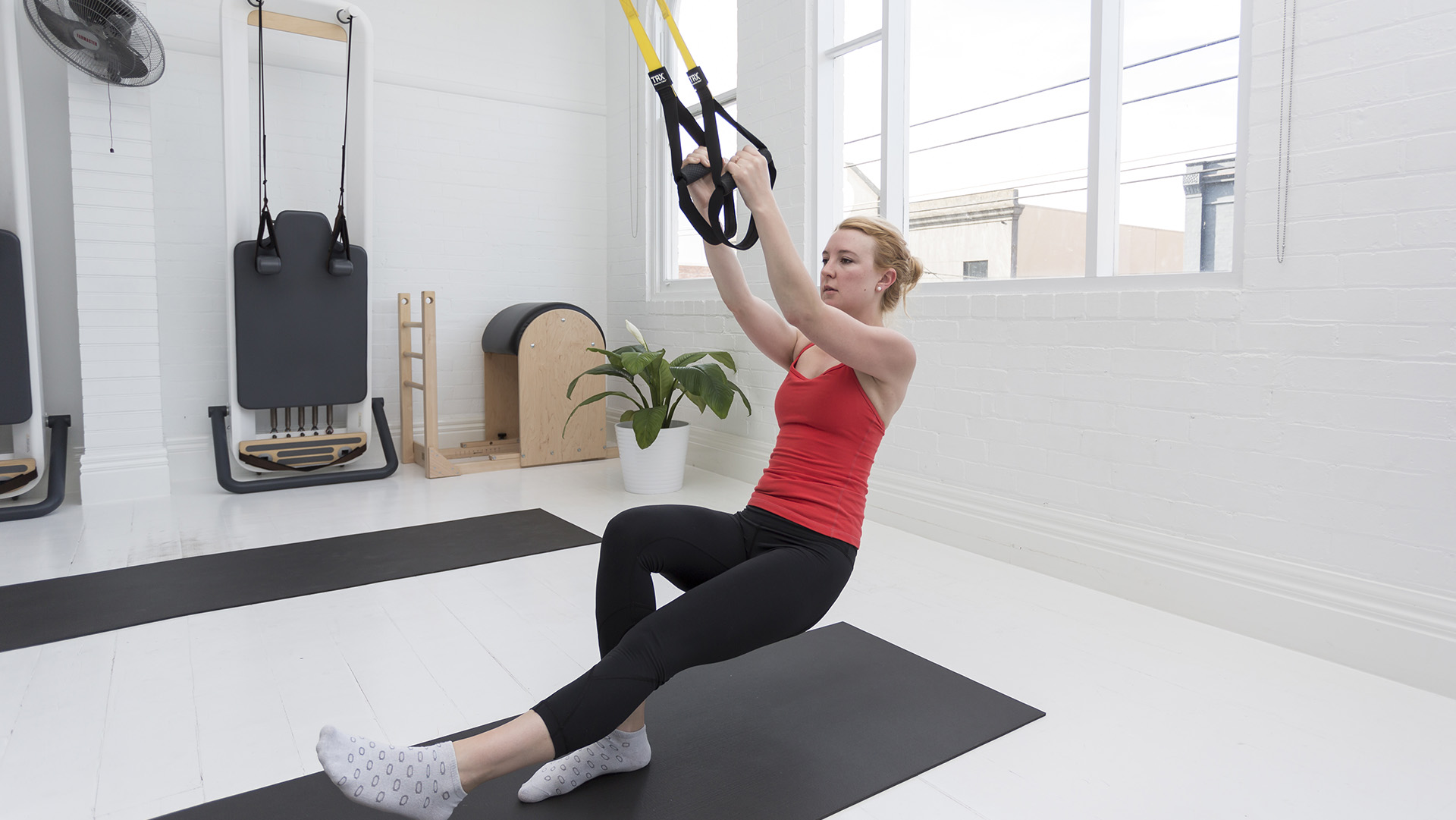



















































































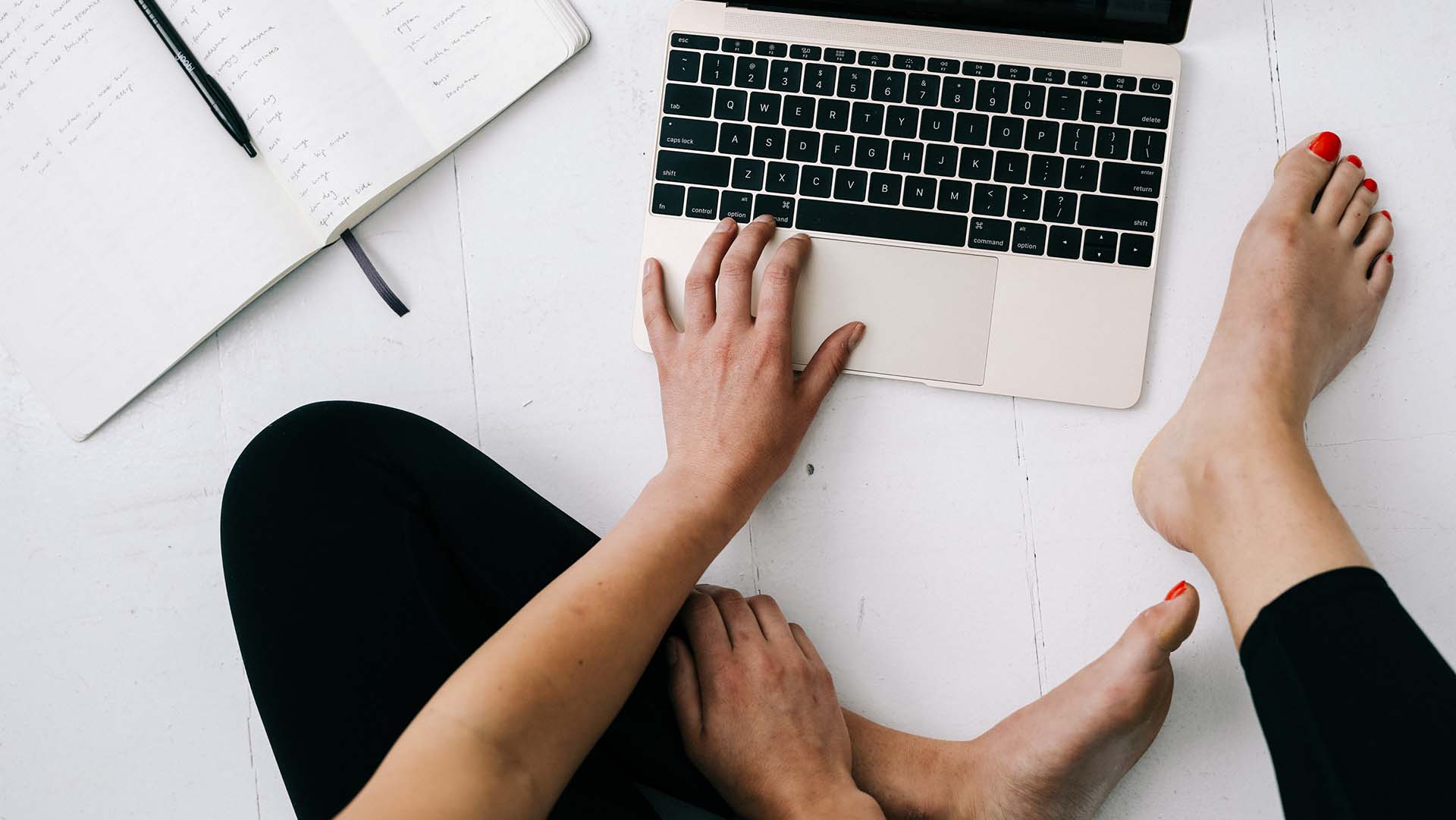













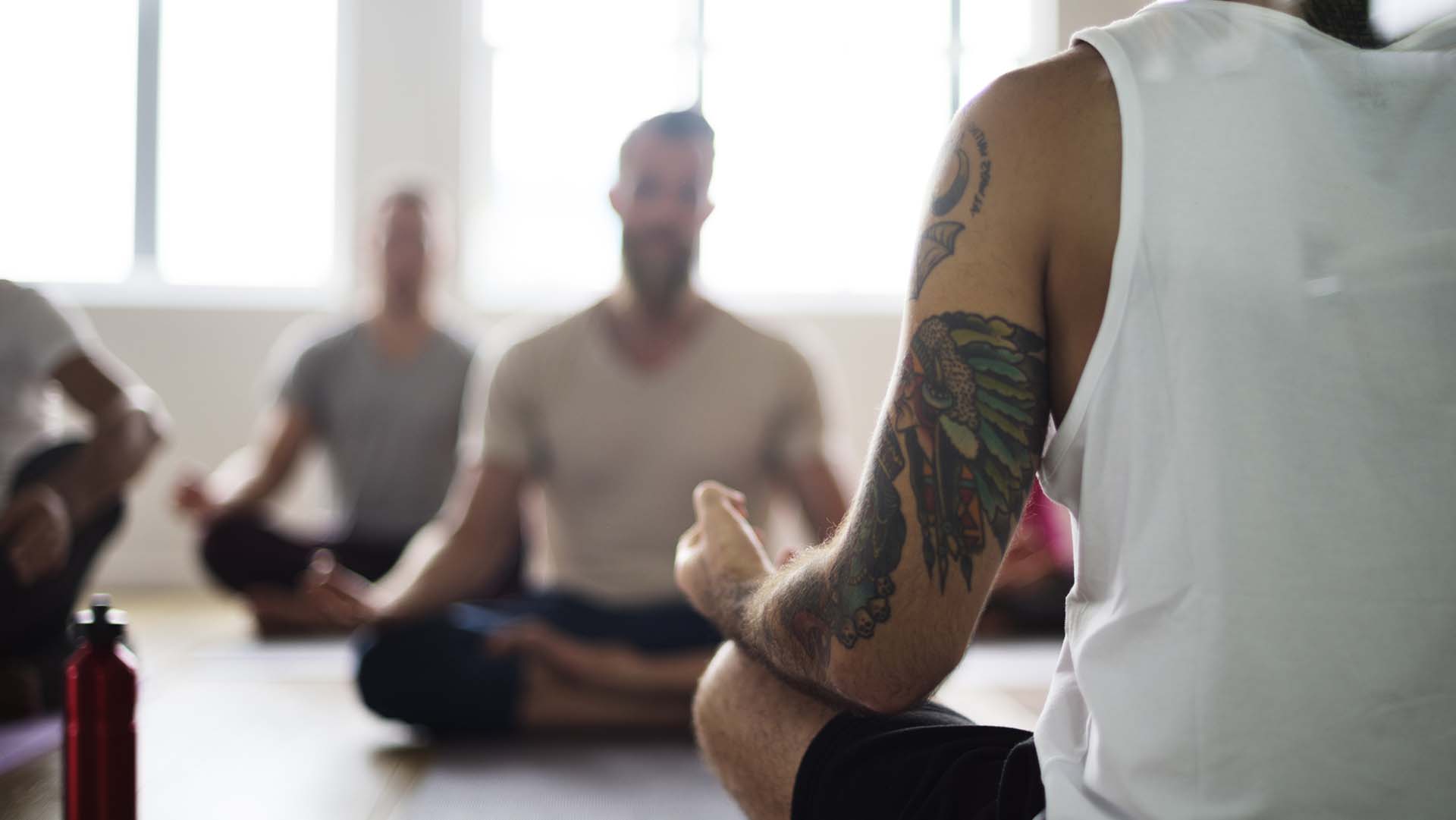













.jpg)




















